Table of Content
Oxalis Cave Expedition | Introduction
Phong Nha-Kẻ Bàng National Park boasts over 400 caves. If you've already taken the time to visit Phong Nha and seen the must-visit tourist spots of the national park, and if time and physical fitness permit, it's highly recommended to participate in a cave exploration trip for a professional deep dive into Phong Nha. The most well-known cave exploration trip is offered by Oxalis. They are guided by British exploration teams, and their itineraries vary in difficulty and cost, ranging from simple day trips to multi-day cave camping. Interested readers can visit their official website for reference. The multi-day cave exploration trips include activities such as abseiling, swimming, traversing extremely narrow caves, and climbing, among others. The website details the available itineraries, required time, and the physical challenges that will be encountered during each trip. Customer service is thorough and will attentively answer any questions, allowing you to feel their seriousness and professionalism throughout the planning and execution of the trip.
The most famous cave exploration activity, and also the biggest attraction in the Phong Nha region, is the world's largest cave, Son Doong, exclusively offered by Oxalis. However, the Son Doong expedition is more challenging, requires the most team resources, and takes four days and three nights to complete. The availability is quite limited, and the price is the highest, costing several thousand dollars, so in reality, not many tourists can participate. Initially, we considered joining the popular but less difficult world's third-largest cave, Hang En, which requires two days and one night. Later, since we were visiting Phong Nha in December and considering the limited time and colder weather unsuitable for swimming, we finally decided to split our time into two one-day tours with Oxalis, the easier Tu Lan Family Experience and Hang Tien Cave Discovery. Even with just a day for each tour, the experiences thoroughly allowed us to embrace the spirit of exploration. Here, we share our experiences with these two expeditions.
Itinerary | Tu Lan Family Experience Tour
Our first activity was the one-day program of the Tu Lan Family Experience Tour. Early in the morning, Oxalis sent a car to pick us up from our hotel. Since we were the only group participating in the tour that day, the car went straight to the Oxalis office, turning it into a private tour. British scholars have been researching the cave systems in Phong Nha since 1990. These caves were formed by various rivers and are divided into four systems in total. Today, we were visiting the Rat cave in the Tu Lan system. The nearby Oxalis office is located in Tan Hoa Village, around 70 kilometers from the Phong Nha town center, taking over an hour by car. However, the journey was far from boring as the tour guide started introducing the day's activities during the drive. Our guide was a local who, despite being young, had a profound understanding of Phong Nha. He had been personally involved with the British research teams from a very young age, and it was clear that he had a deep love for Phong Nha, speaking endlessly and eagerly about Phong Nha and its caves, ready to answer any questions.
Upon reaching the office, right at the entrance, there's a gorgeous view of green mountains and clear waters. Oxalis has also built a rather beautiful lodge next to it. If you join a program that lasts more than three or four days, one night's rest will be at this place. After letting us rest for a bit in the lounge, the guide began the formal introduction of the itinerary and checked if our clothing was appropriate. If you don't have suitable clothing, Oxalis offers rentals. They provide boots for free, which we found didn't have strong traction. However, since it was raining that day and we didn't want to get our own shoes dirty, we chose to borrow them.
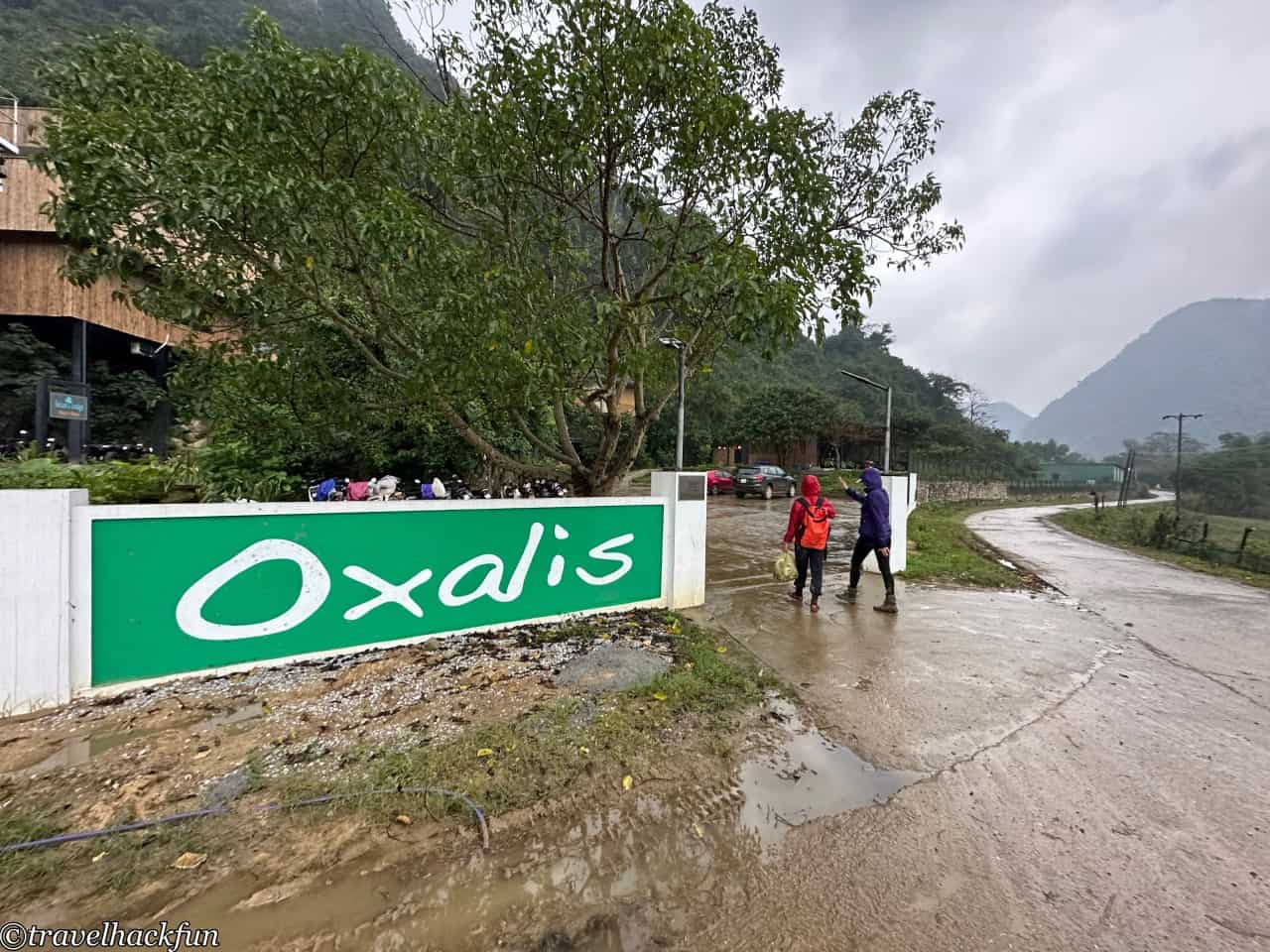
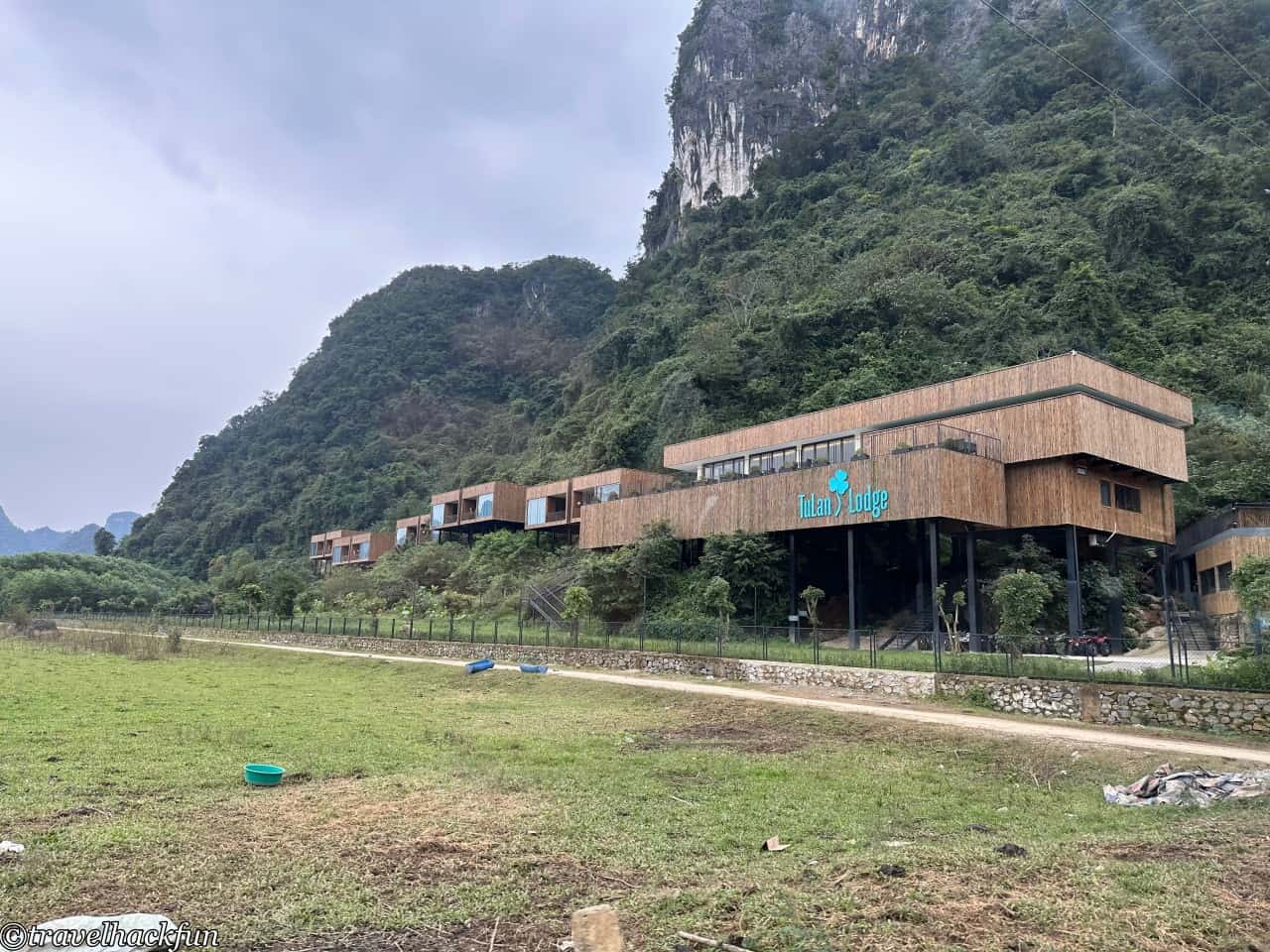

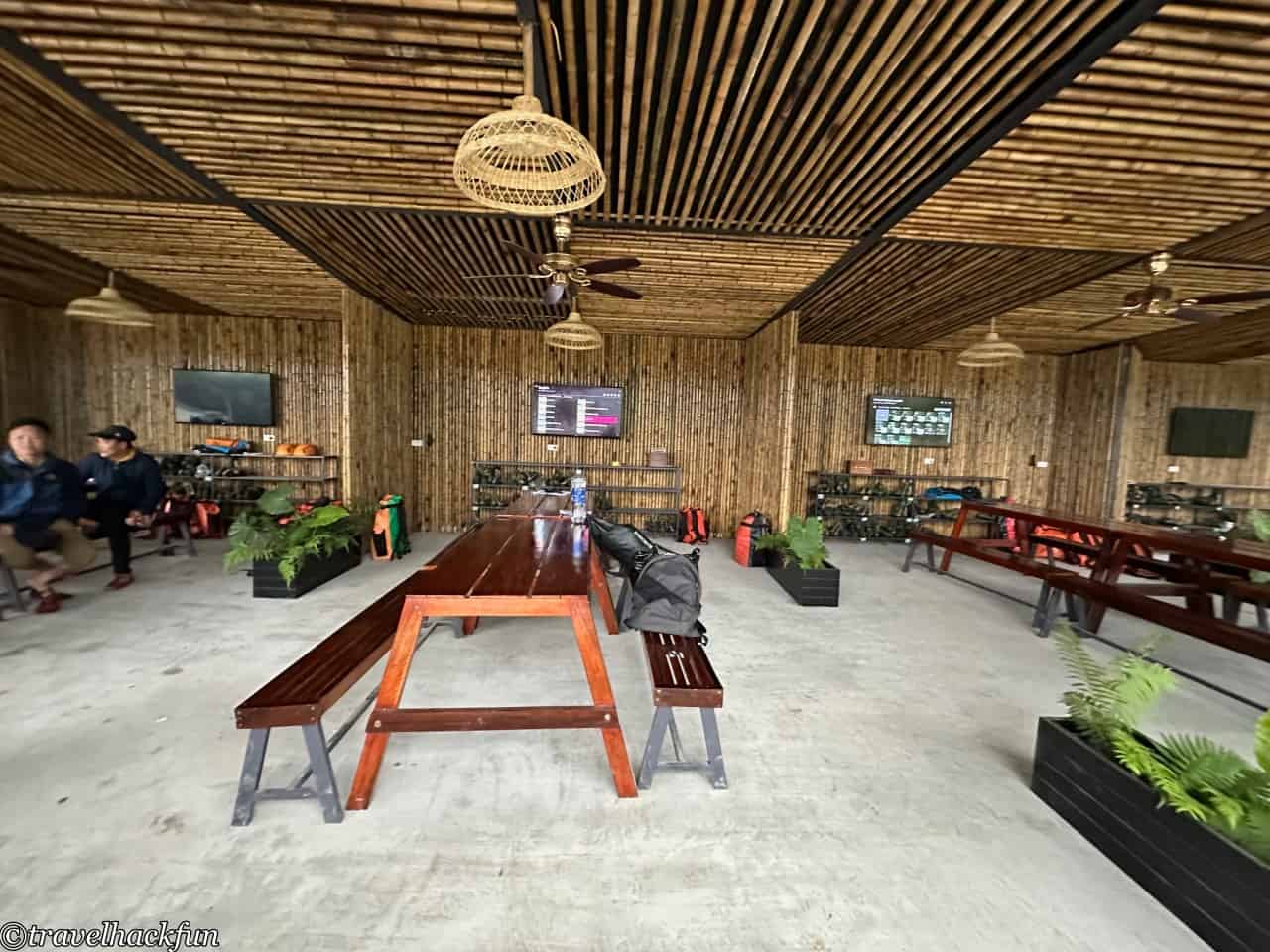
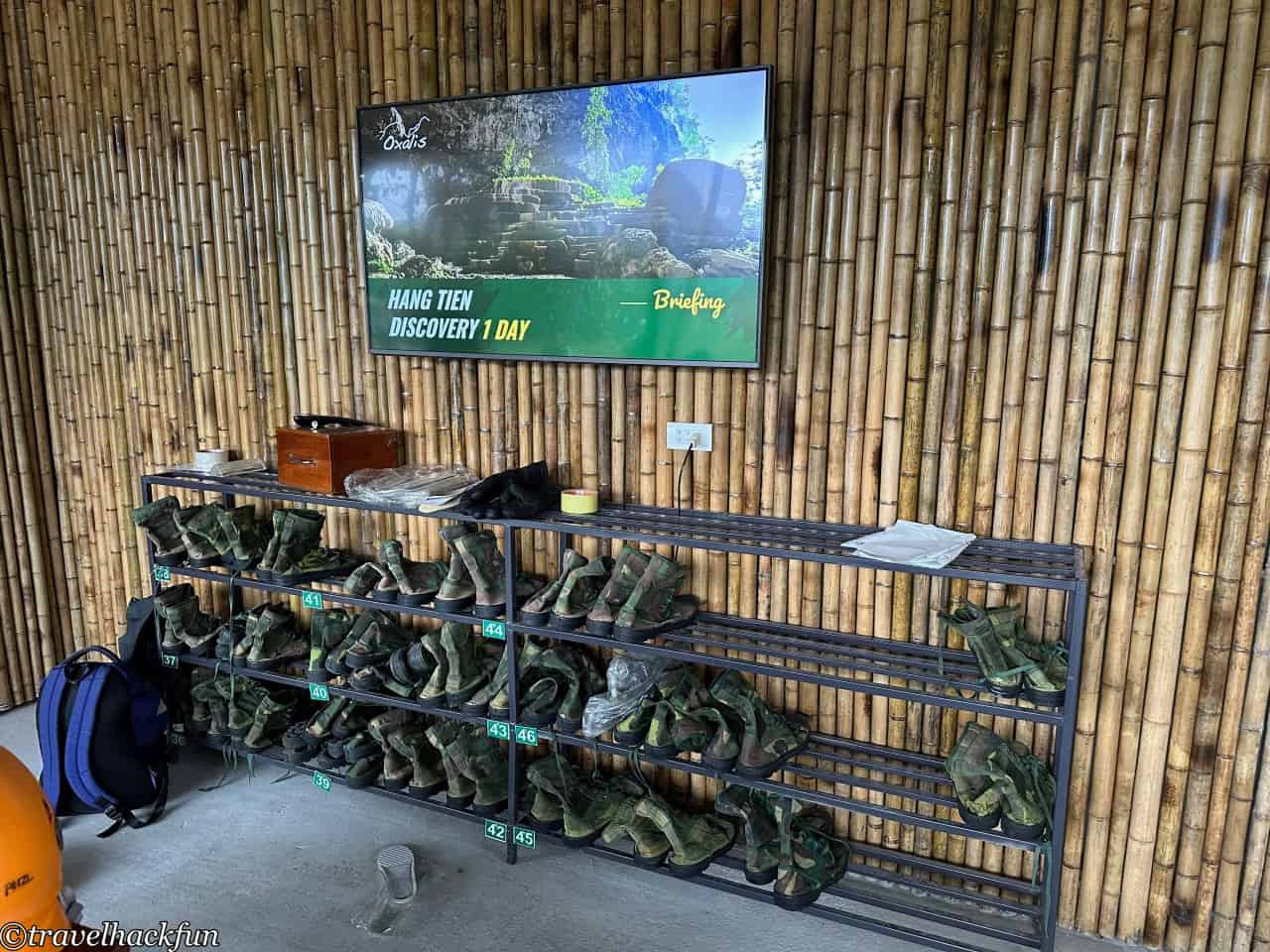
Then we set off. Today we are going to visit two caves. The itinerary starts with a 2.5km walk to the first cave in the morning, the small rat cave. Actually, this part of the trip is quite simple, mostly just walking. However, the preparation is not sloppy at all. Besides the guide, there is also a safety assistant. The assistant paid attention to our safety, which, as it turned out, we really needed.
The first stretch of the route is a tarred road, which locals jokingly call Hollywood, because this road was actually paved for the filming of the King Kong movie when the crew came here. The scenery along the way is beautiful, with the early part of the route surrounded by farmlands where cattle are grazed, and you can see many buffalo here. The guide mentioned that there are still numerous unexploded landmines left from the war on the ground. Amidst the green mountains and waters, occasionally, we would see fenced-off mine pits.

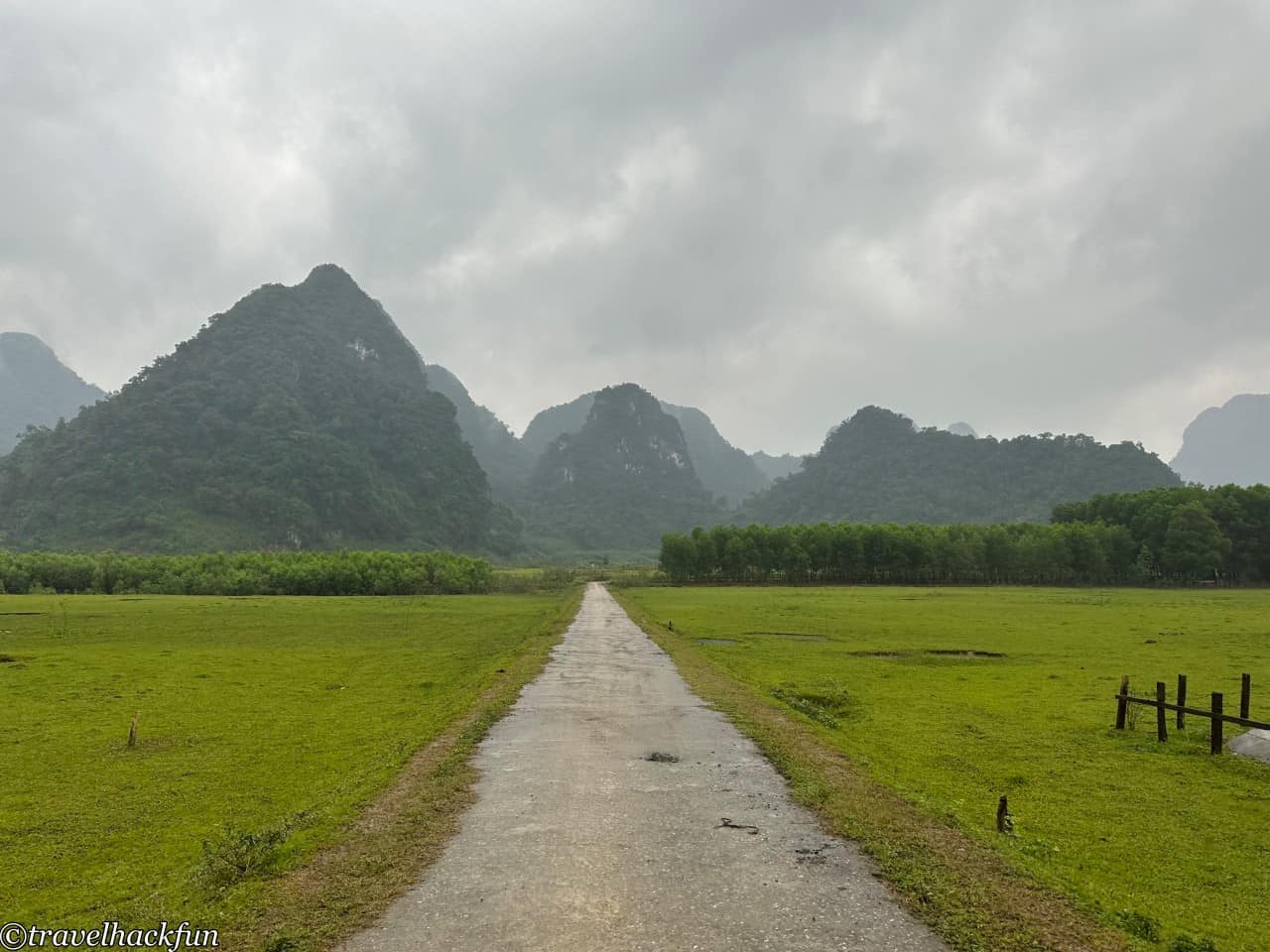
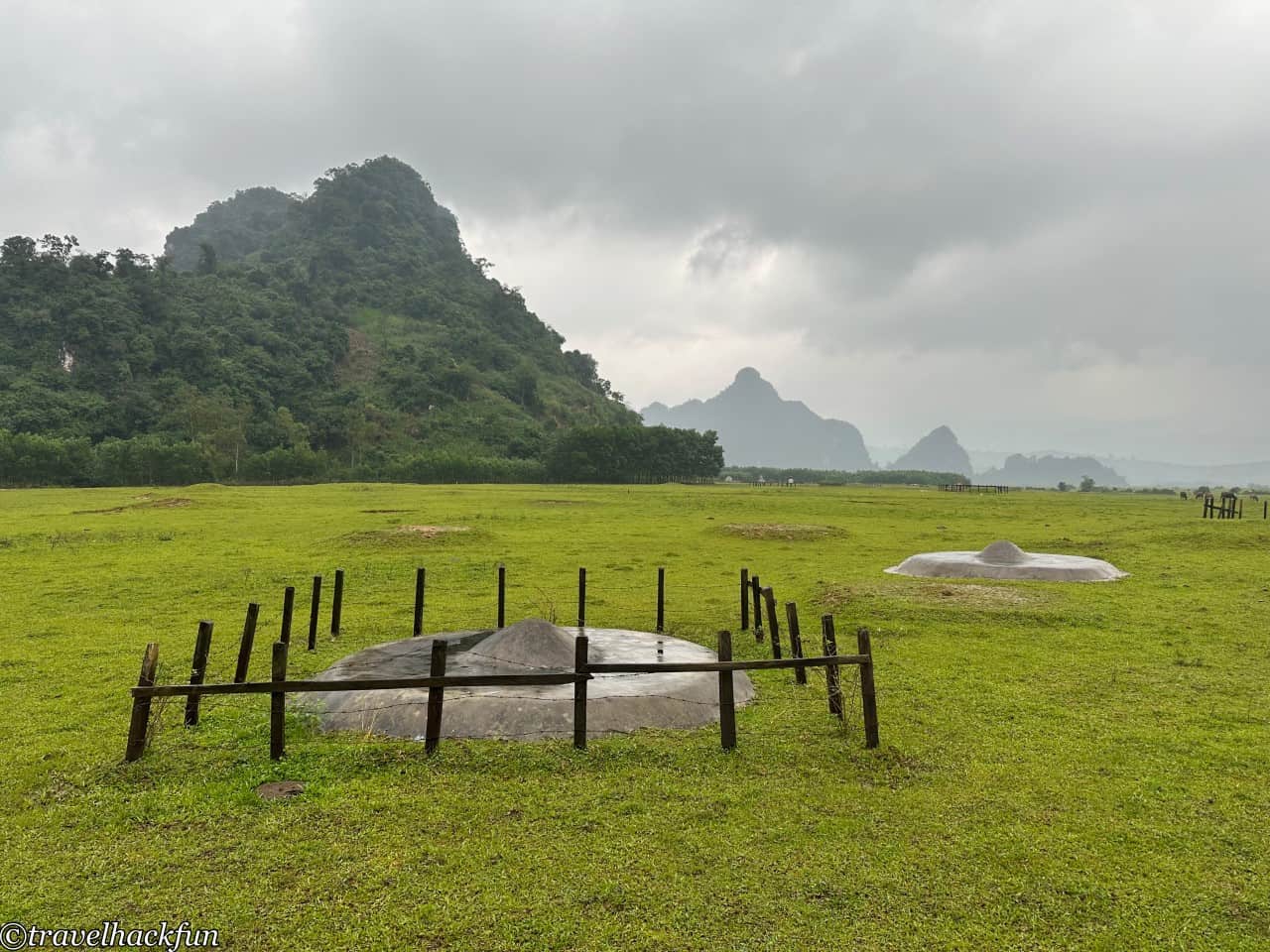
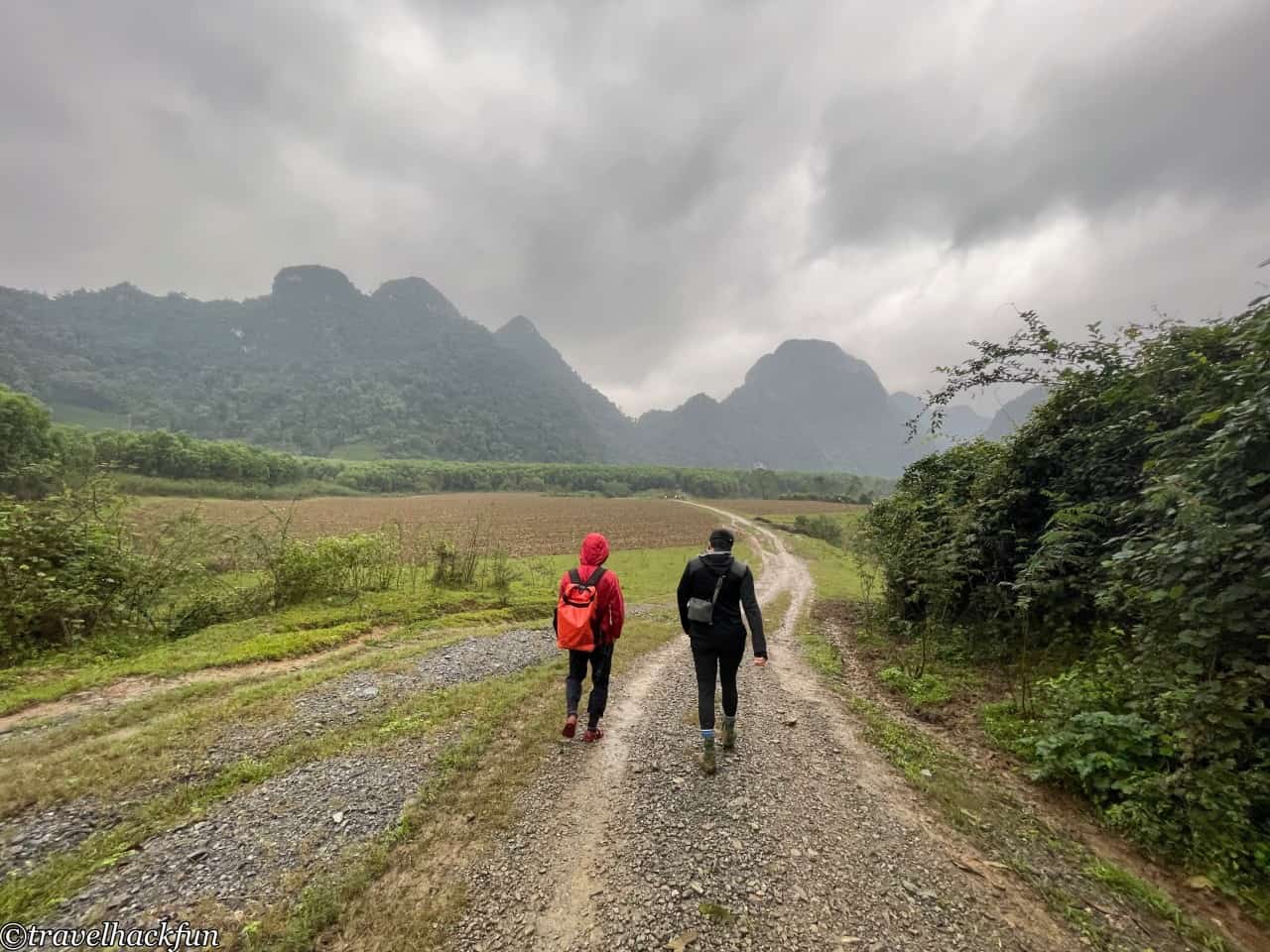
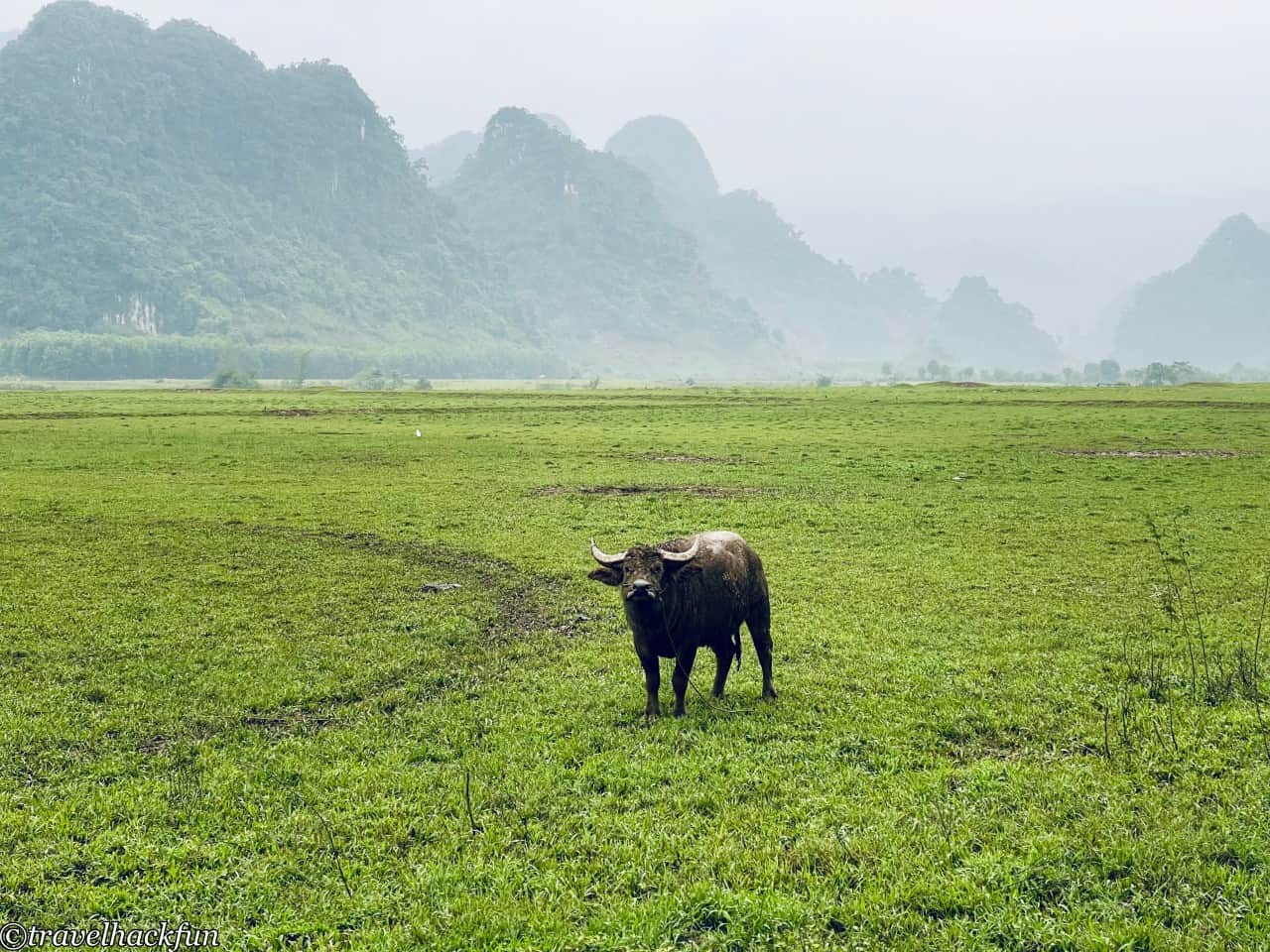
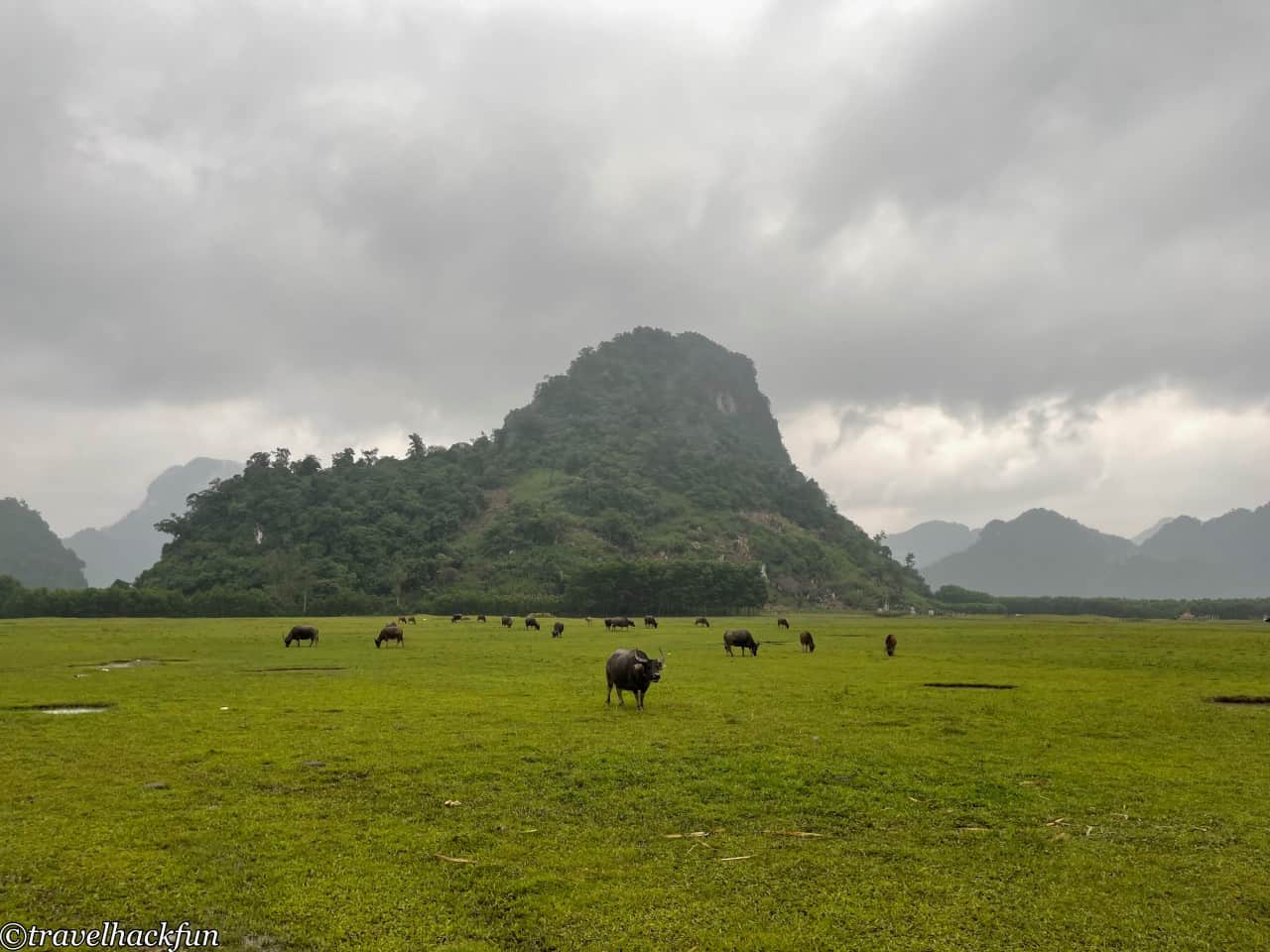
After passing the asphalt road, it's all dirt roads. It was raining that day, and the ground was very wet, covered in mud, making it difficult to walk. The route follows along the river, passing by the scene where the opening of the King Kong movie takes place.
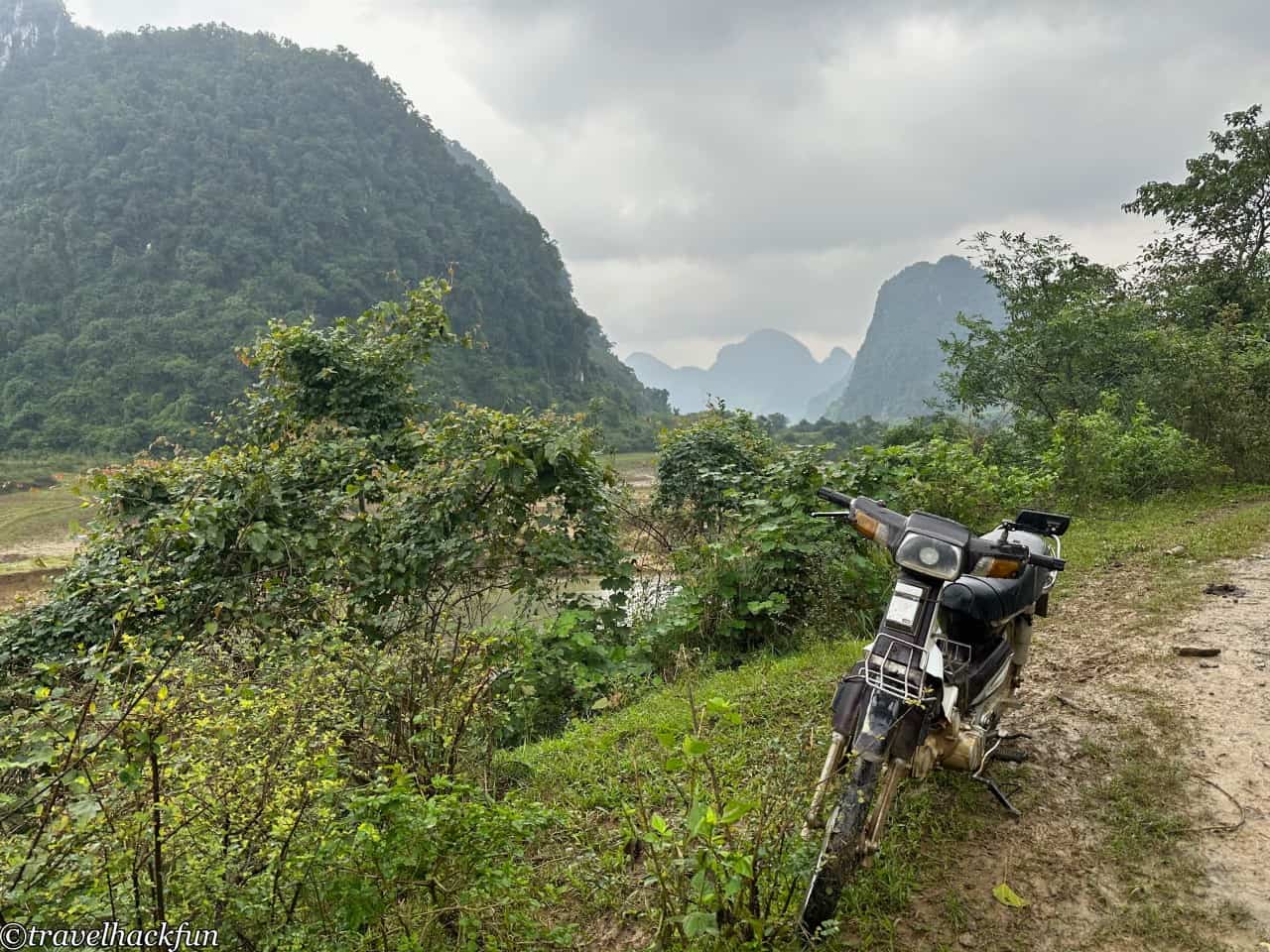
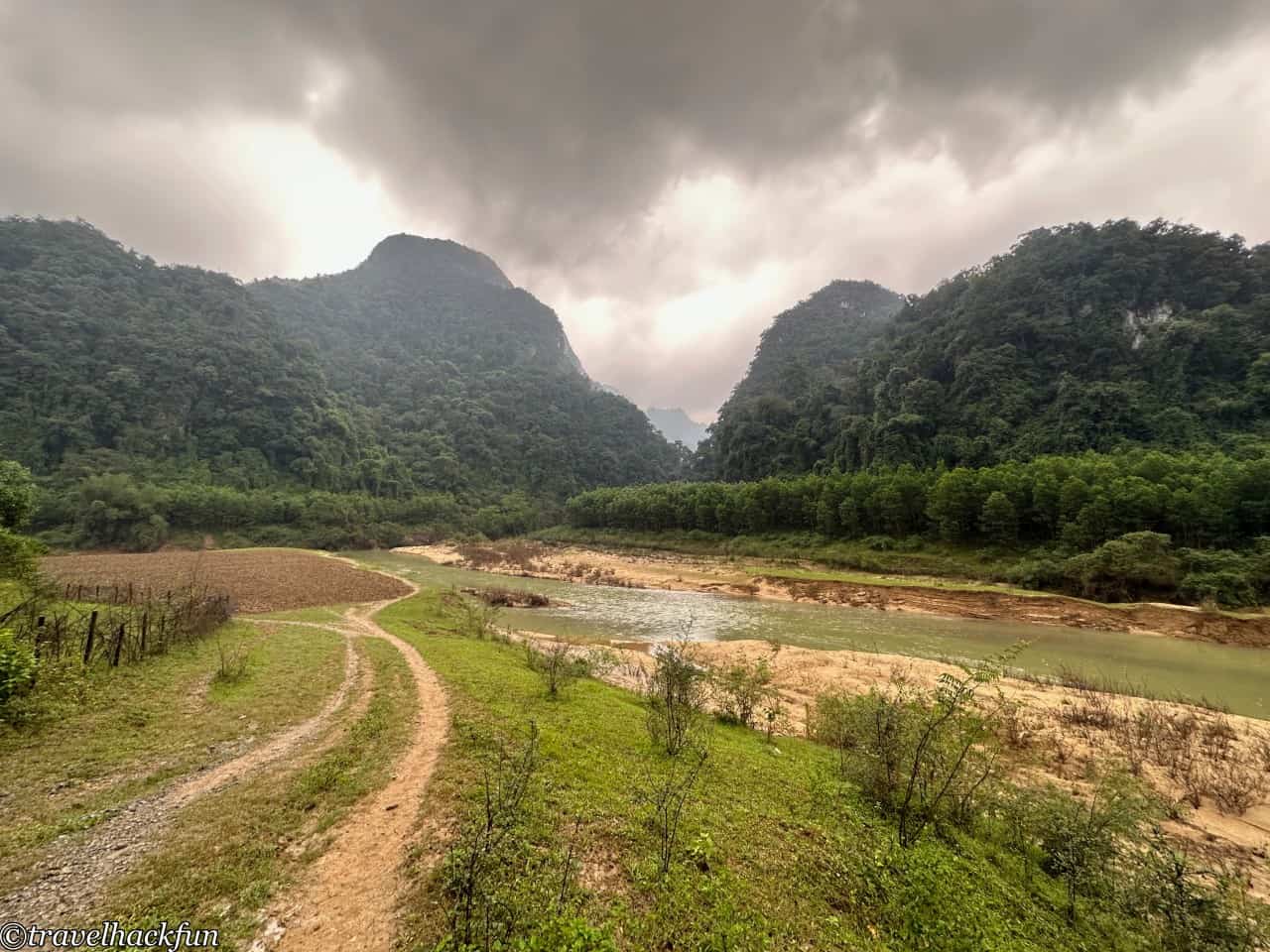
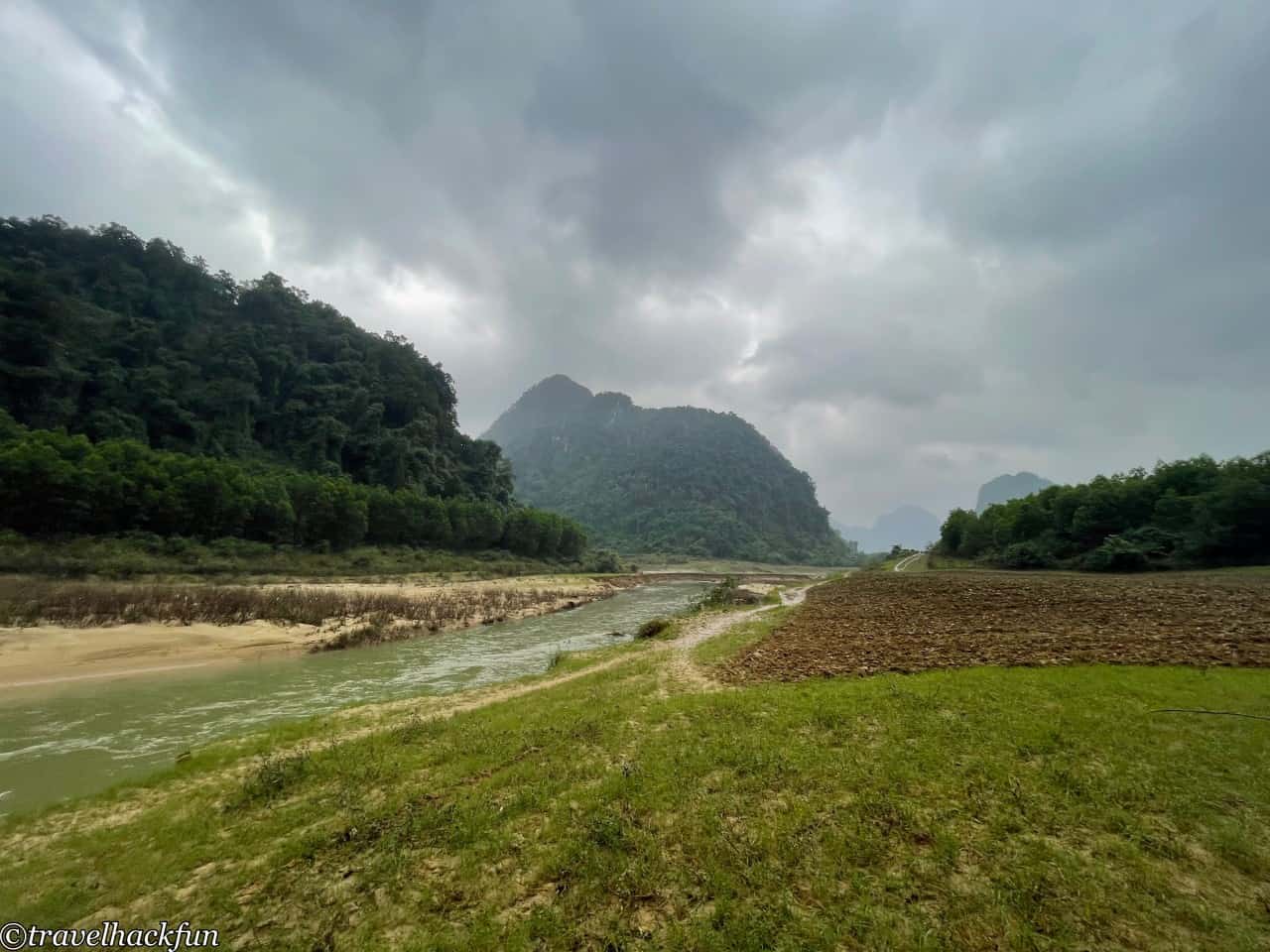
Walking for a while, we then needed to cross a river. During better weather, the original plan involved holding onto a rope and either walking or swimming across. However, due to higher water levels in the river at the time of our visit, the plan was adjusted to having the staff pull a boat across the river for us. While embarking on this journey in winter might have reduced a bit of the adventure element, summer trips come with the potential encounters with leeches and snakes, which are less likely in winter, so that's a plus, I suppose.
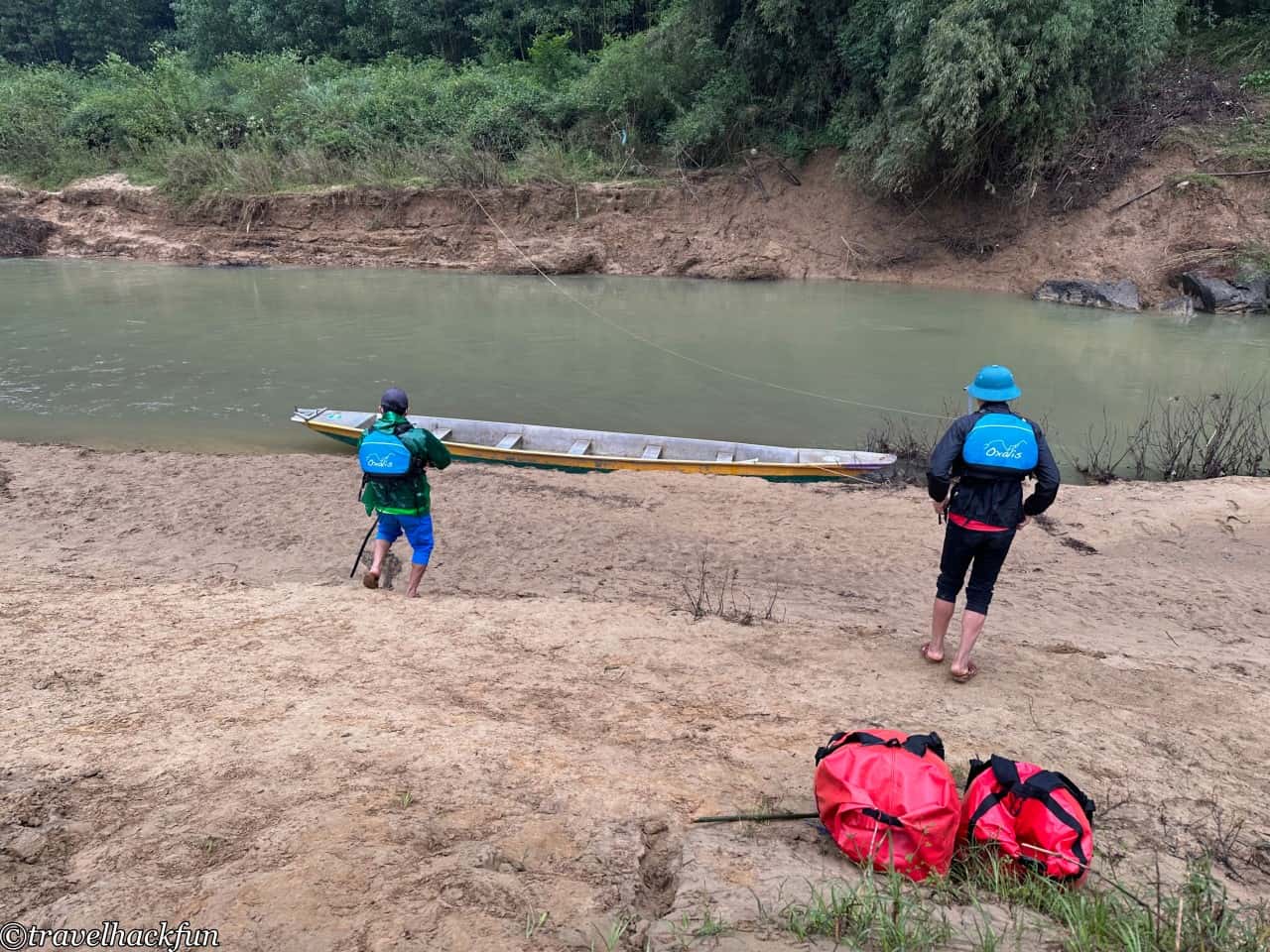
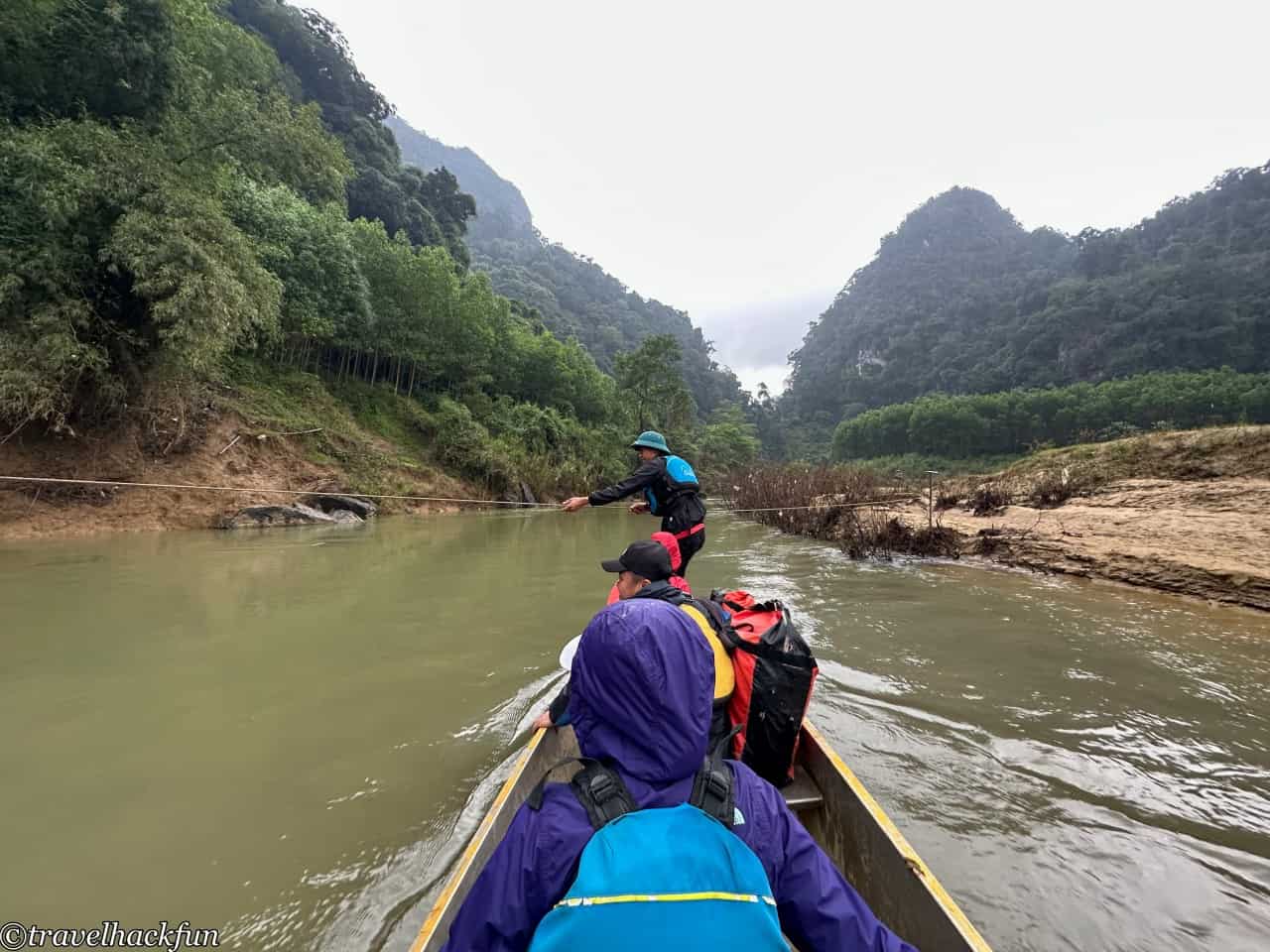
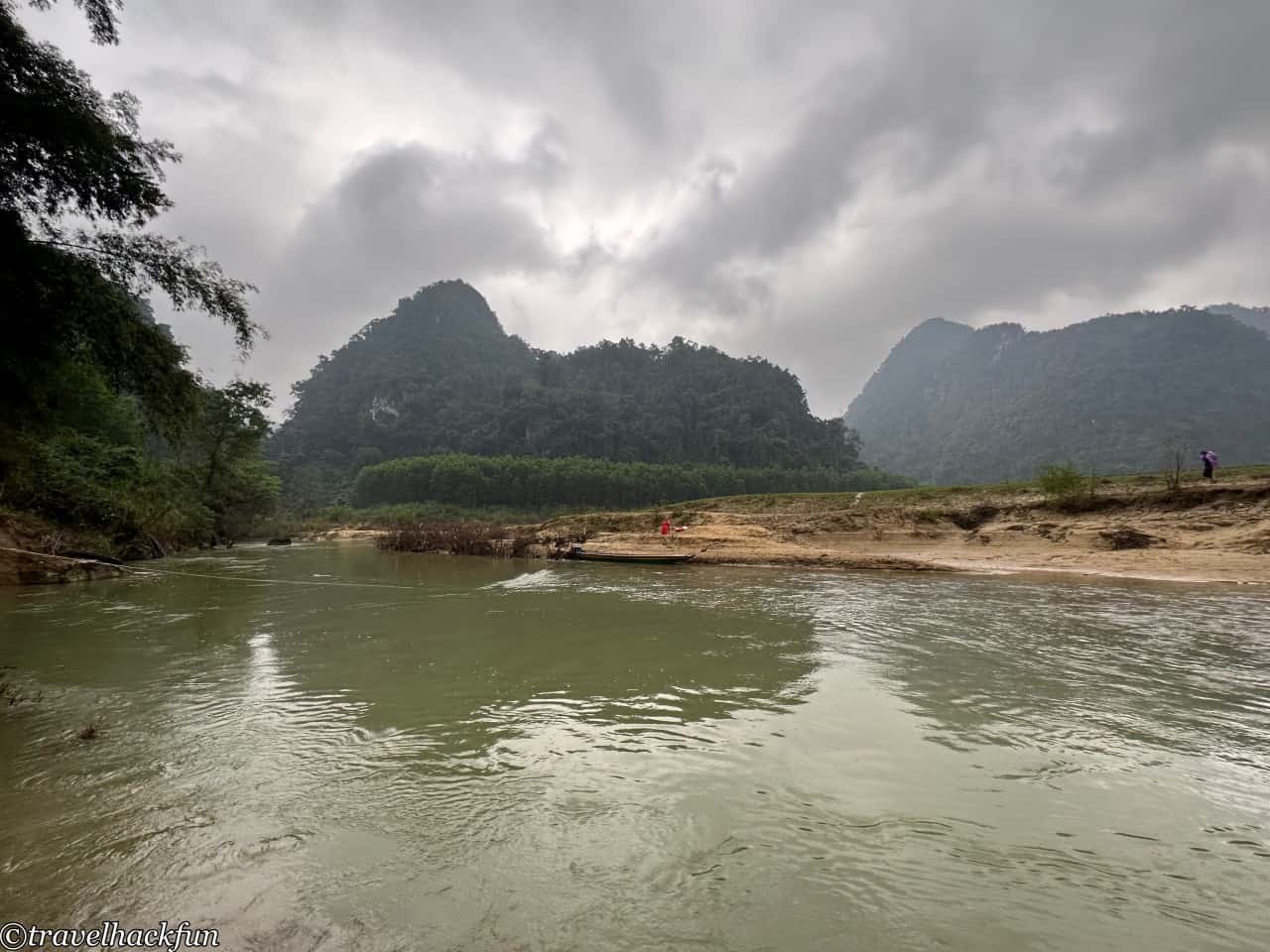
After crossing the river, we continued to climb the mountain. The mountain path became steeper and remained very muddy and slippery. At this point, because we were wearing borrowed boots that didn’t have strong grip, we constantly needed assistance to safely make it through. Watching the guides and helpers, either wearing cheap sandals that were almost equivalent to flip-flops in terms of local status or going barefoot, moving as if they were walking in their own living room, it really showed that being familiar with the terrain makes a difference.


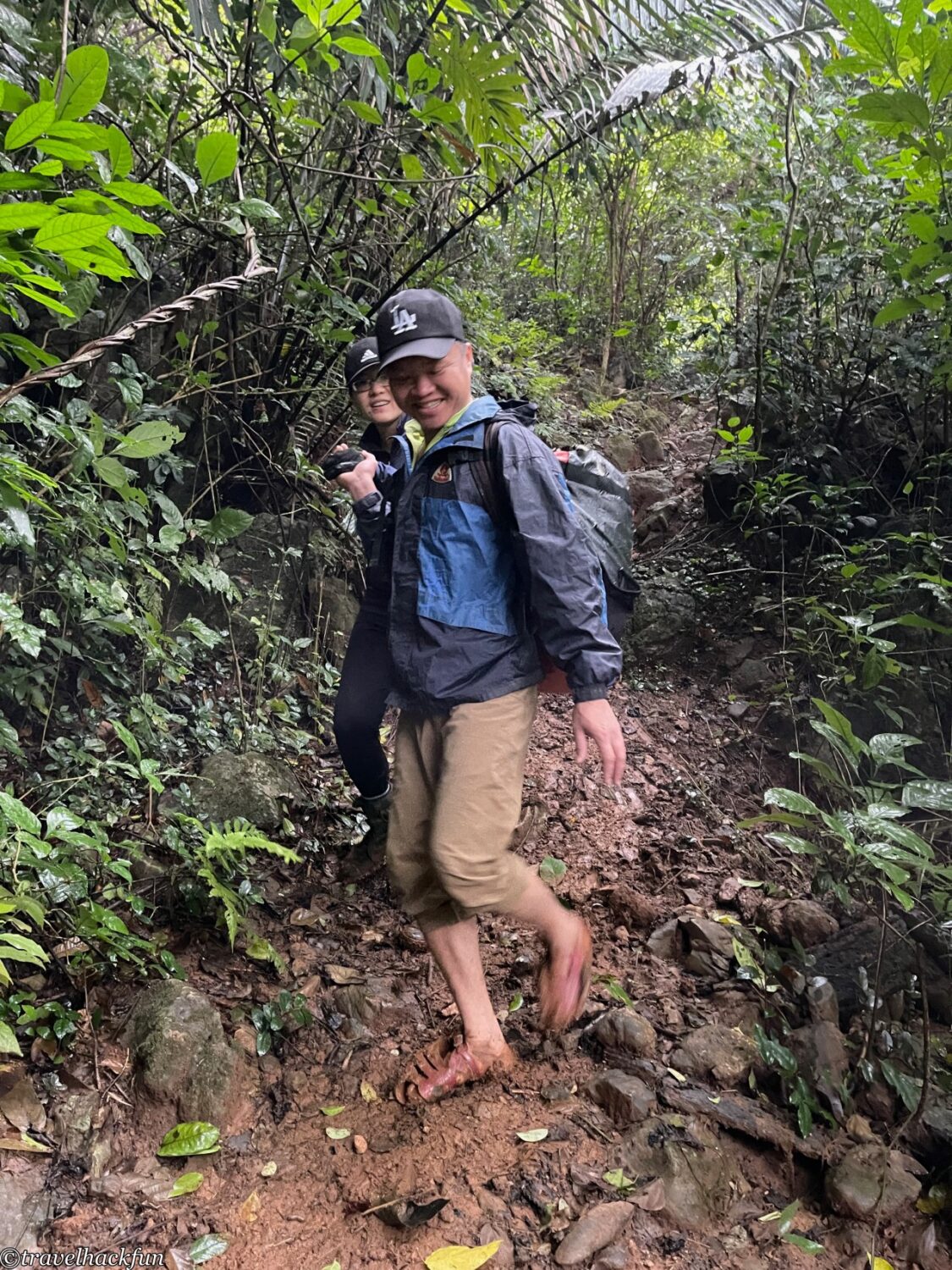

Walking along, we reached our first cave of the day, the small rat cave. Before entering, the guide magically produced safety helmets and headlamps from his backpack for us to wear. Then, we climbed through the narrow rock crevices on all fours to enter the cave.
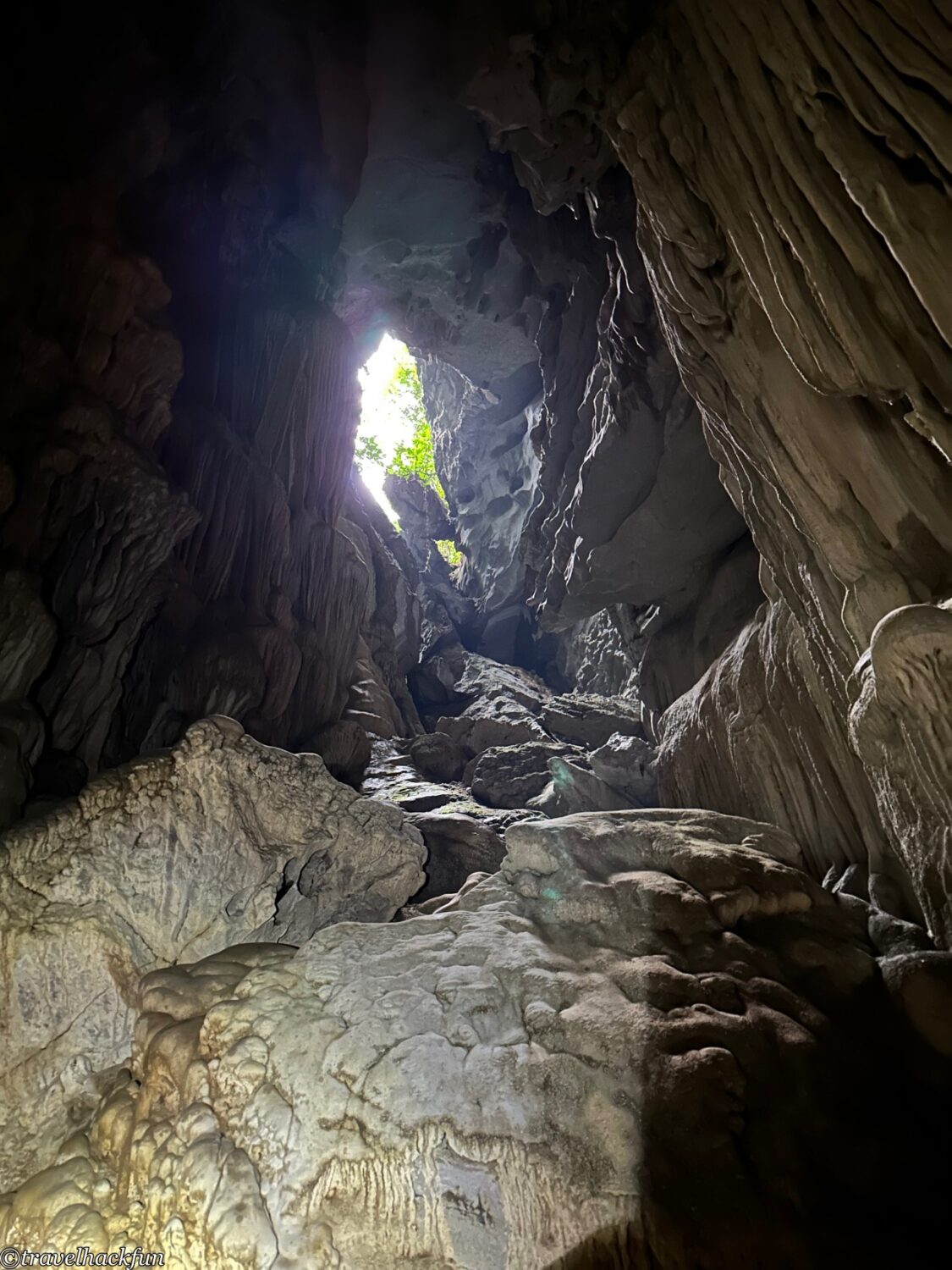
After crawling into the entrance, we then proceeded to descend deeper. At this point, we discovered that our guide had even more equipment in his backpack. Here, we climbed a six-meter ladder to enter further into the cave. Actually, climbing ladders of such height was not very nerve-wracking for us, as we had climbed quite a few during our visit to the Mesa Verde National Park in the United States, so it wasn't too scary. Moreover, Oxalis had very thorough and professional safety measures in place; every person was protected by a safety rope, ensuring that no accidents would occur.


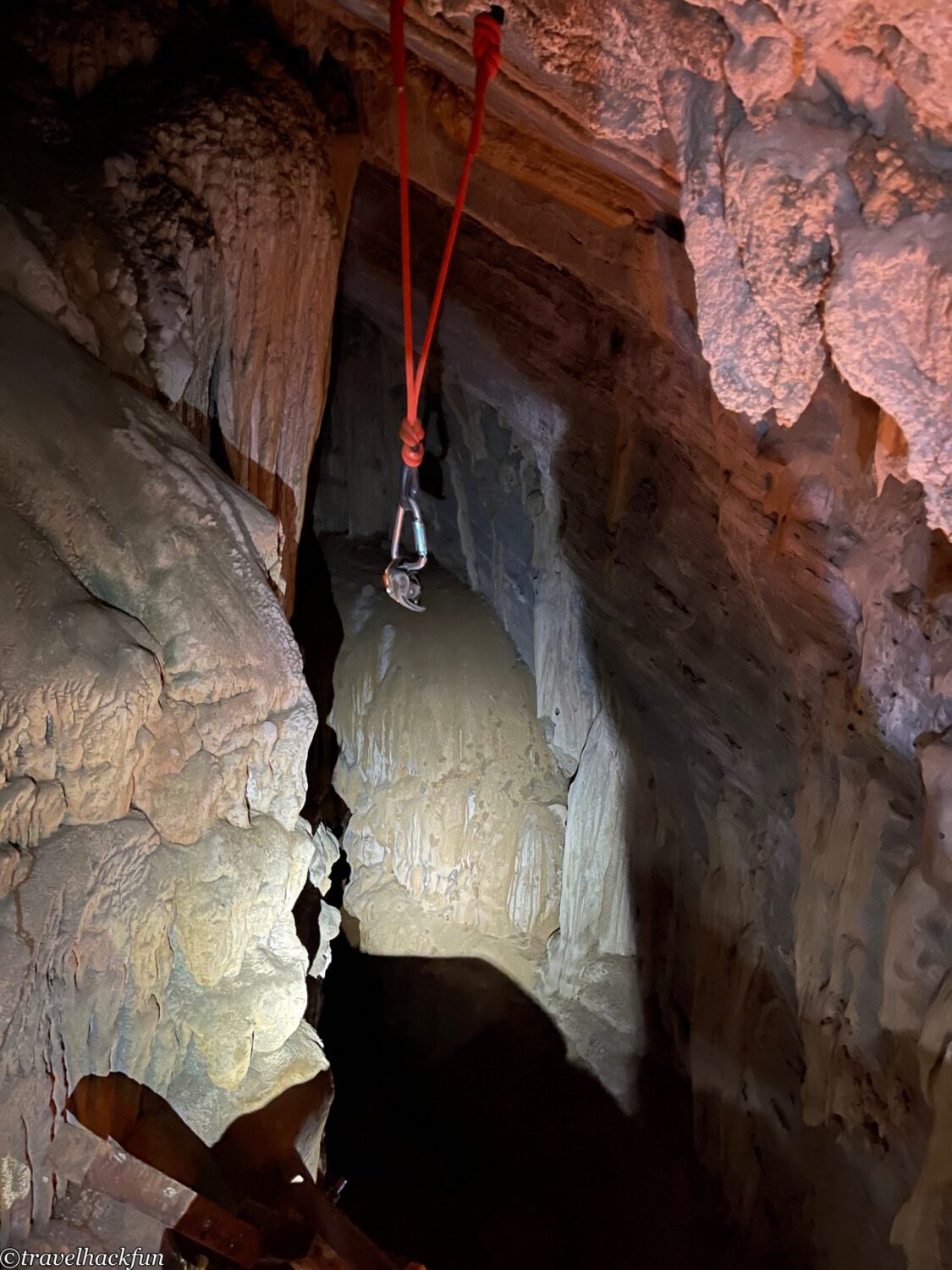

Upon venturing deeper, continue to climb over all obstacles, using both hands and feet, needing to squeeze through many narrow crevices. This cave is now completely dry, but it was formed in ancient times due to river erosion, so one must imagine that it was filled with water back then; what we see now are traces of the river's erosion. The ground is usually covered with fine sand, and sometimes you will see round, unique stones that look like popcorn rocks, which the locals call "pearls." Occasionally, we might see some fossils, a few spiders, and according to the guide, bats might also be present during the summer.
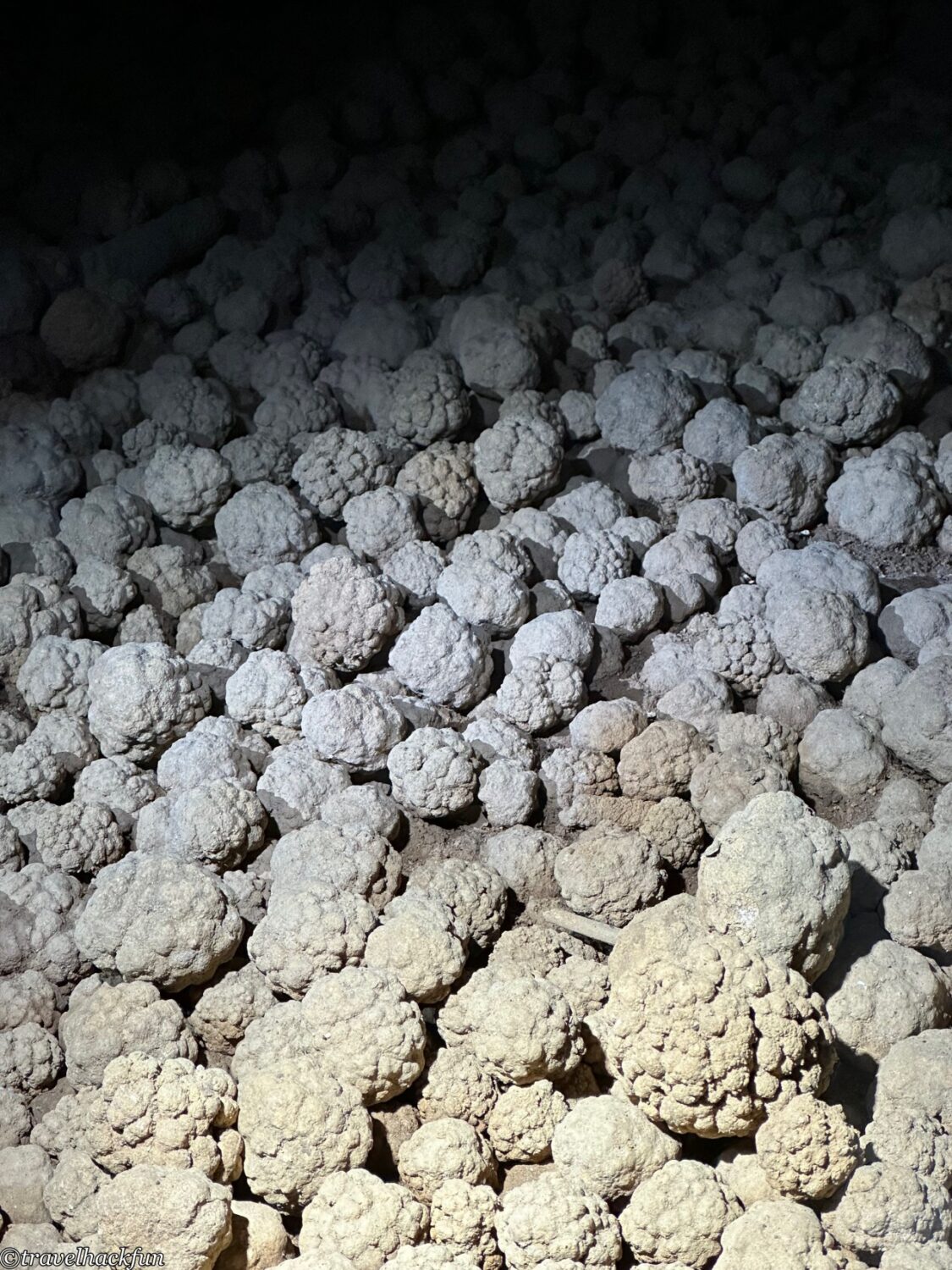
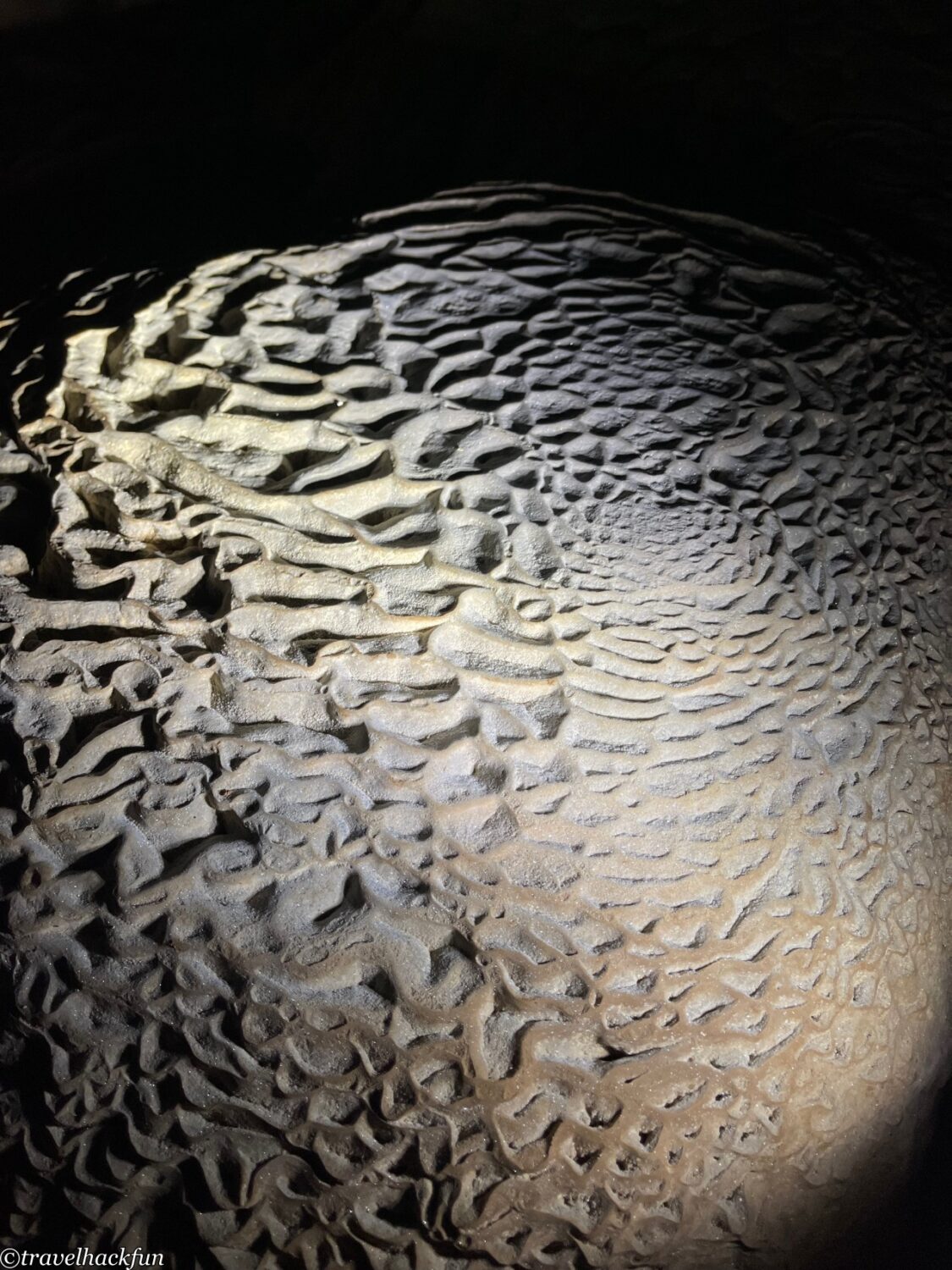
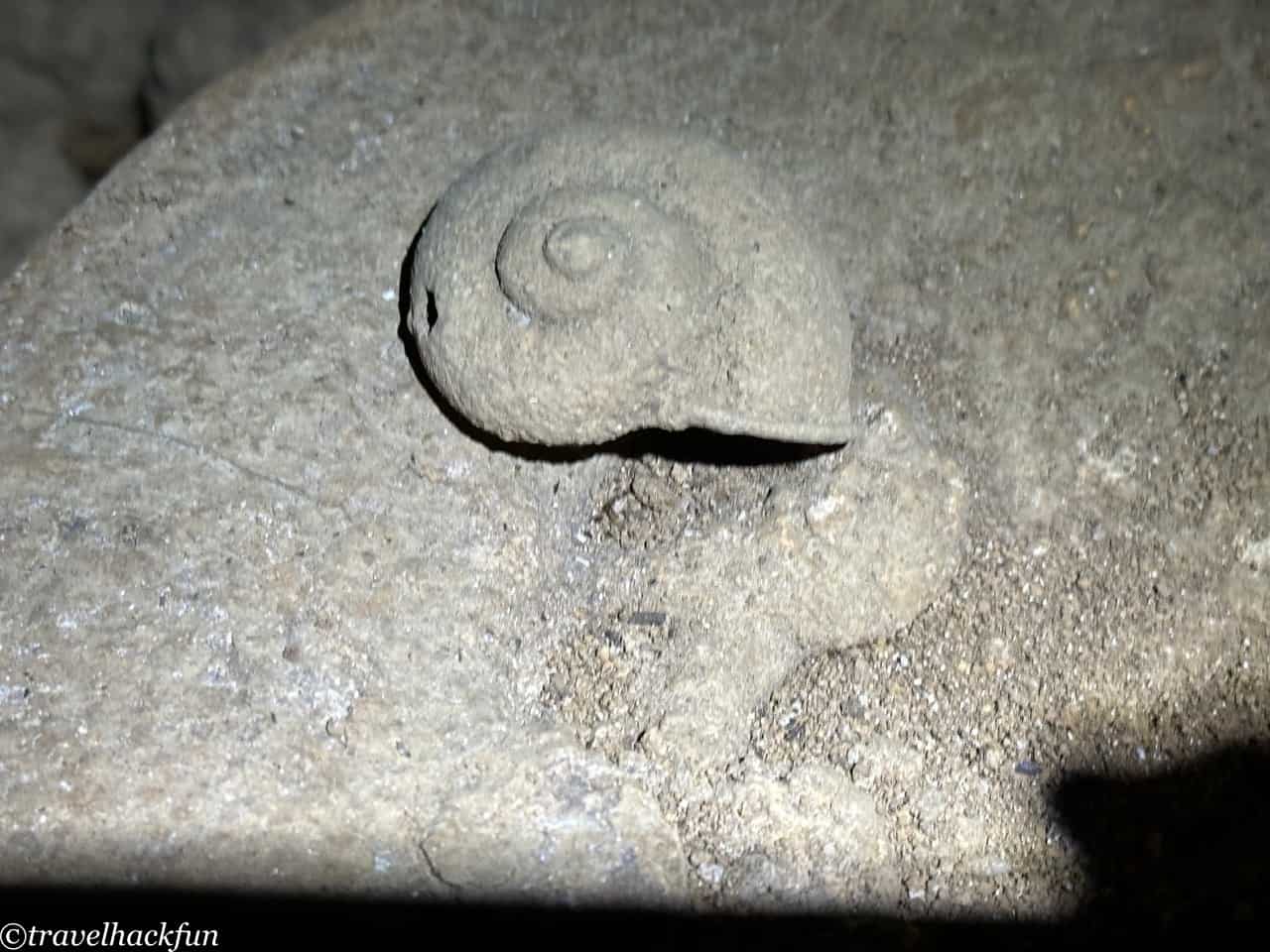
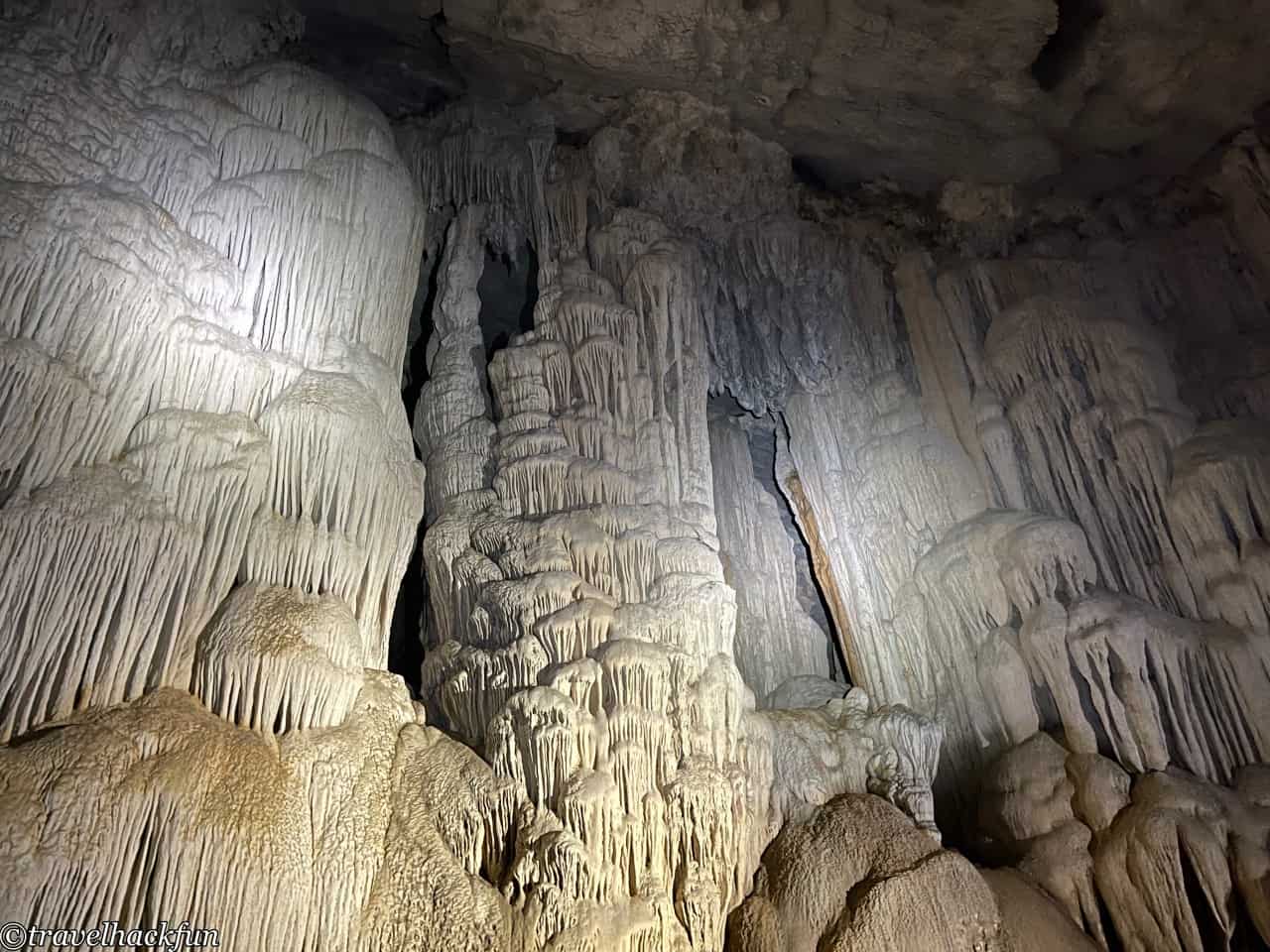
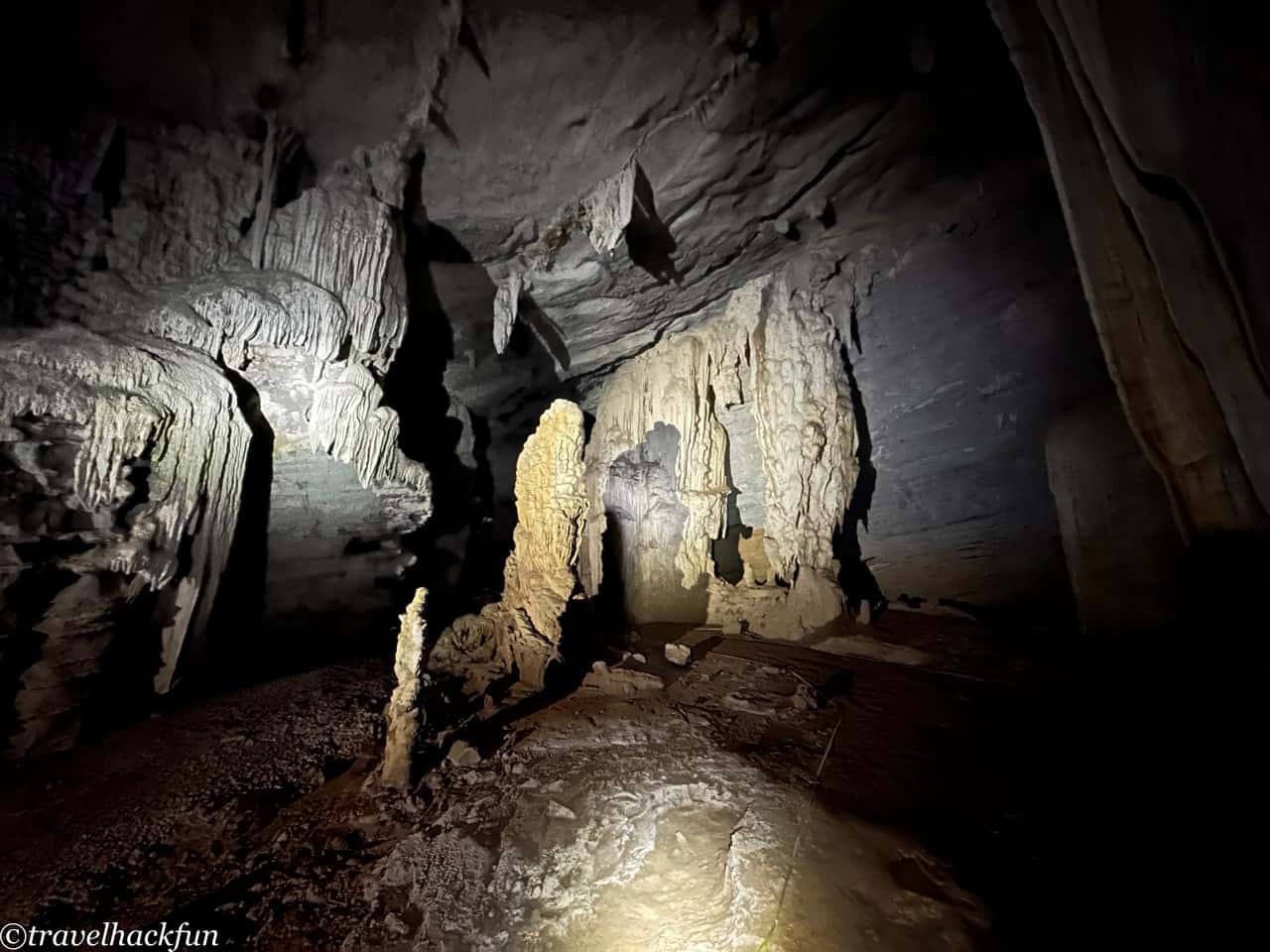
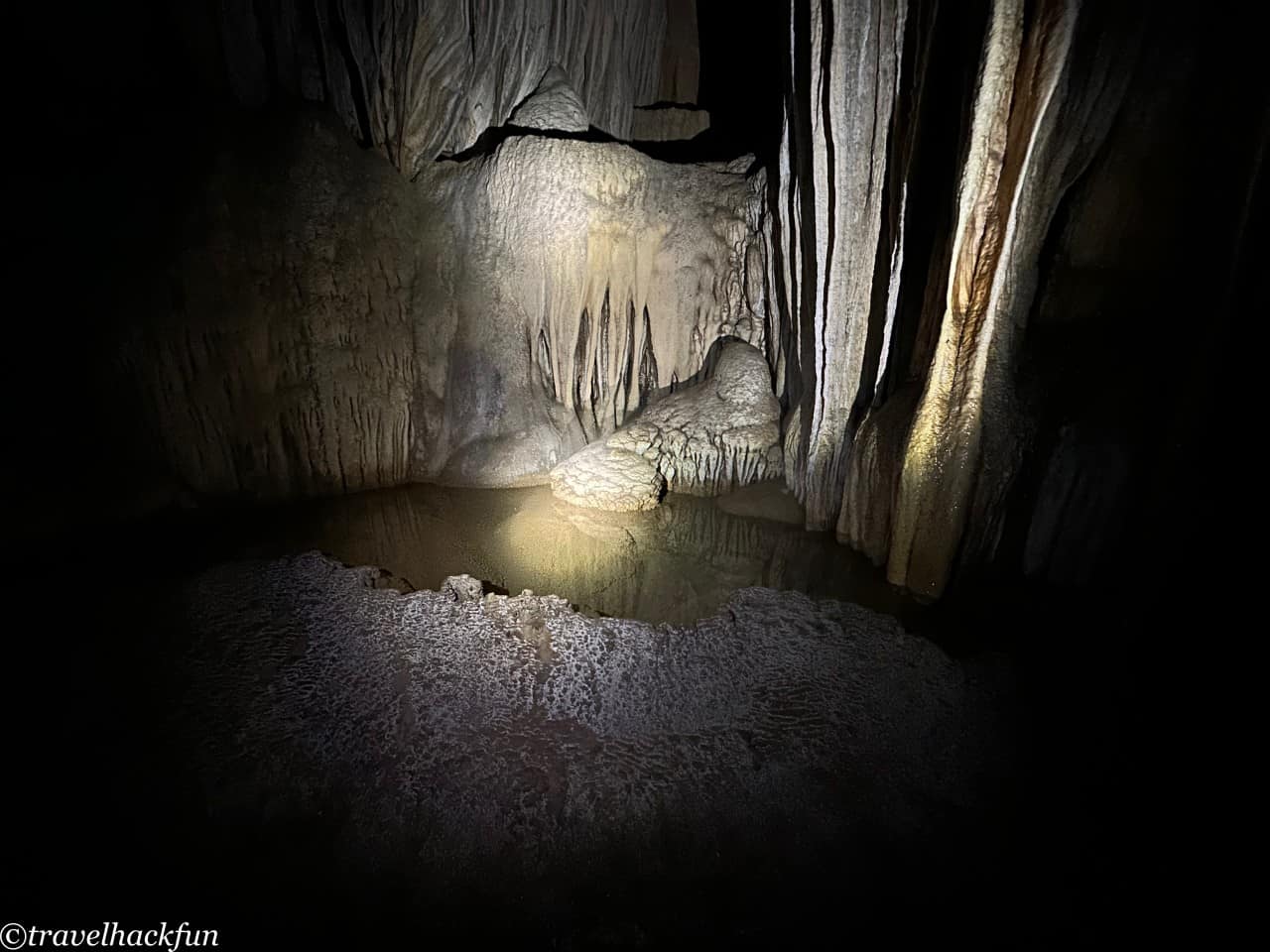
Finally, we made our way into a larger room, which was the highlight of the small rat cave, filled with many massive stone pillars, a truly magnificent sight. The cave had an exit at the other end, so we passed through it one-way, climbing out at the very end.
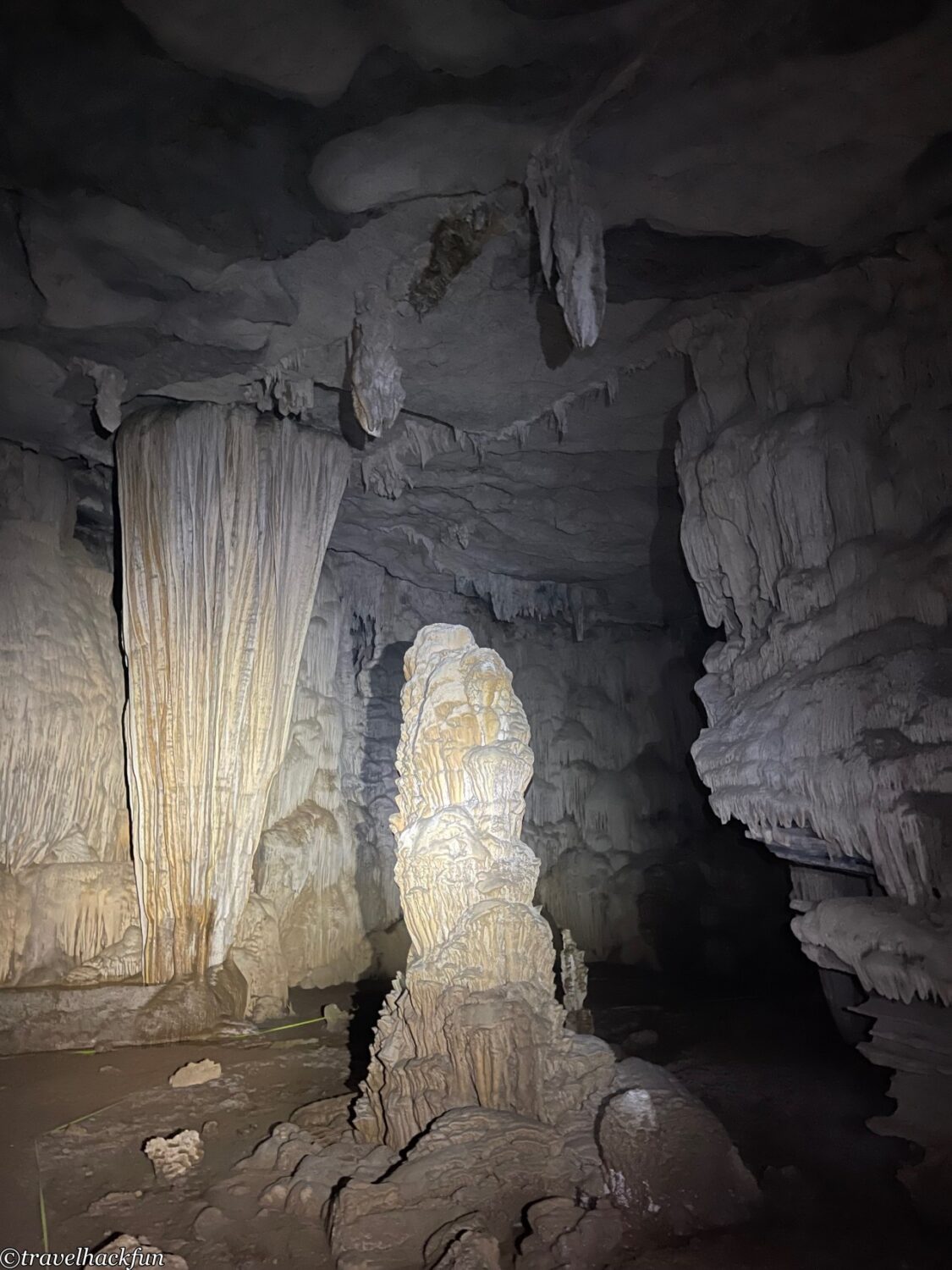
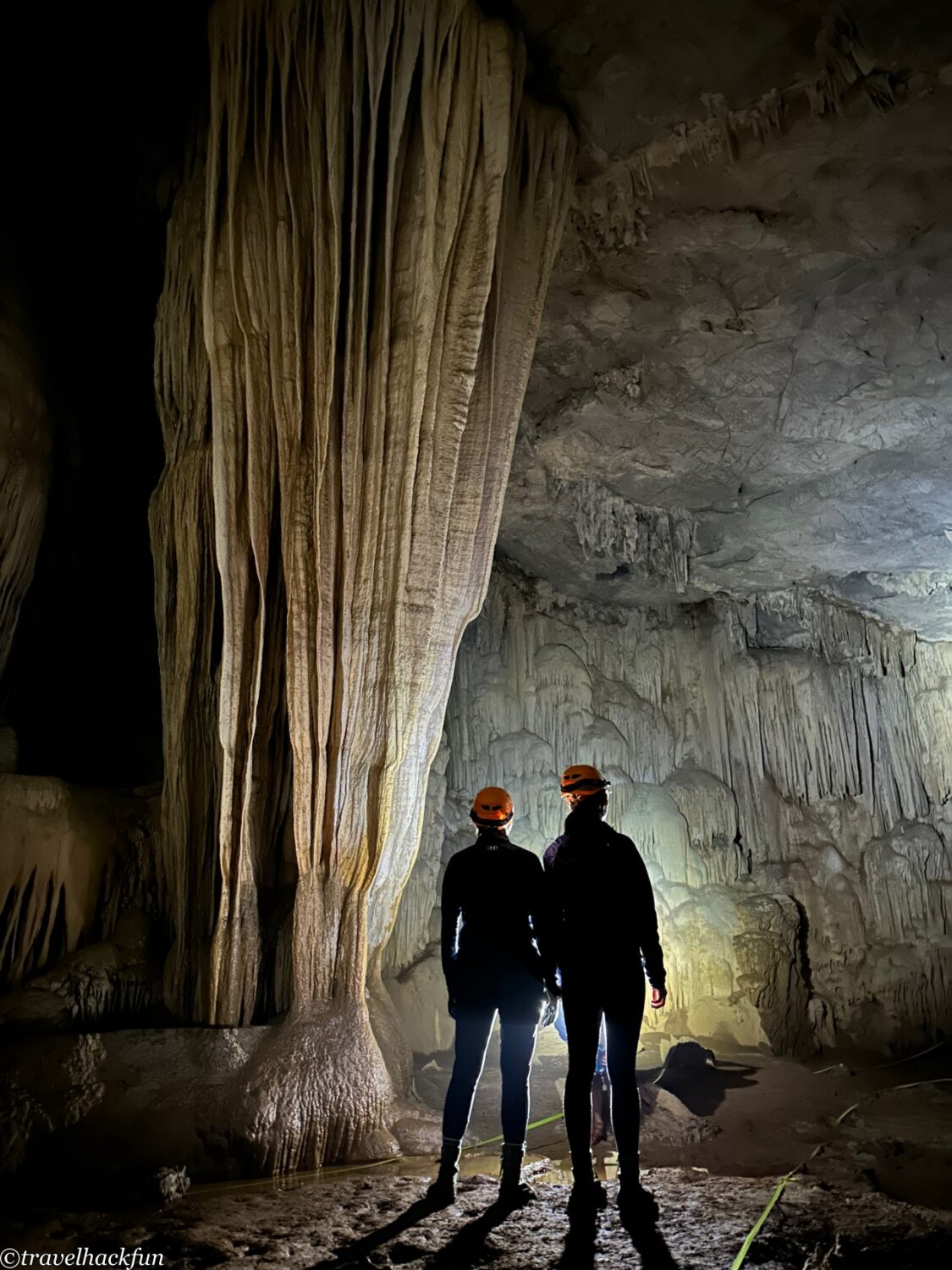
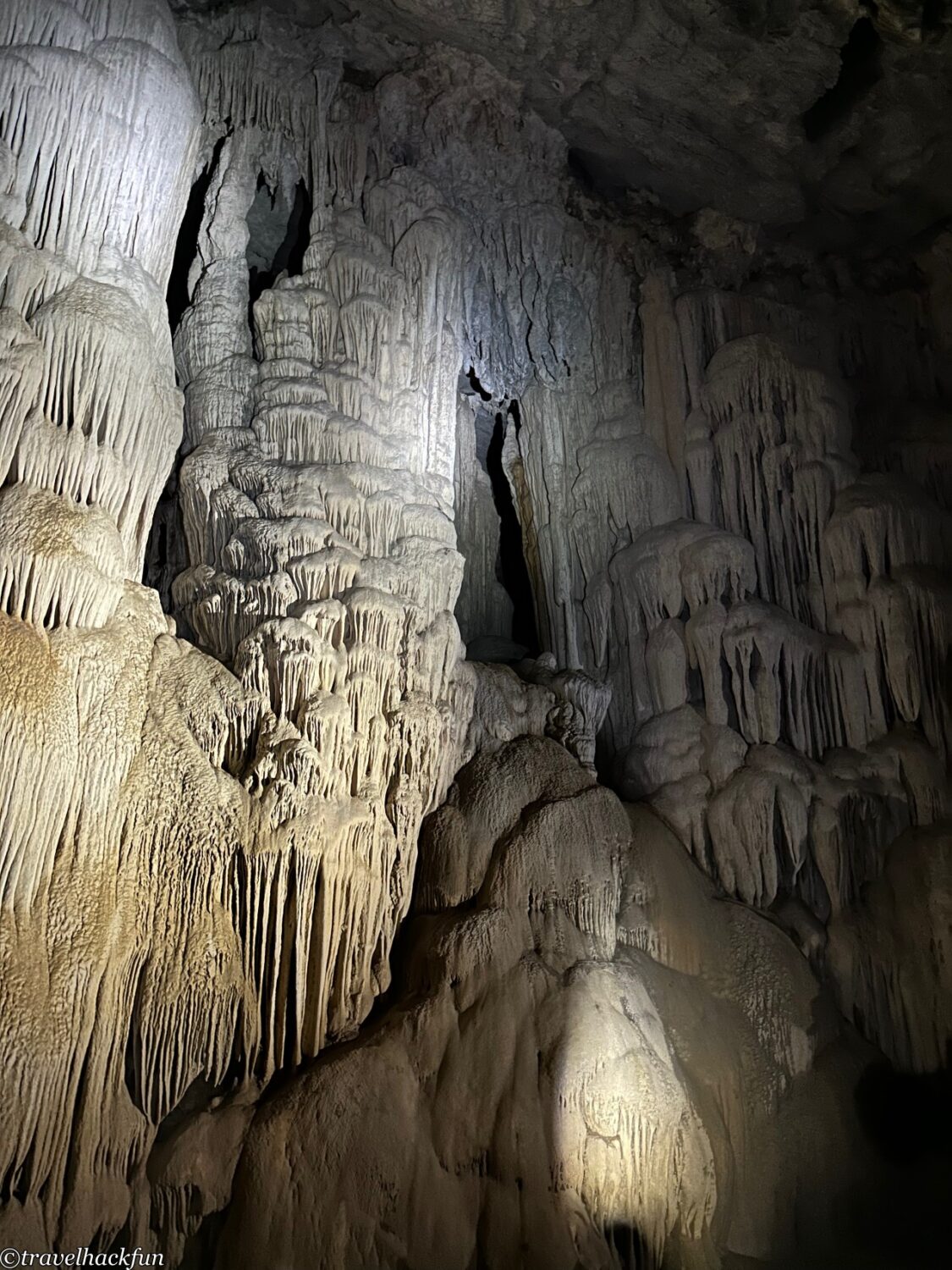
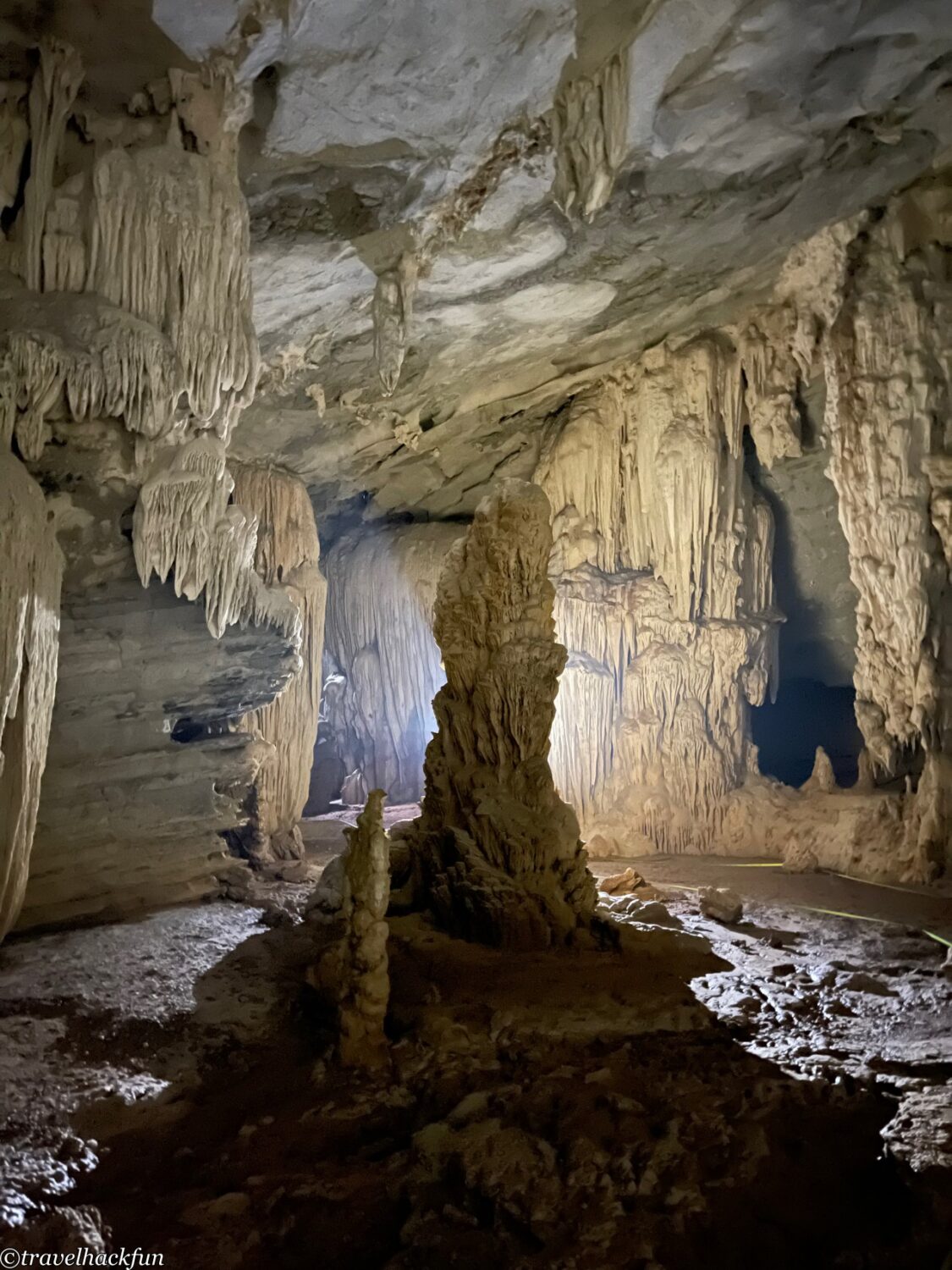
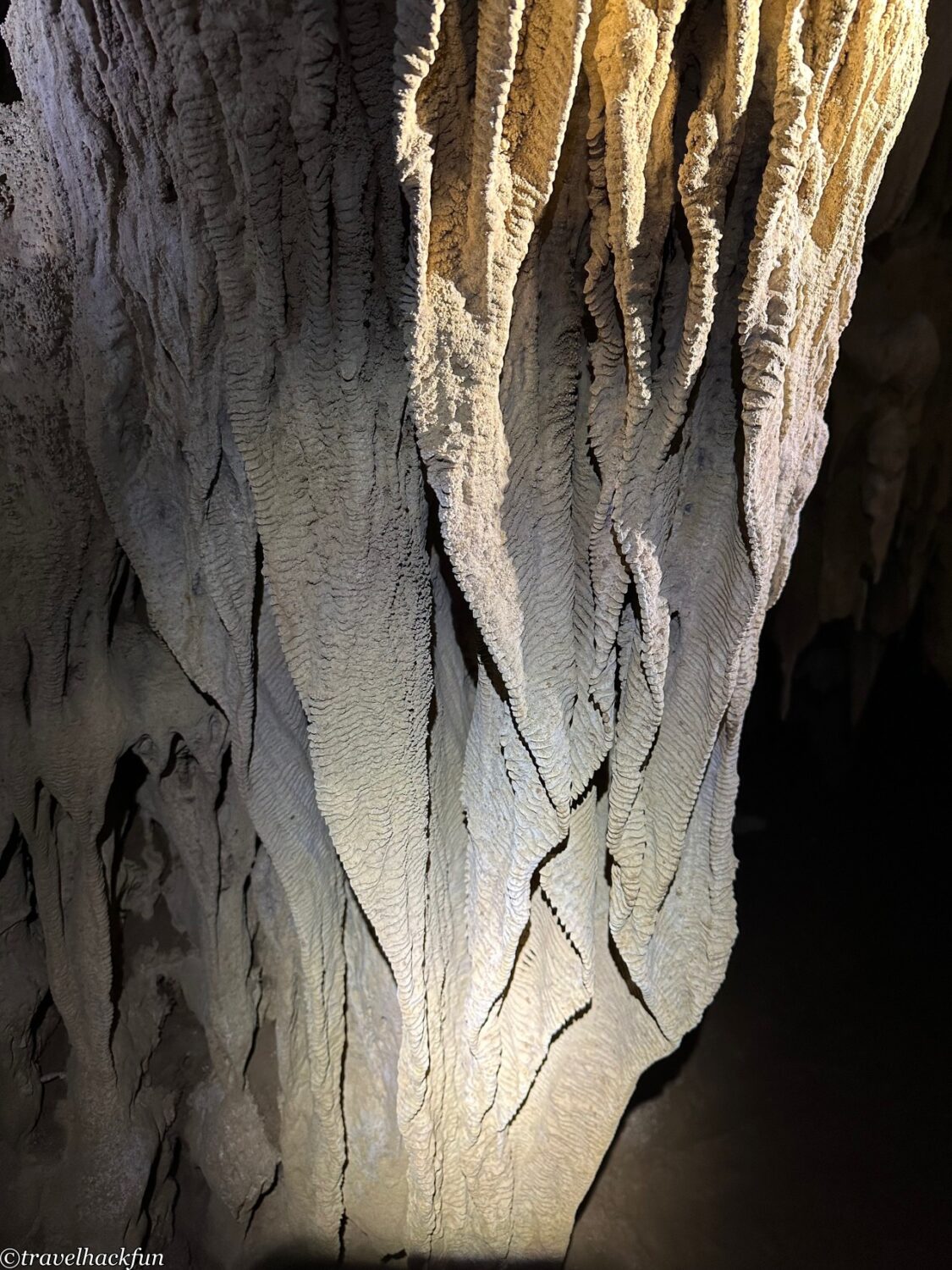
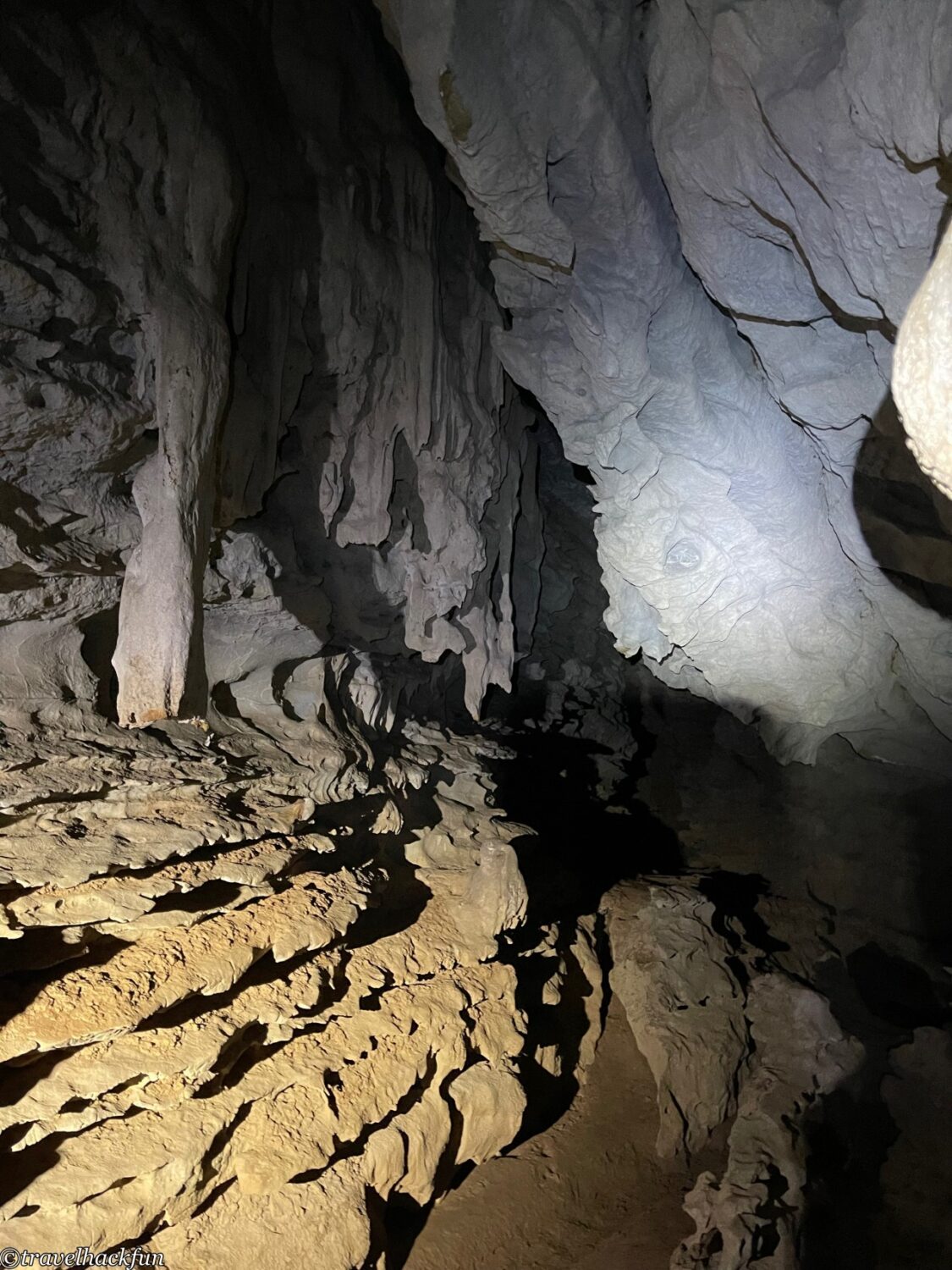
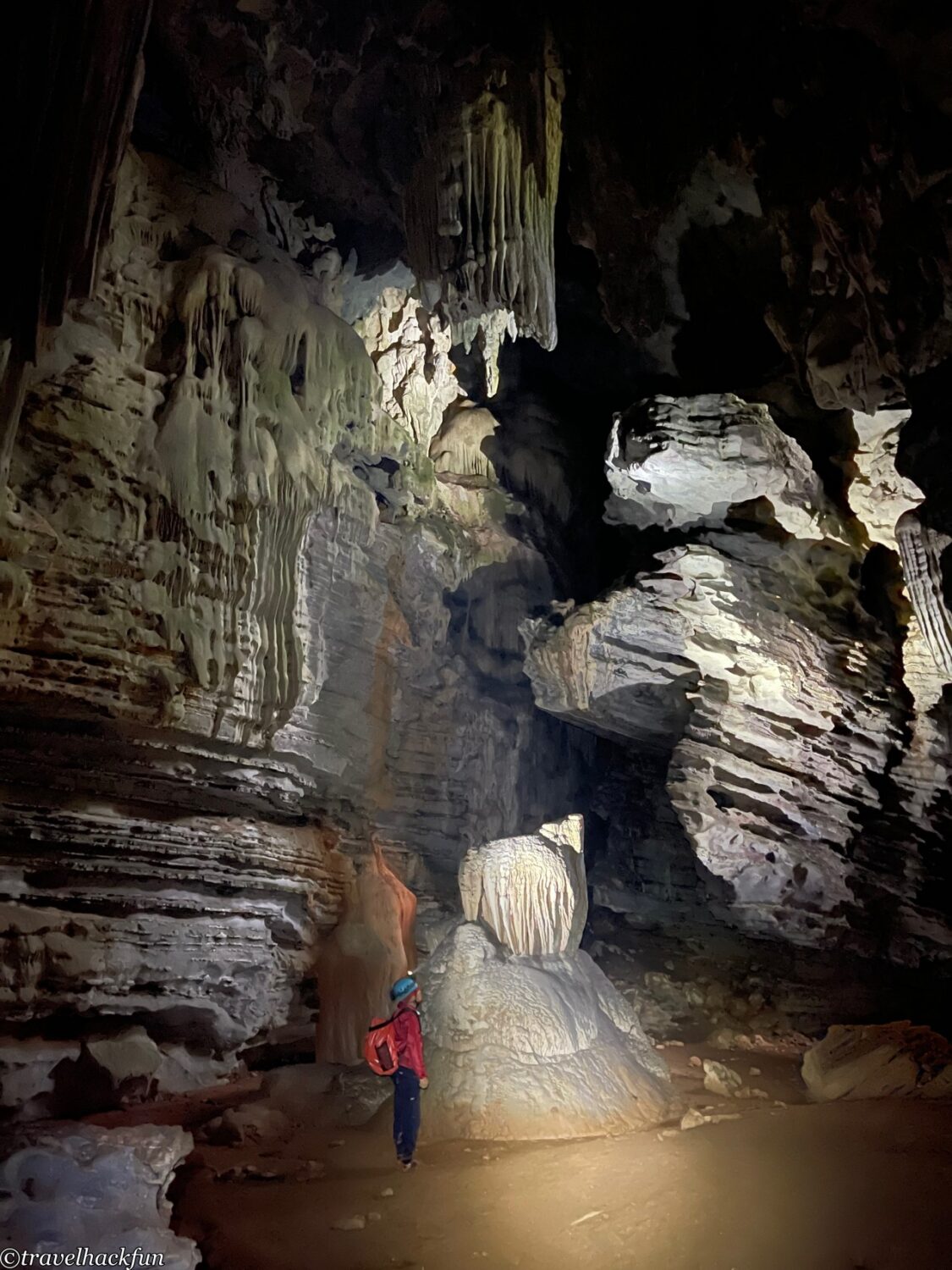
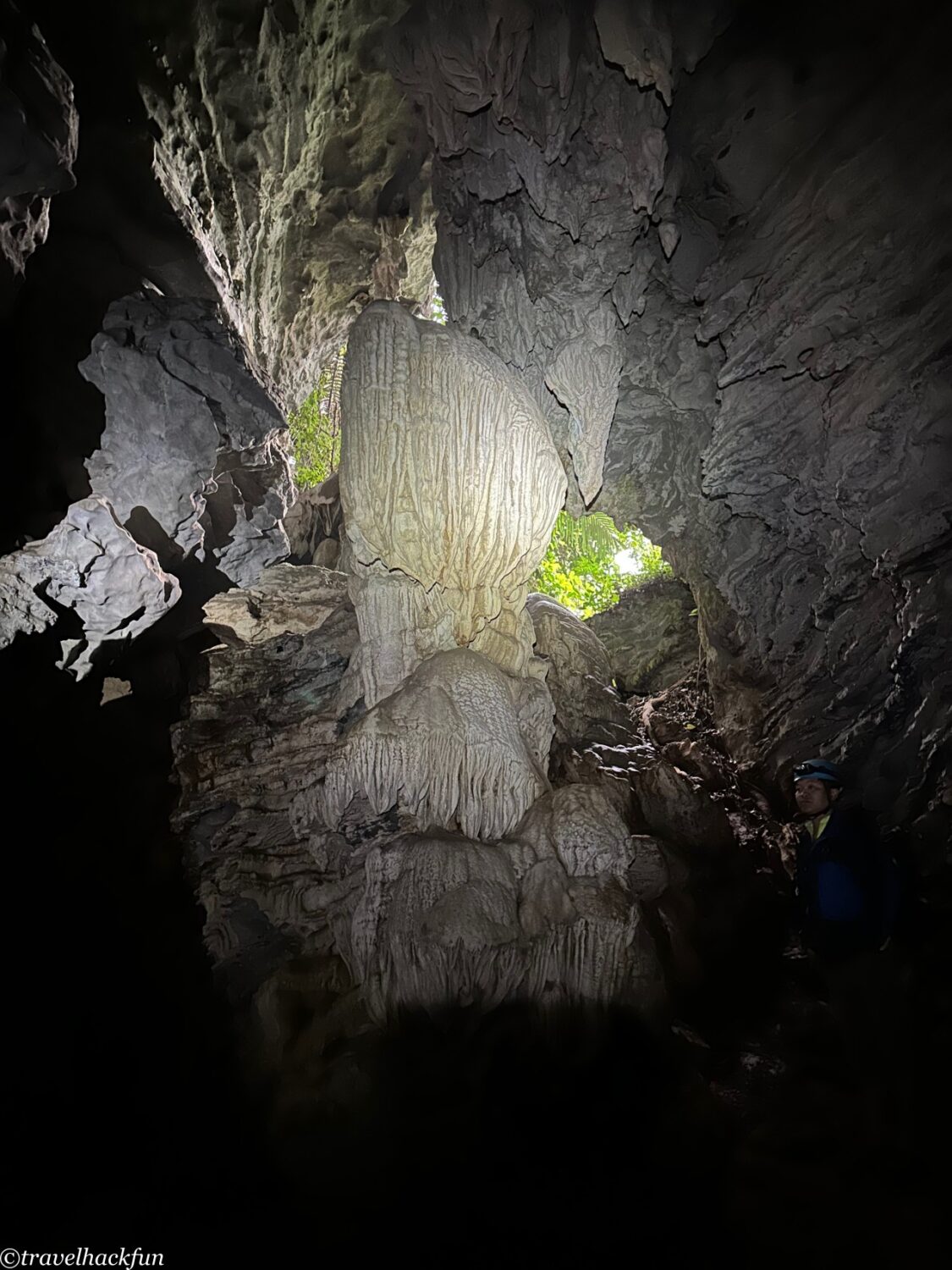
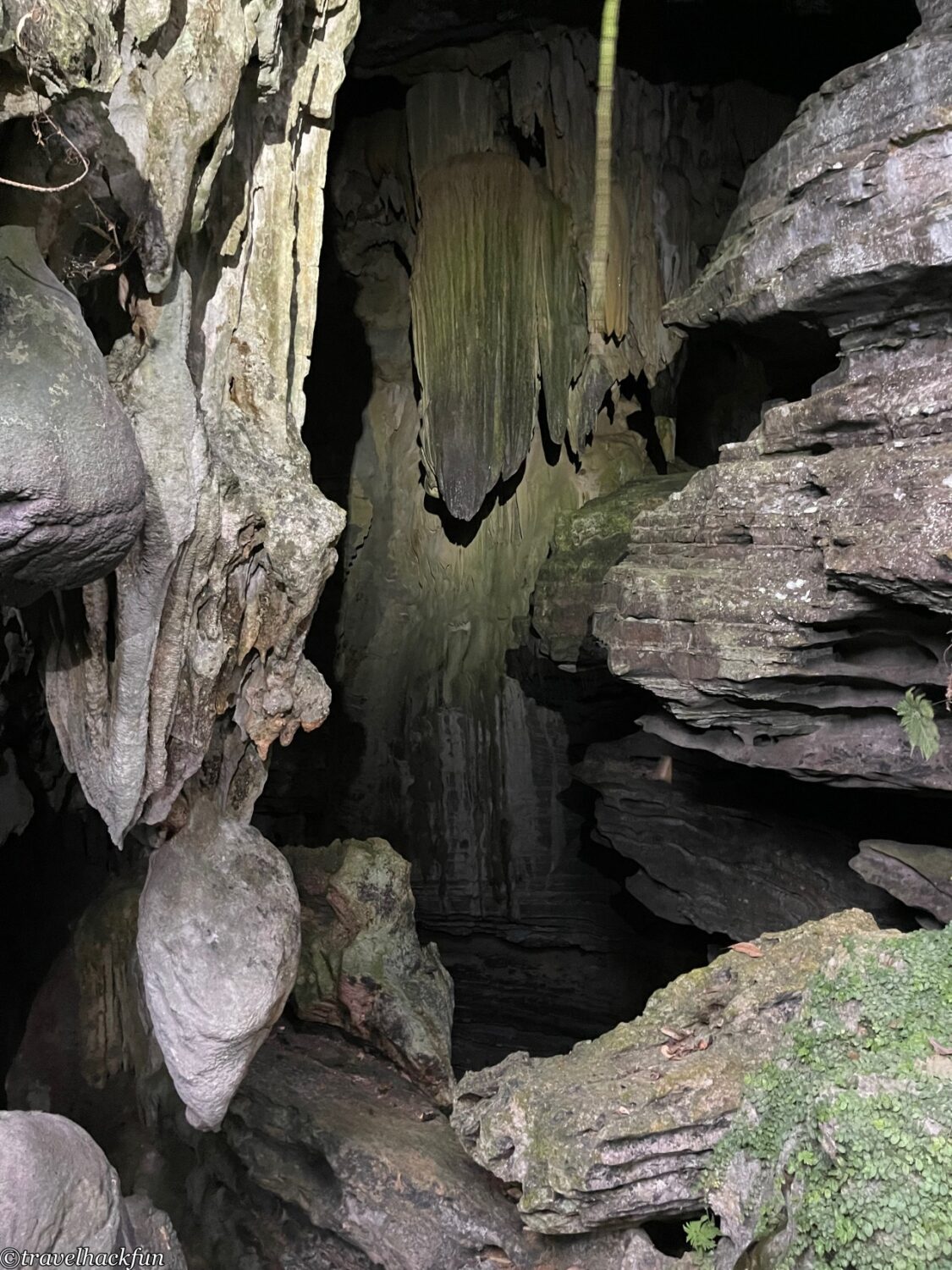
After exiting the cave, we ended our morning itinerary and walked to a rest stop for lunch. The lunch spot was very simple, just a small shack. By the time we arrived, the kitchen assistants were already on-site, roasting pork and almost ready. With beautiful mountains and clear water outside, the guide promptly laid out a waterproof cloth inside, and everyone sat down on the floor. For the meal, we grabbed rice paper and wrapped up whatever fillings we liked—pork, tofu, vegetables—with some sauce. Don't take this rustic lunch for granted; it was actually the best meal I had in Vietnam. The rice paper here was different, thick and soft, and the roasted pork was extraordinarily delicious.
During lunch, we took the opportunity to chat with the guide again. The guide, who grew up locally, believes that the area of Phong Nha has benefited a lot from tourism. According to him, the farmers here were very poor initially. The presence of travel agencies like Oxalis in the area has enabled the villagers to have seasonal jobs as helpers, allowing them to lead a better life. He himself had the opportunity to assist research teams from a young age, learning English and knowledge through trial and error, and now he has become a full-time guide.

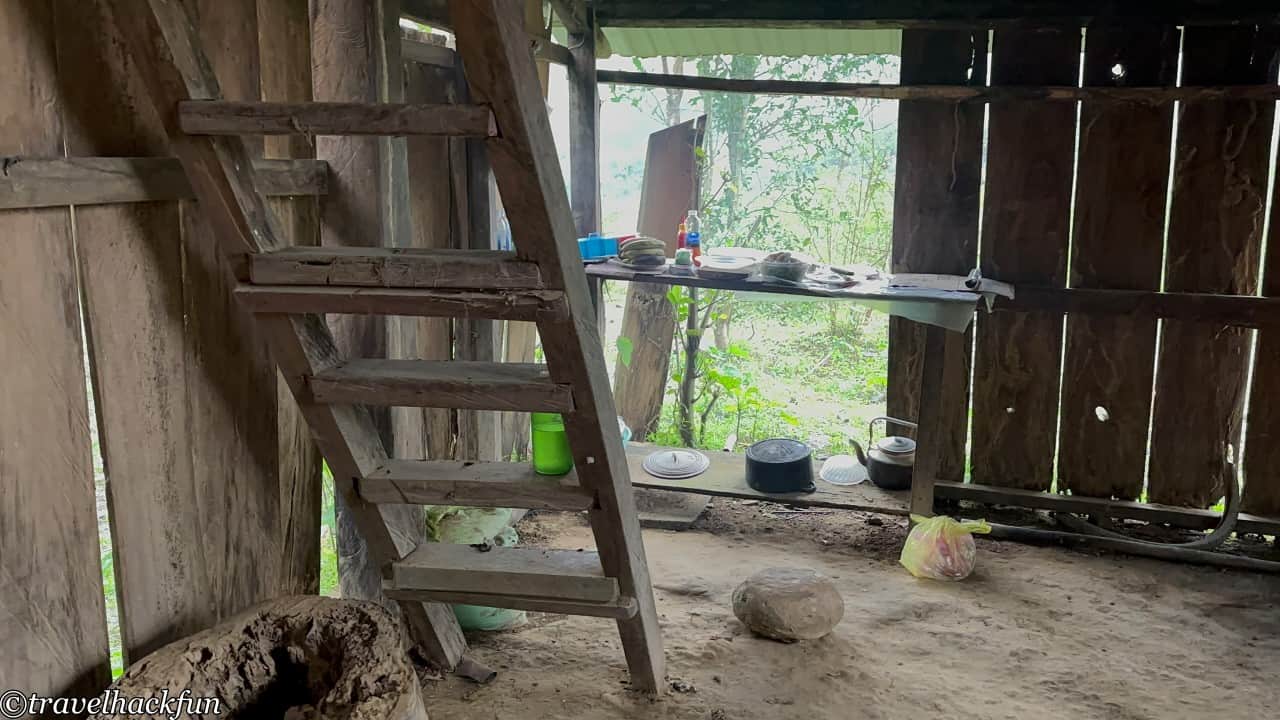
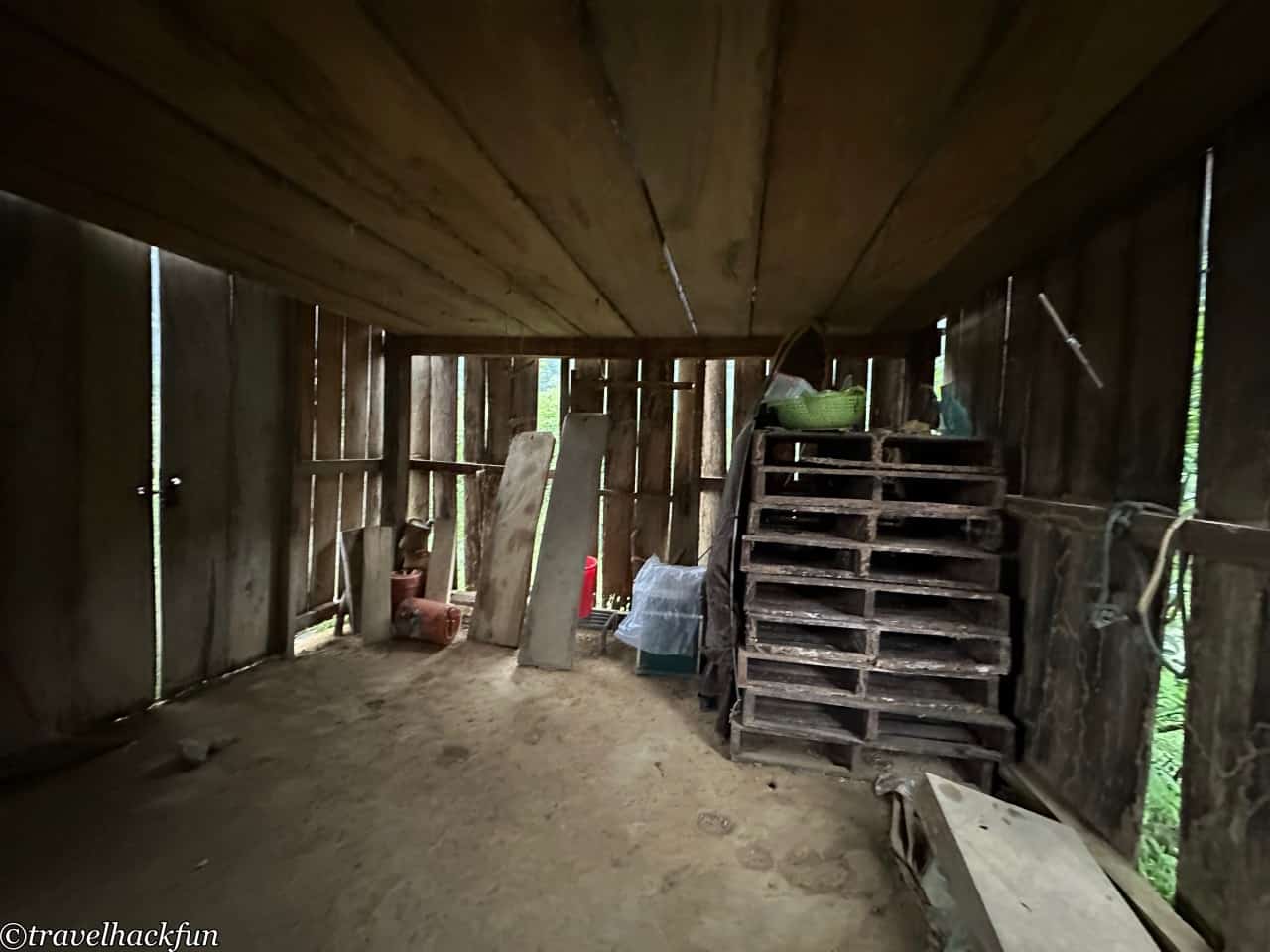
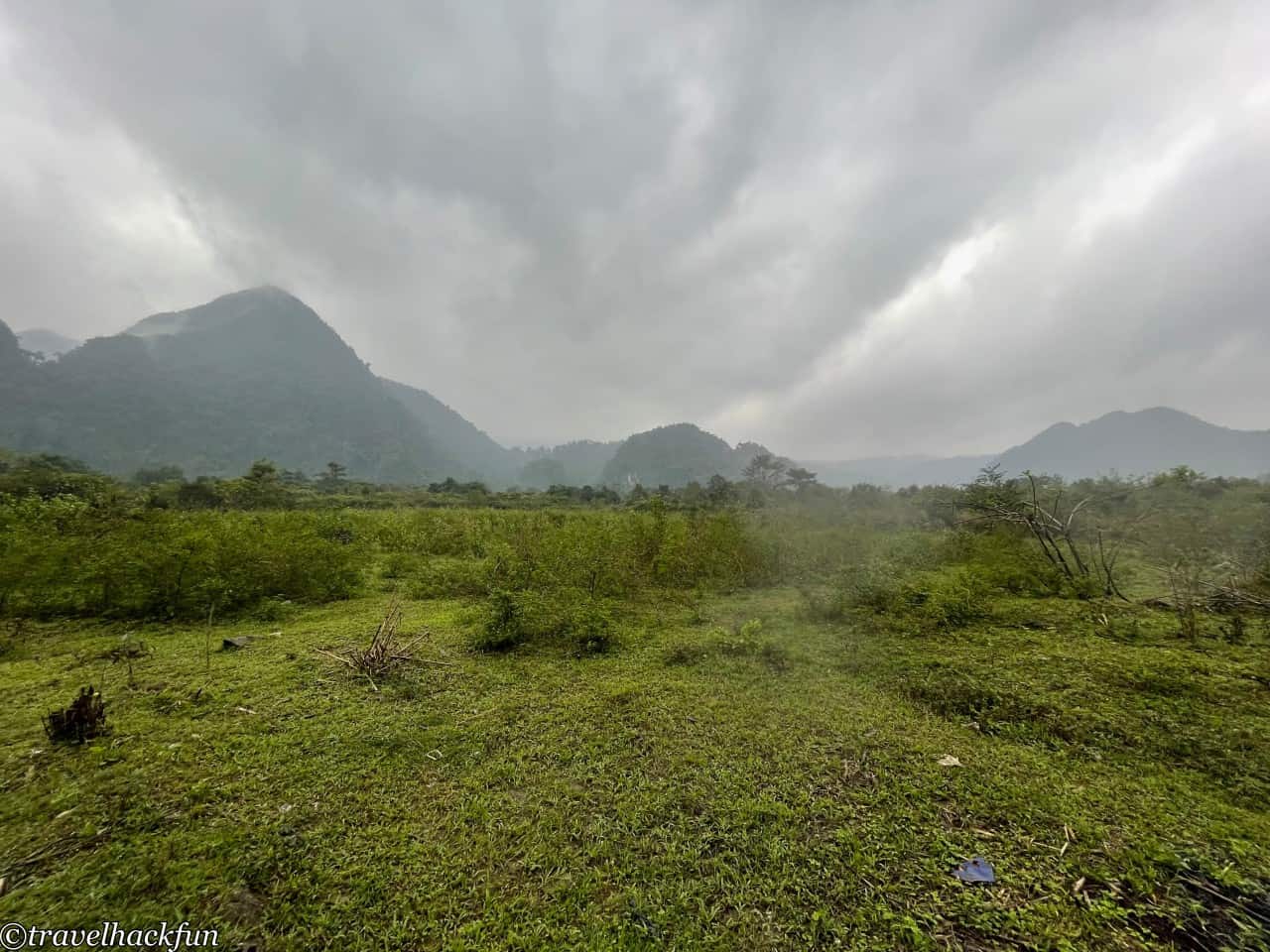


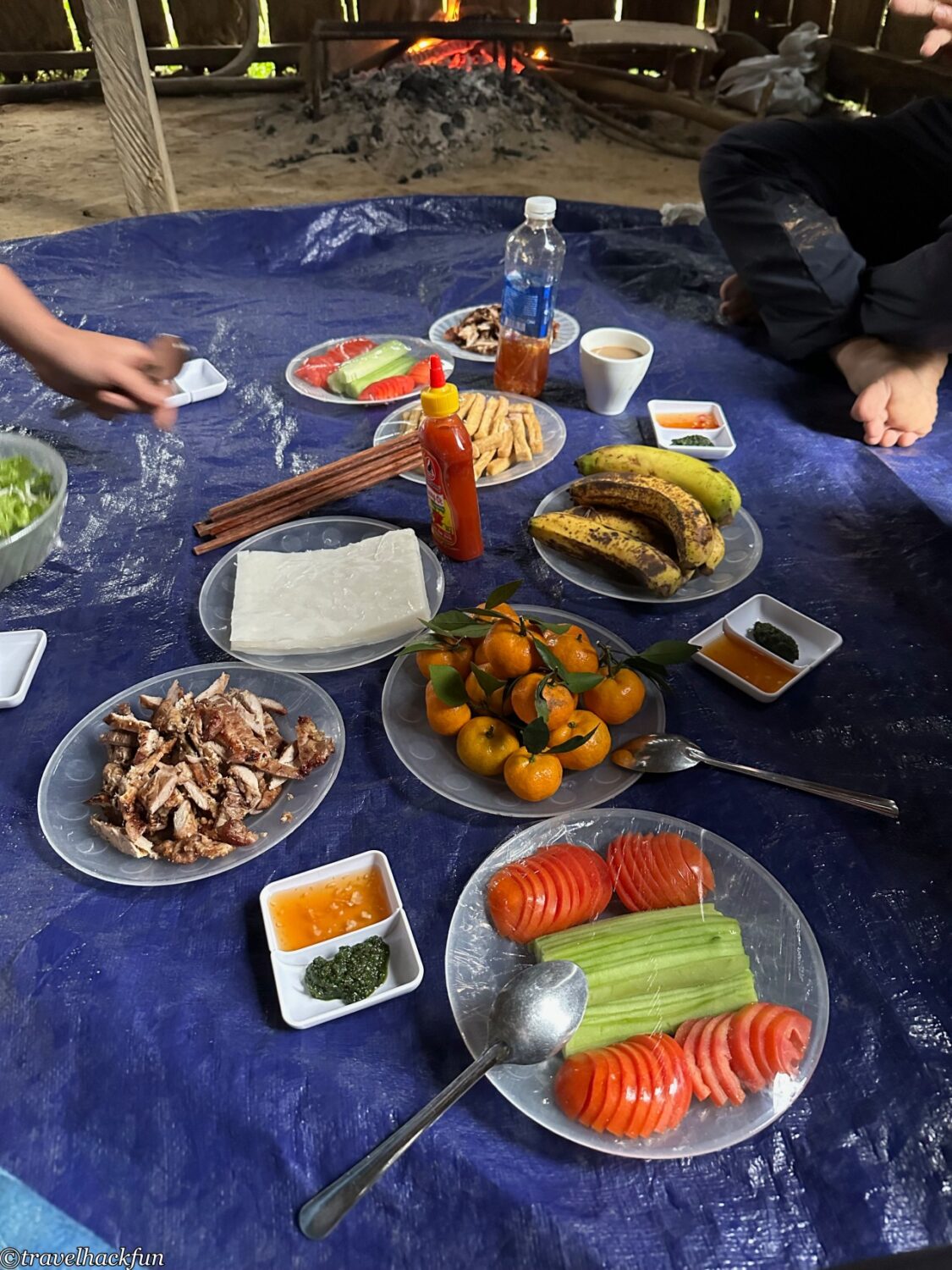
After lunch, we continued our journey to the rat cave. In the morning, we saw the small rat cave, but in the afternoon, we went to the big rat cave, which is bigger and less narrow, and more relaxing than in the morning. The limestone inside is more spectacular. The formation of limestone is a continuous process, in fact, a centimeter is 400 years long, to see these pillars, are the world's heritage left behind for a long time.
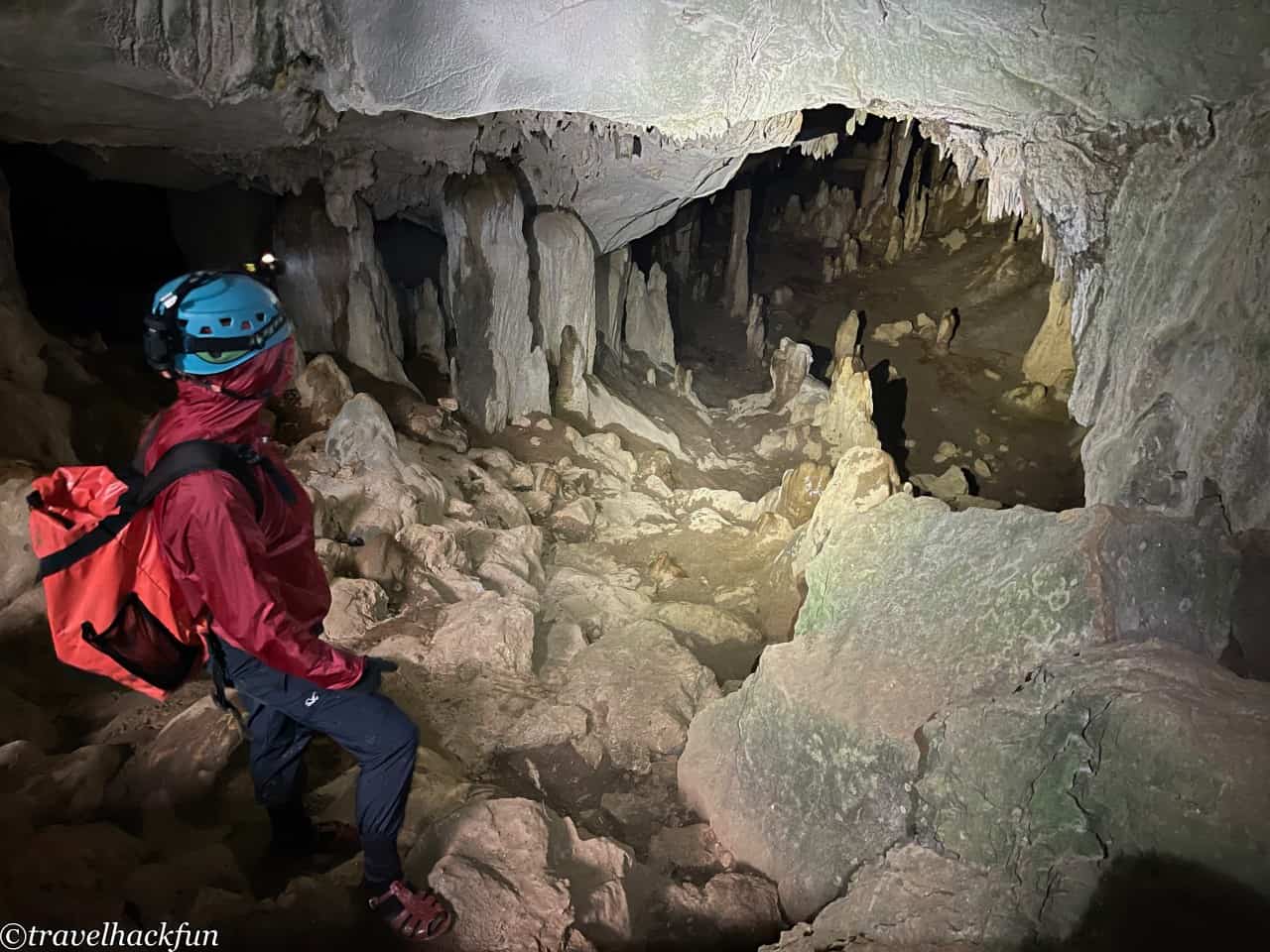

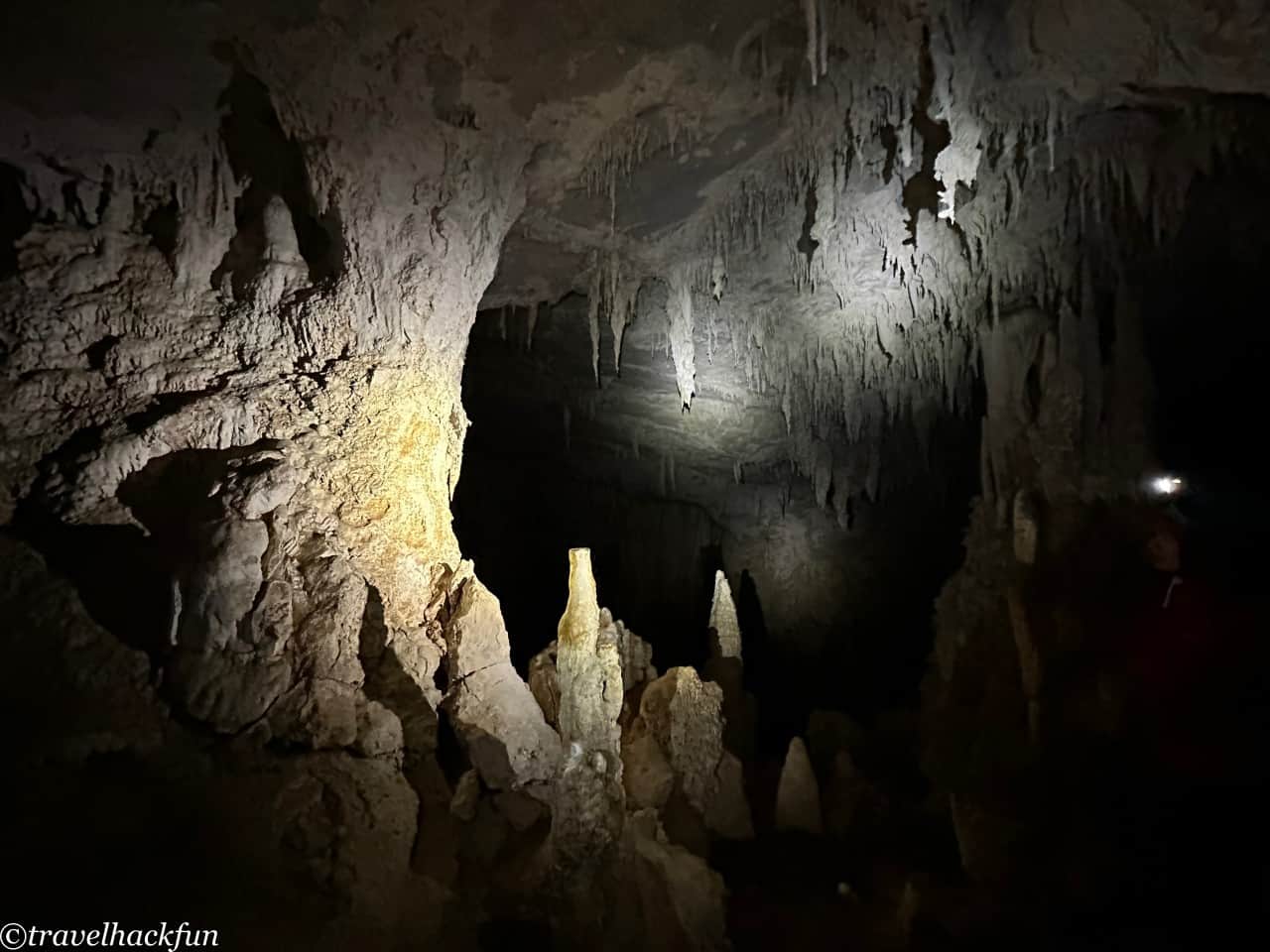



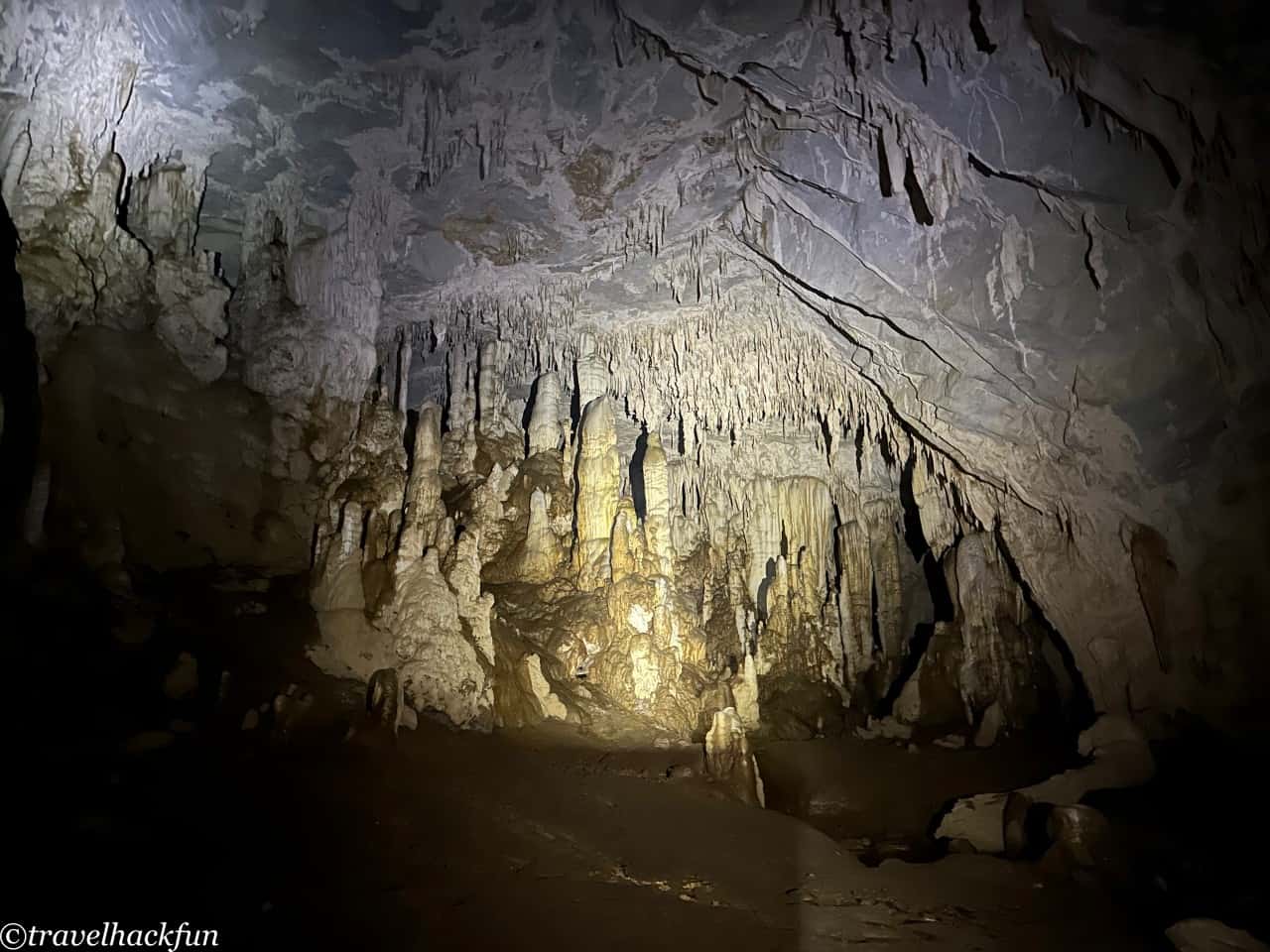
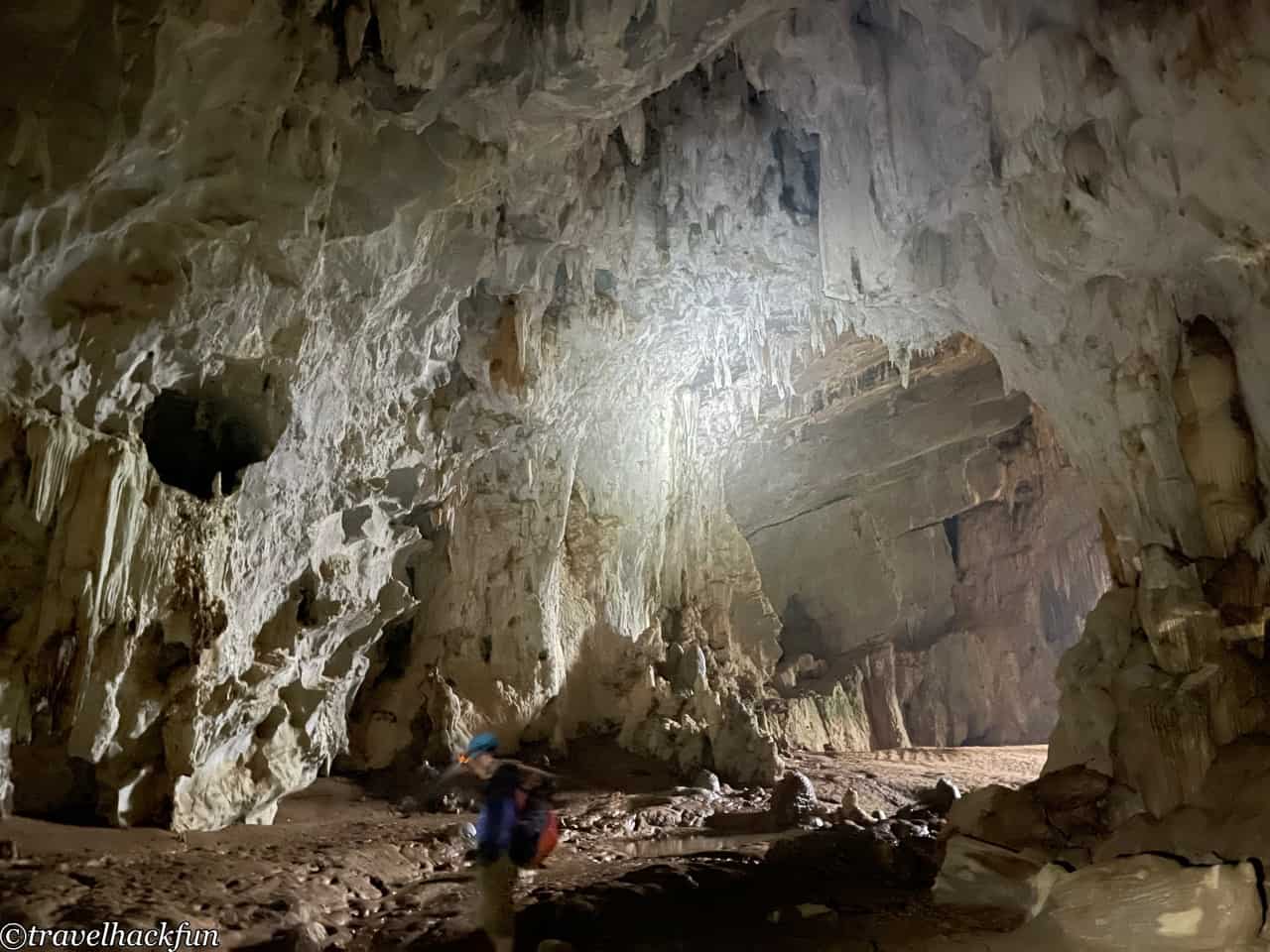
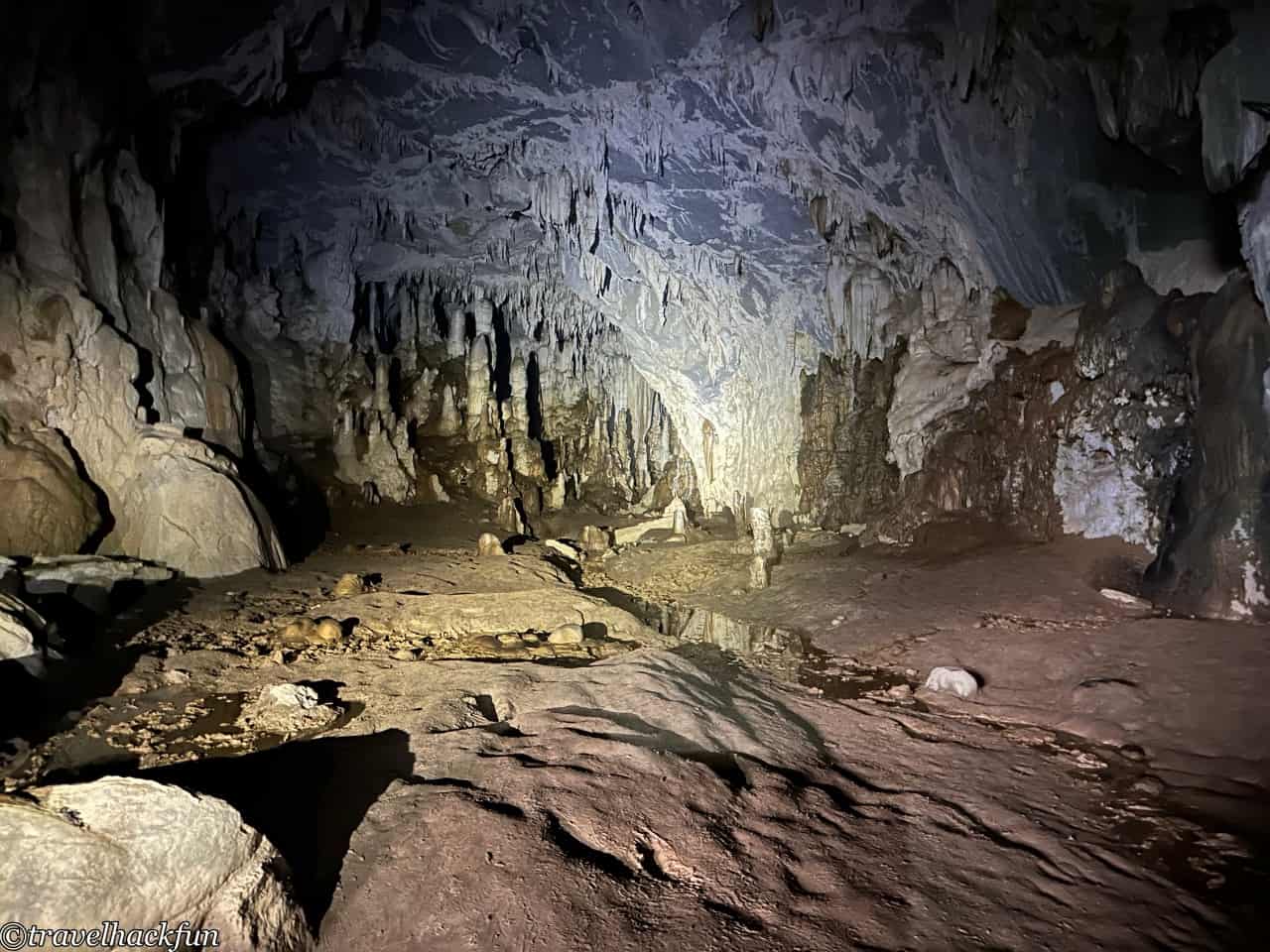

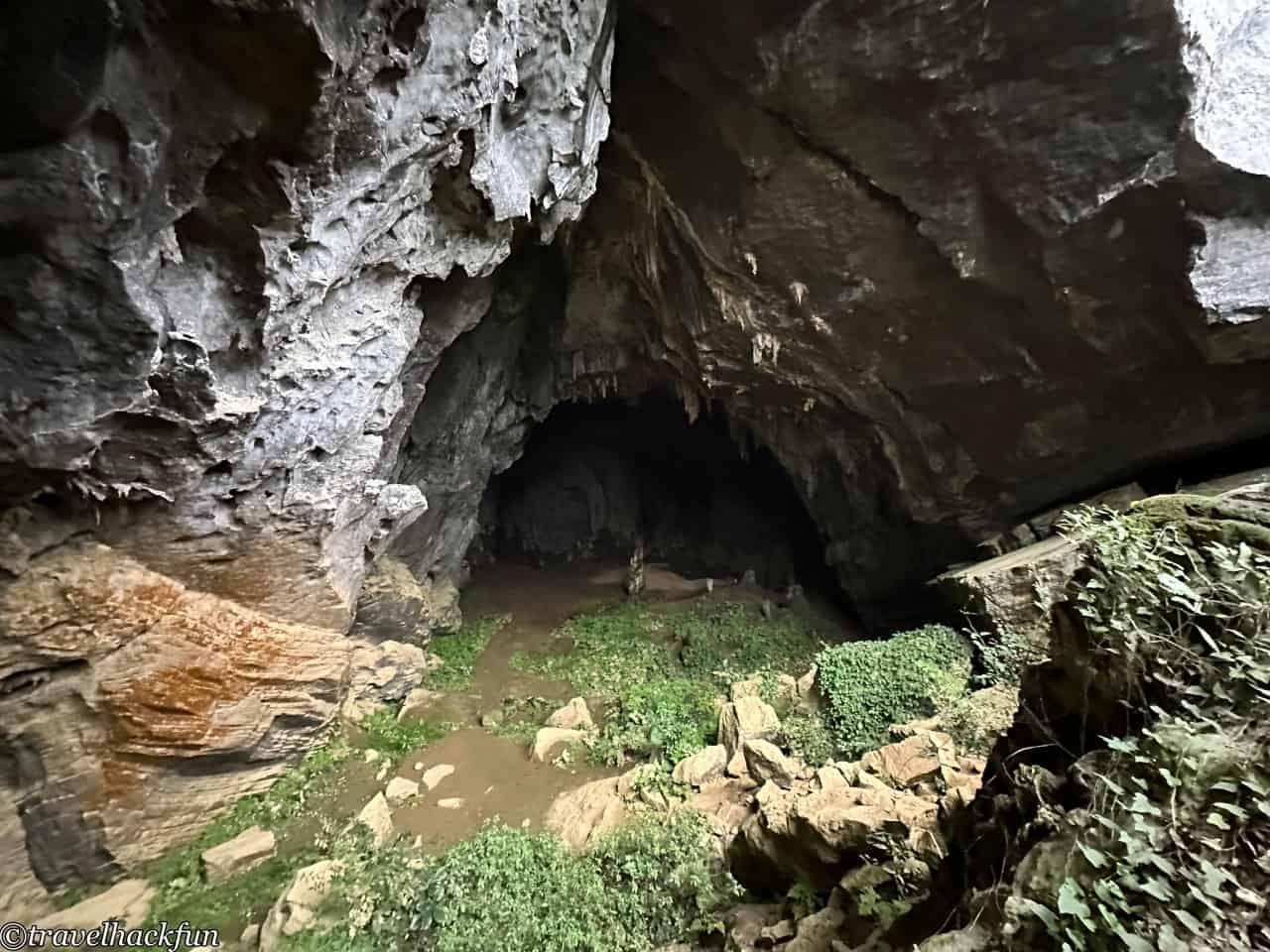
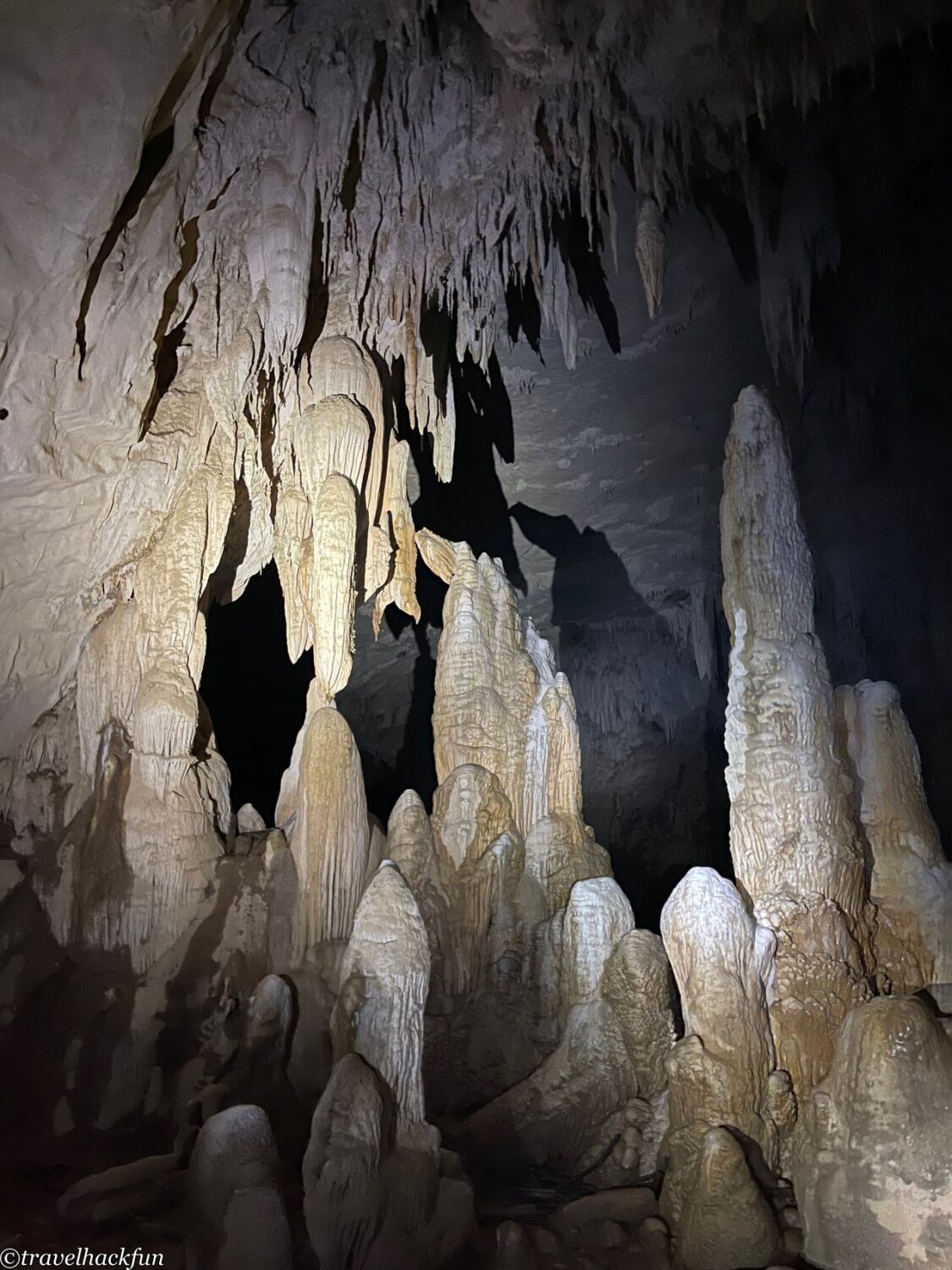
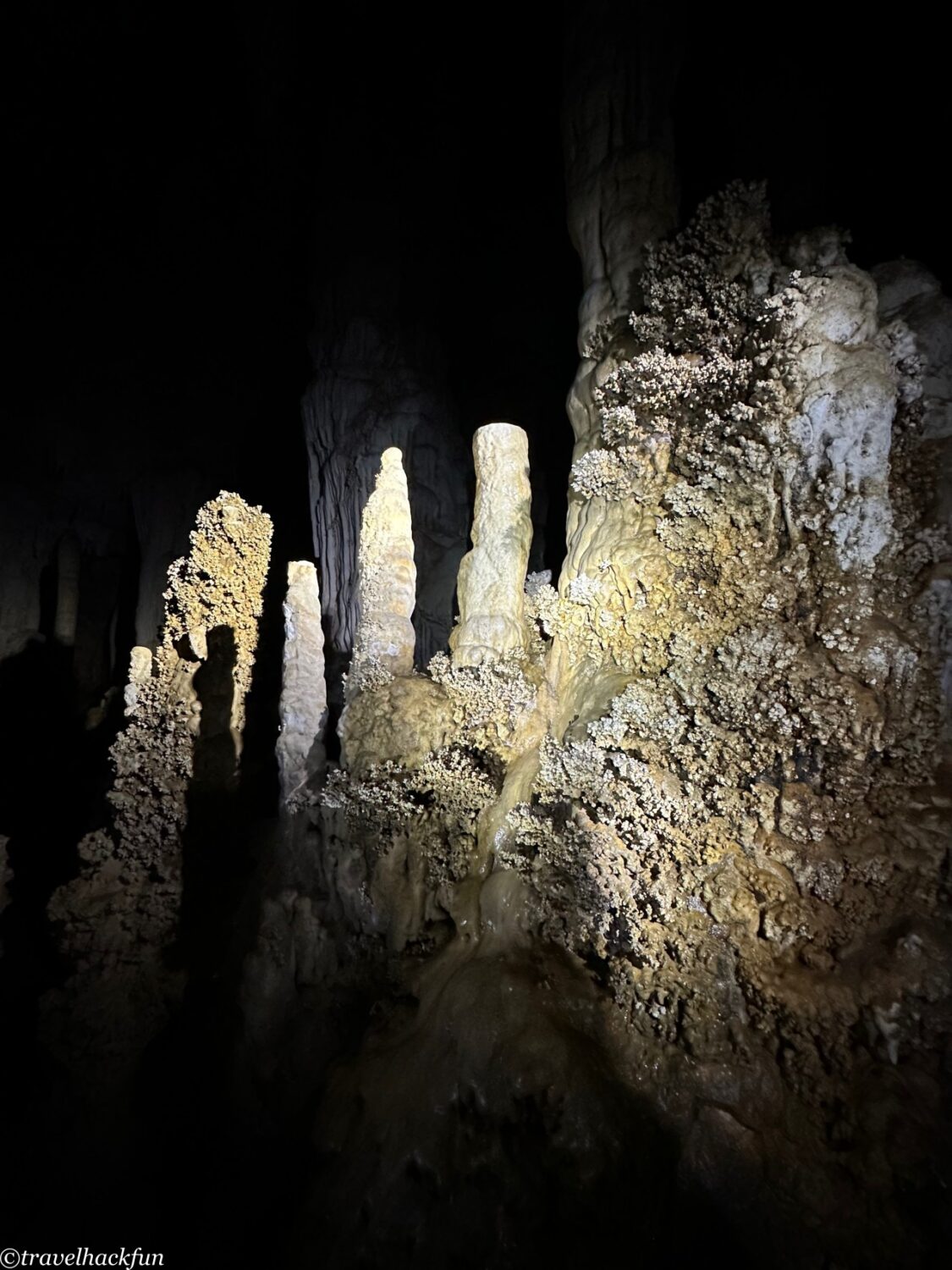
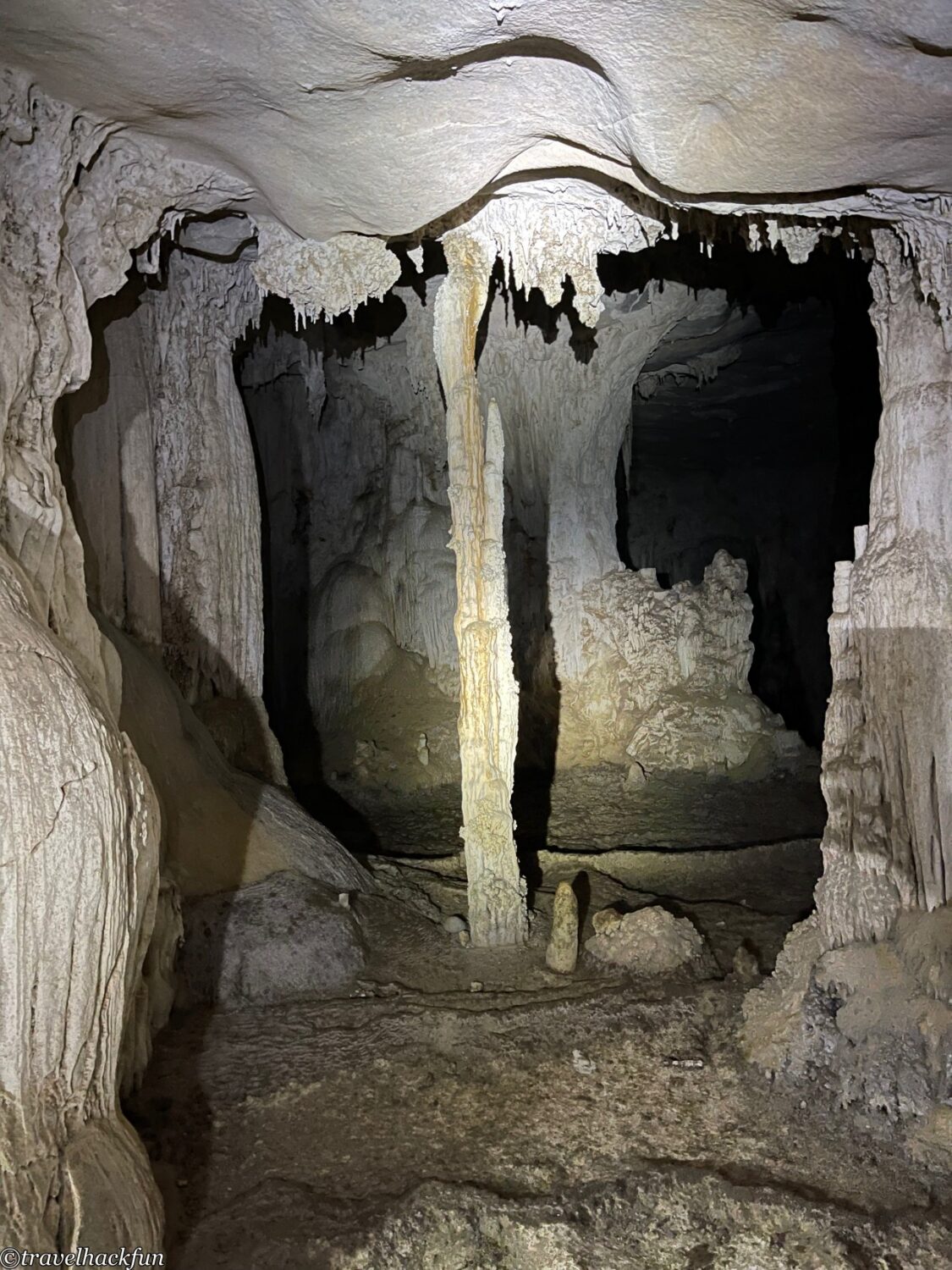
After finishing our Rat Cave expedition, we retraced the path we came in on this morning, crossing the river to head back. Upon returning to the office, we took a short break before driving back to our hotel, where each of us received a bottle of cold drink to relieve the fatigue of the day. Oxalis provides excellent facilities, including a very comfortable shower environment with towels for bathing. They also thoughtfully provide bags for dirty clothes if you wish to change.
Itinerary | Hang Tien Discovery
The Hang Tien Discovery was the second one-day tour we participated in, also part of the Tu Lan cave system. As with the first, a vehicle from Oxalis picked us up early in the morning, and this time, the guide shared different bits of knowledge. In the Phong Nha area, September and October are the flooding seasons, during which the nearby villages experience high water levels. If you look closely, you'll notice that the houses here are all elevated. Additionally, each local home usually has a small cabin outside the main house, tied with many barrels underneath. The purpose of these barrels is to allow the cabin to float on water during floods. Residents will take shelter in these cabins, surviving on the supplies stored there for a week or two until the waters recede.
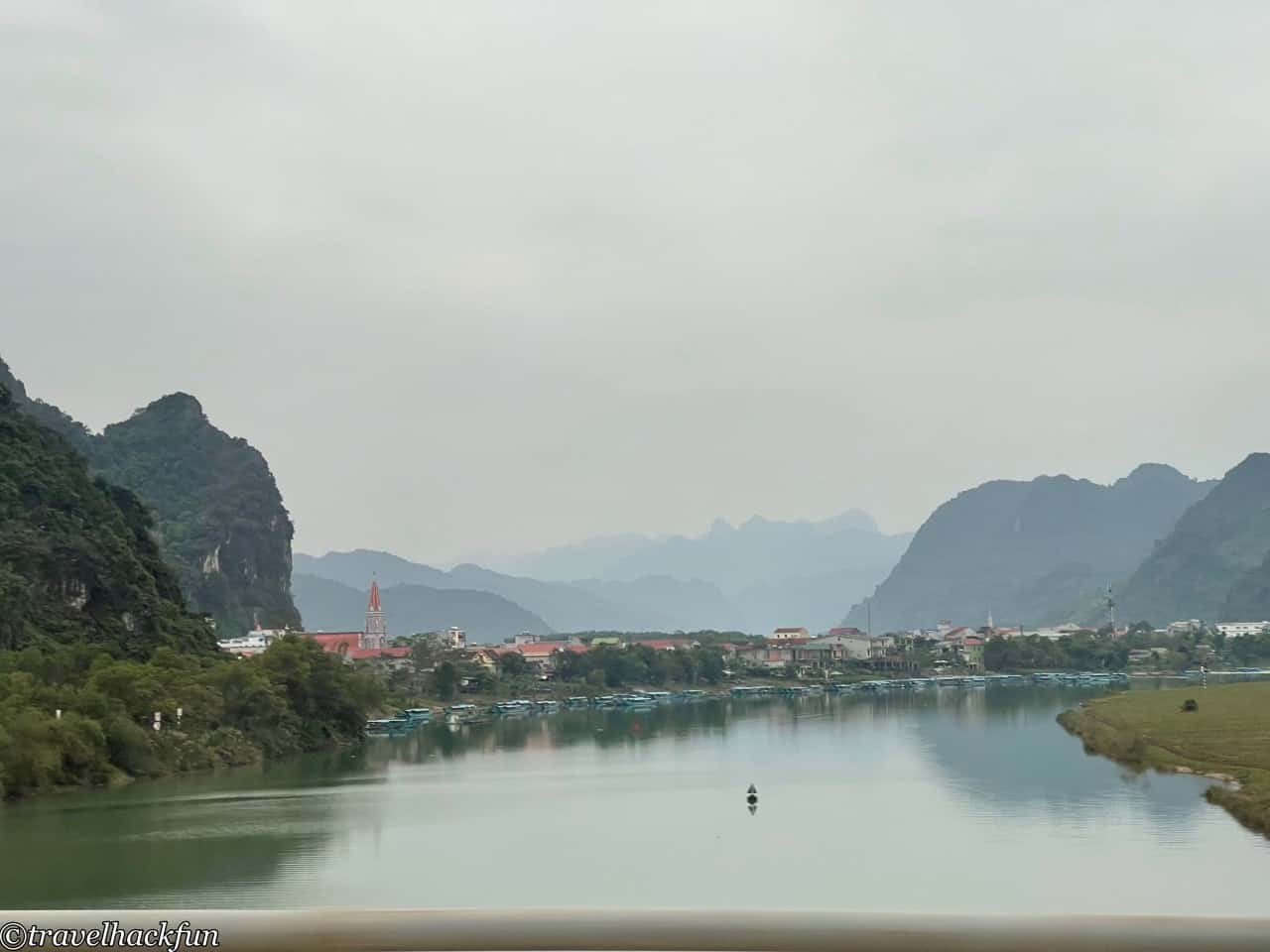

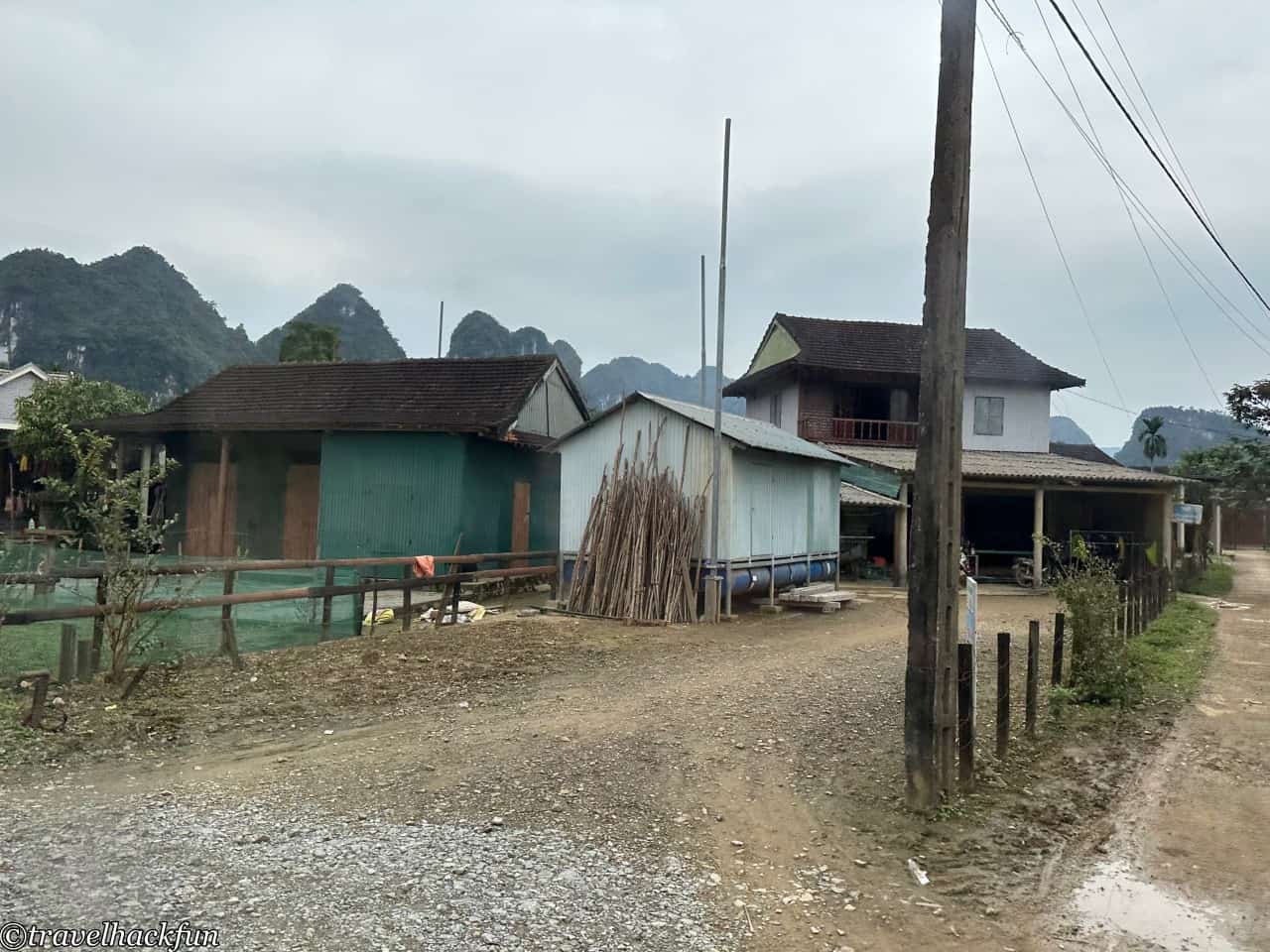
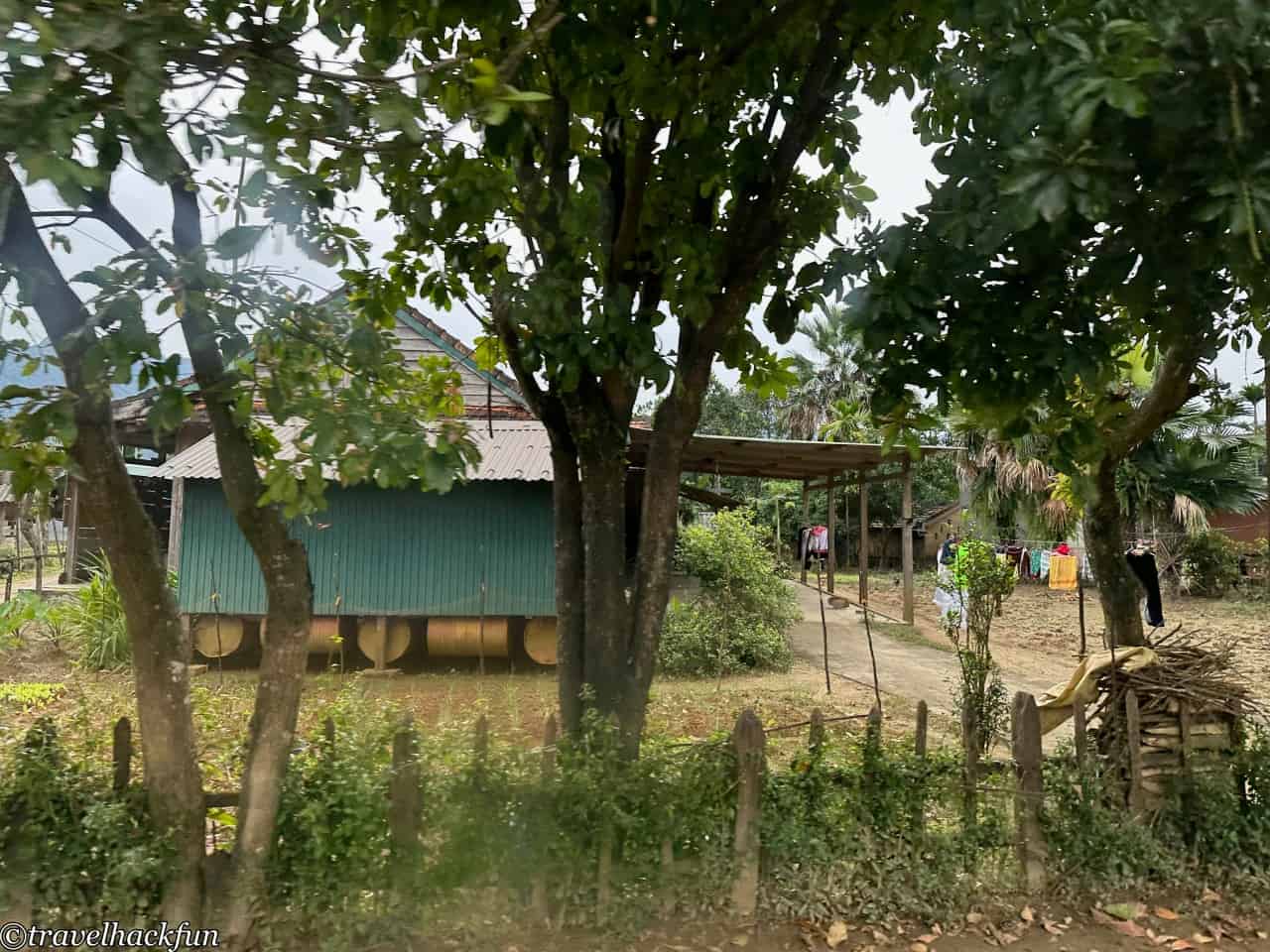
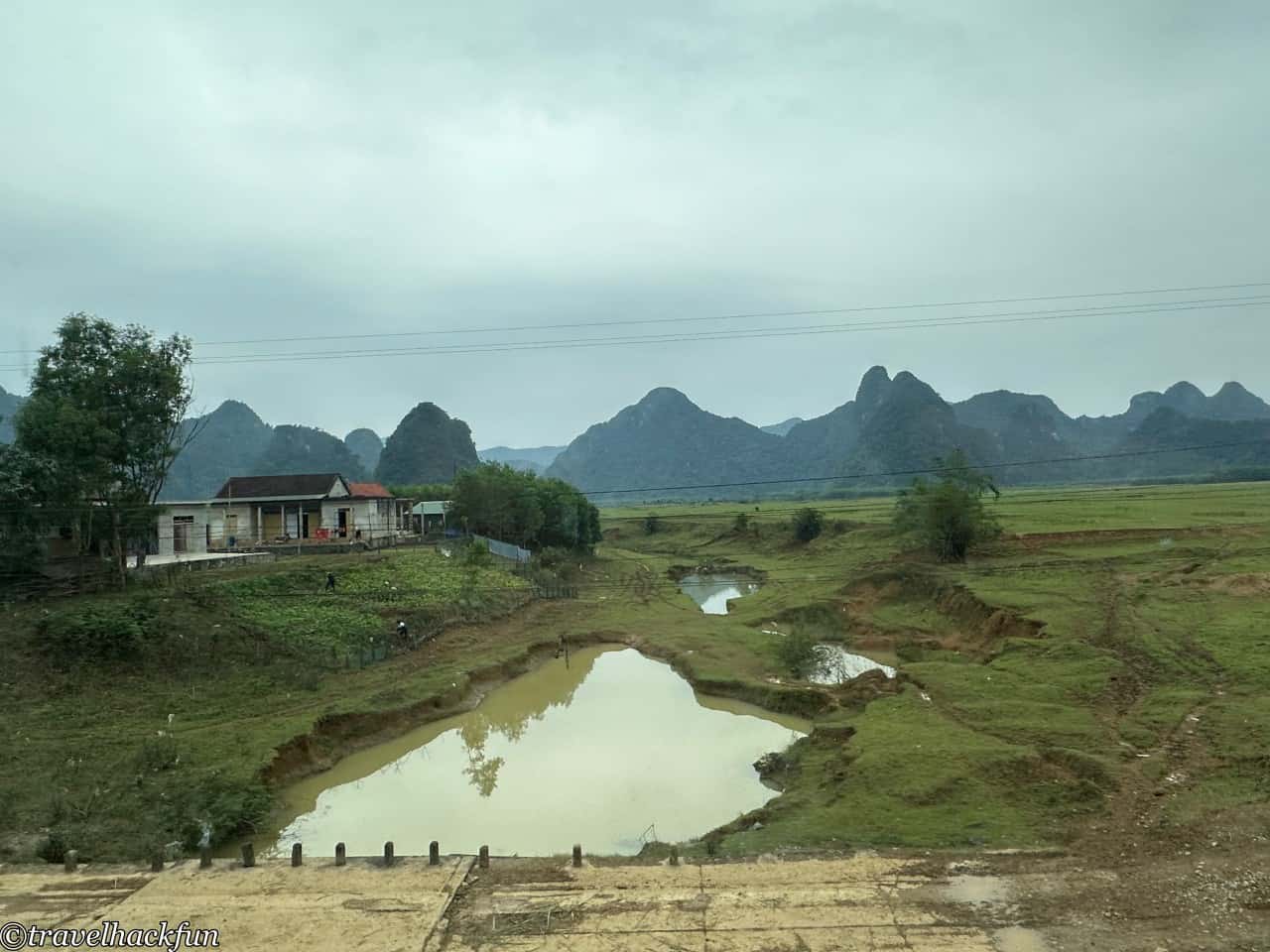
The first stop is still at the Oxalis rest stop for a briefing on the itinerary. Today's group has about seven people heading to Hang Tien Cave. This cave is much larger than the Rat Cave we visited before. We will trek a total of 8km, including 1.5km inside the cave.
After the briefing, since the cave we were heading to today was farther away, we rested for a bit before getting back on the vehicle to head to the starting point of our route. The route entered the forest right from the start. Like before, each person was accompanied by a diligent safety helper. The weather was good that day, and the ground was dry, so we just wore the hiking shoes we brought, making it much easier to walk. The first half of the journey was mostly steep uphill climbs. Although it wasn't muddy, we still needed a bit of assistance from time to time.
The guide continued to explain the ecology of the forest as we walked. For example, we saw trees that looked like bamboo along the path, and the guide told us they are paper trees, which are common economic crops in the area. They are harvested for paper after growing for five years. As we talked, we climbed several kilometers to the entrance of the mountain cave. We rested on the rocks at the cave entrance, replenishing our energy with snacks provided by the assistants while putting on the necessary equipment like safety helmets and headlamps for entering the cave. At the same time, we took the opportunity to enjoy the mountain scenery. It will require more physical strength once we enter.
The entrance is high up, and we have to climb the rocks to get in. Originally hidden deep within the mountain, this cave was only revealed due to tectonic shifts, so entering it also requires some physical effort. In fact, there are just too many caves, large and small, in Phong Nha, and so far only 40% have been explored. Some places are like this cave, hidden deep in the mountains, while in other places, the existence of caves is known but their entrances have not yet been found. Therefore, Vietnam is still collaborating with British teams, with the British expedition team coming every year to continue researching and finding more cave entrances, measuring their sizes, and so on.

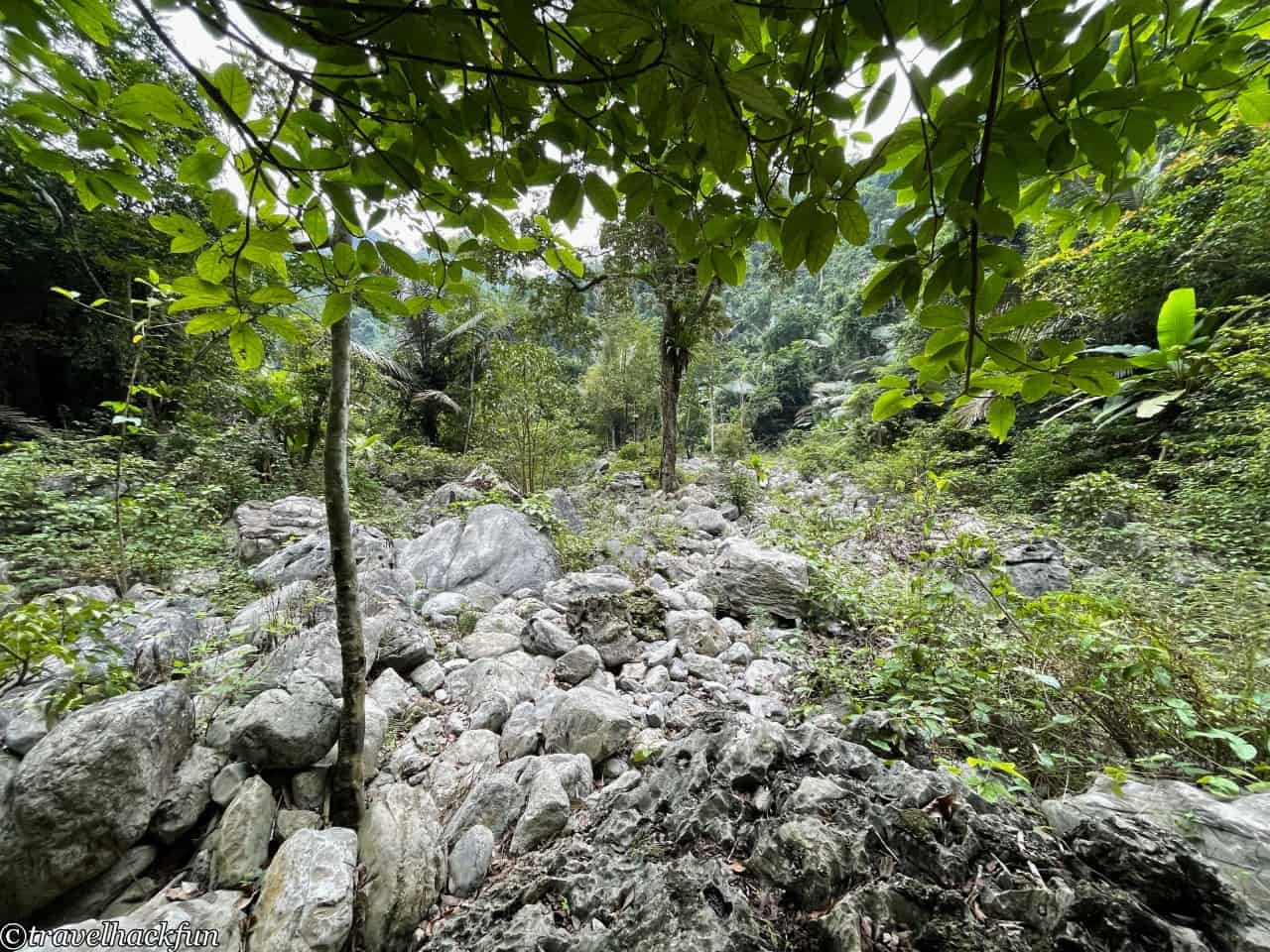
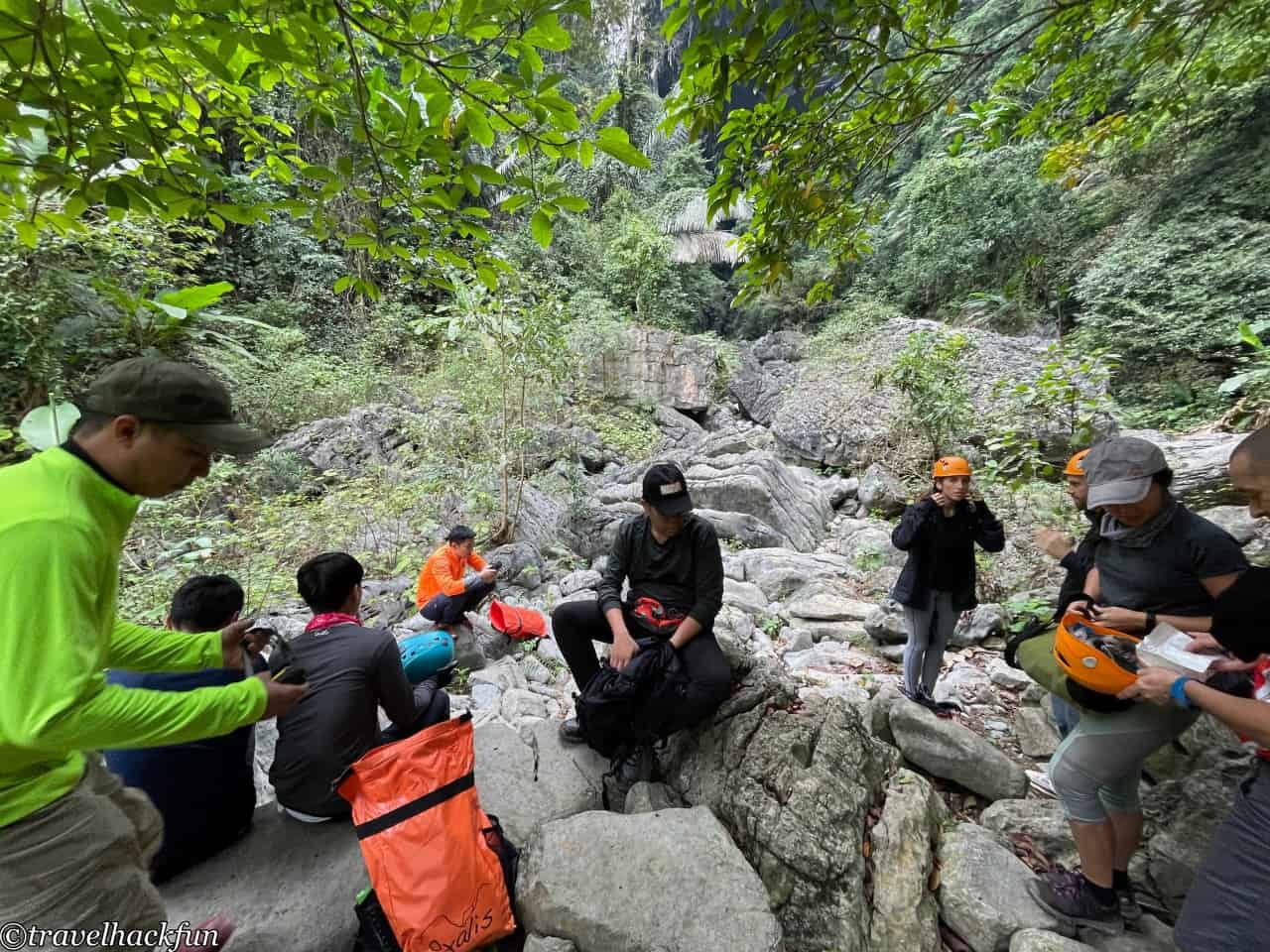

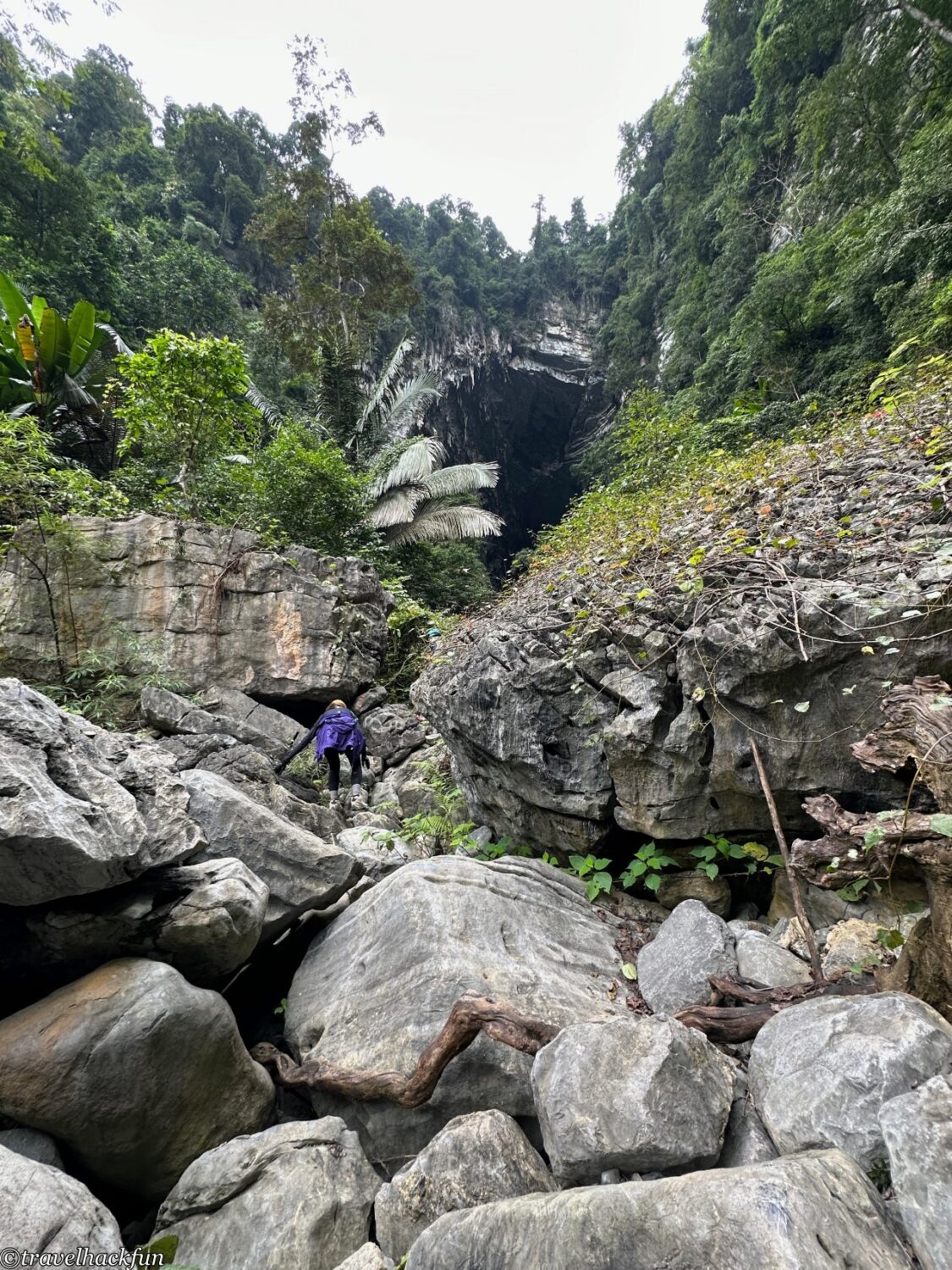
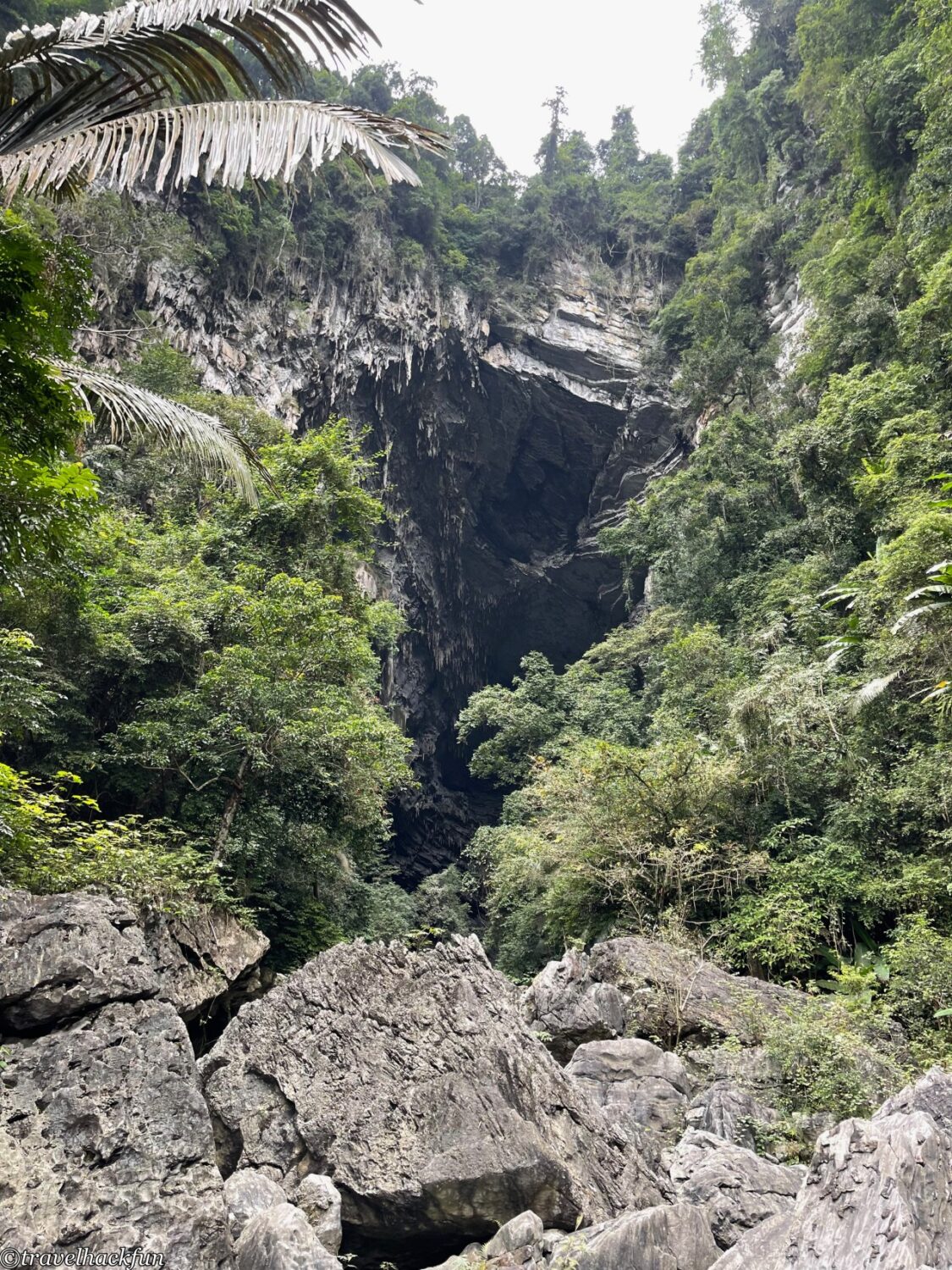
After climbing the rocks, the entrance to the cave is actually quite large. The ground is initially quite rugged, but as you go further in, it turns into a sand beach, which is somewhat easier to walk on. There are many points of interest here, we know that the texture of the stones is the result of water erosion, and here, because of the sunlight, these textures can be seen even more clearly.
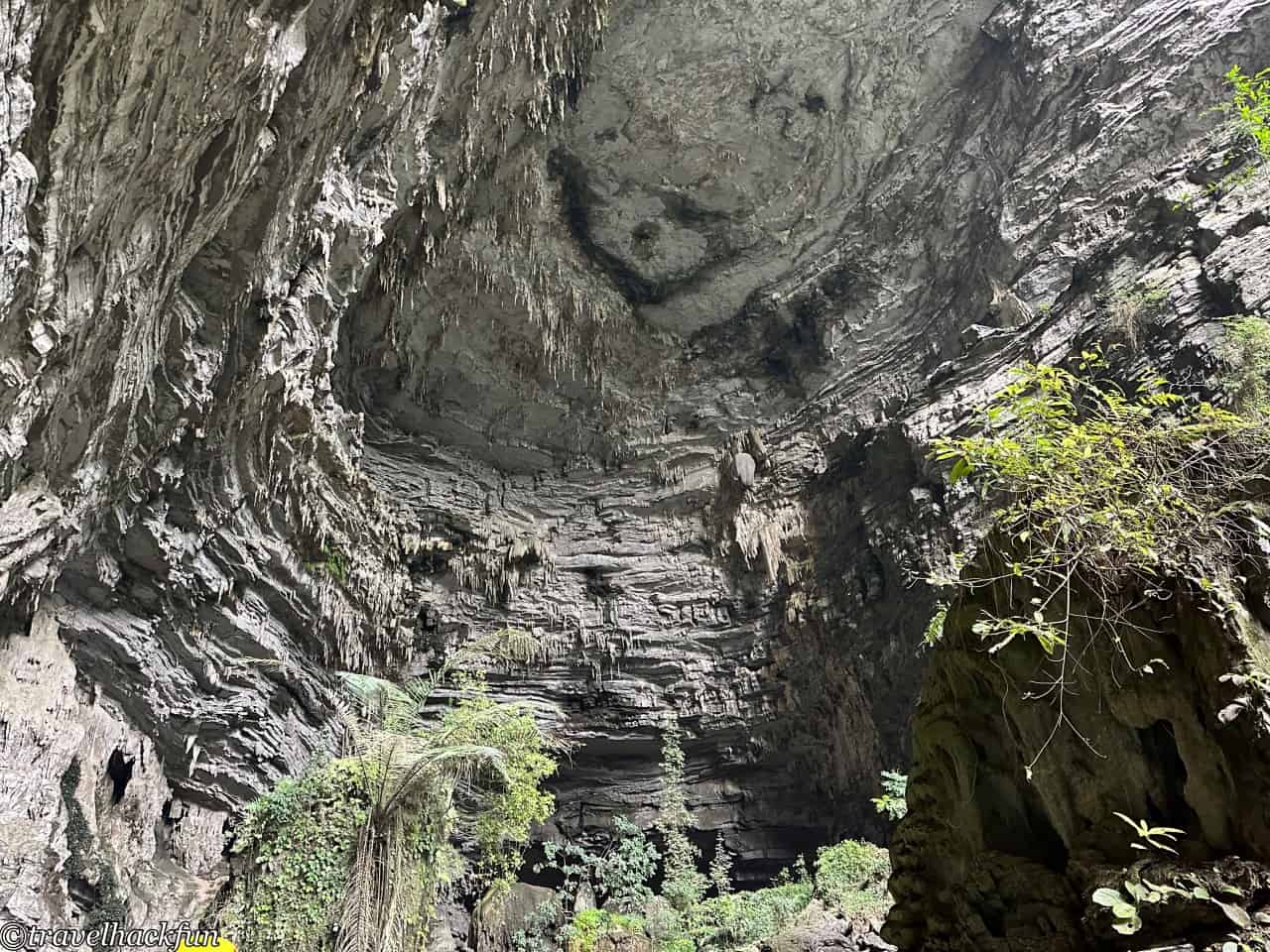
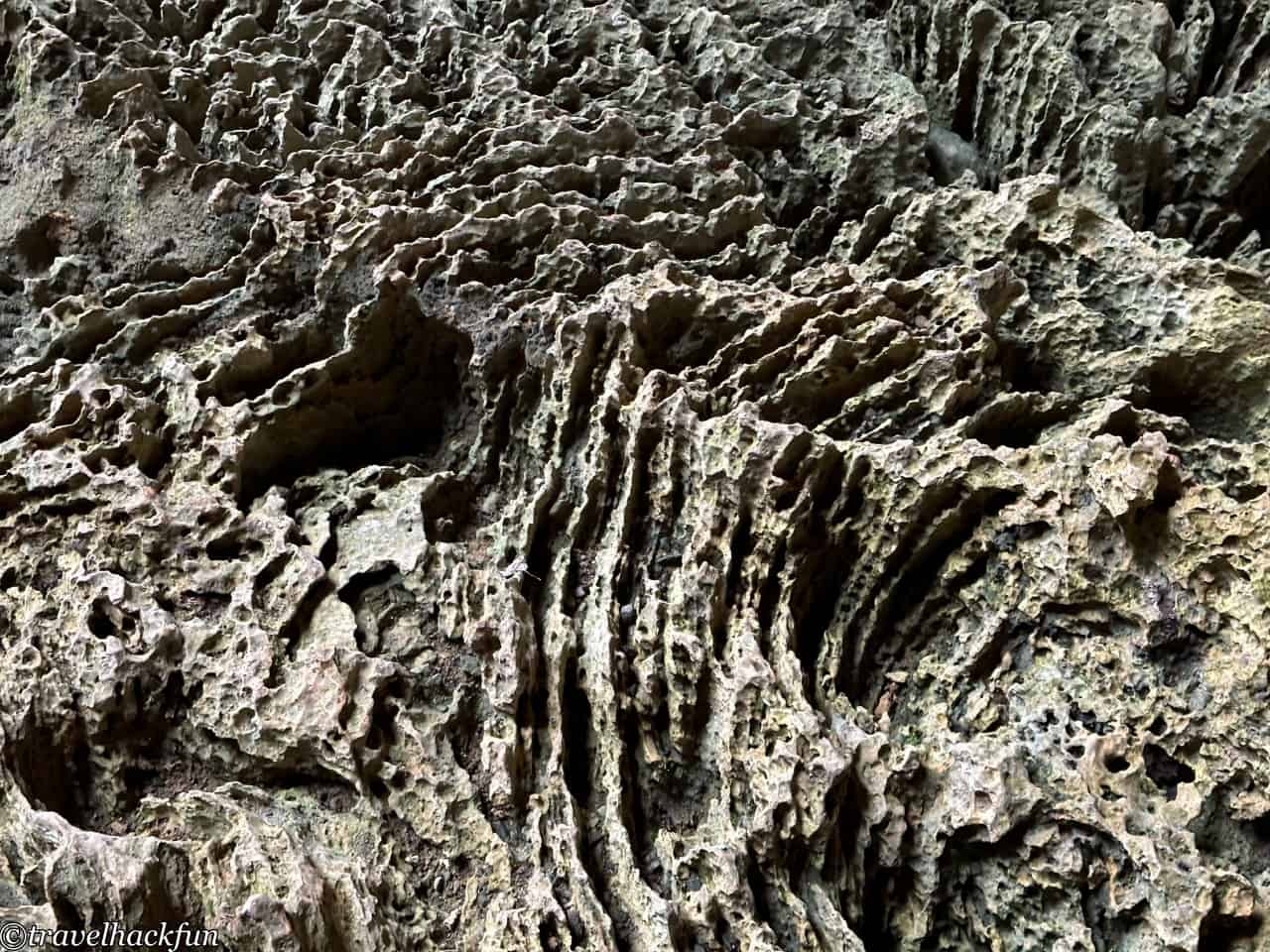
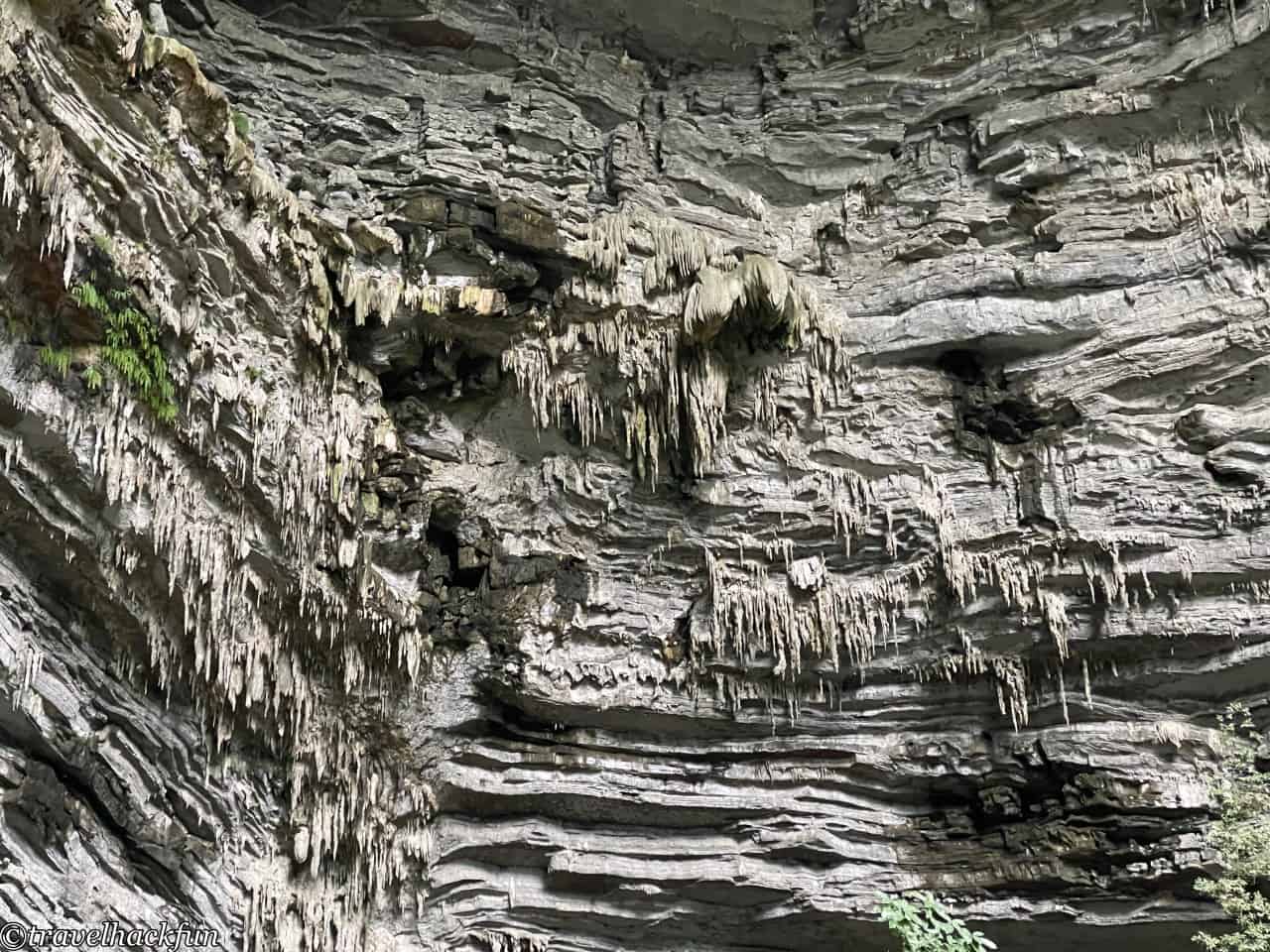
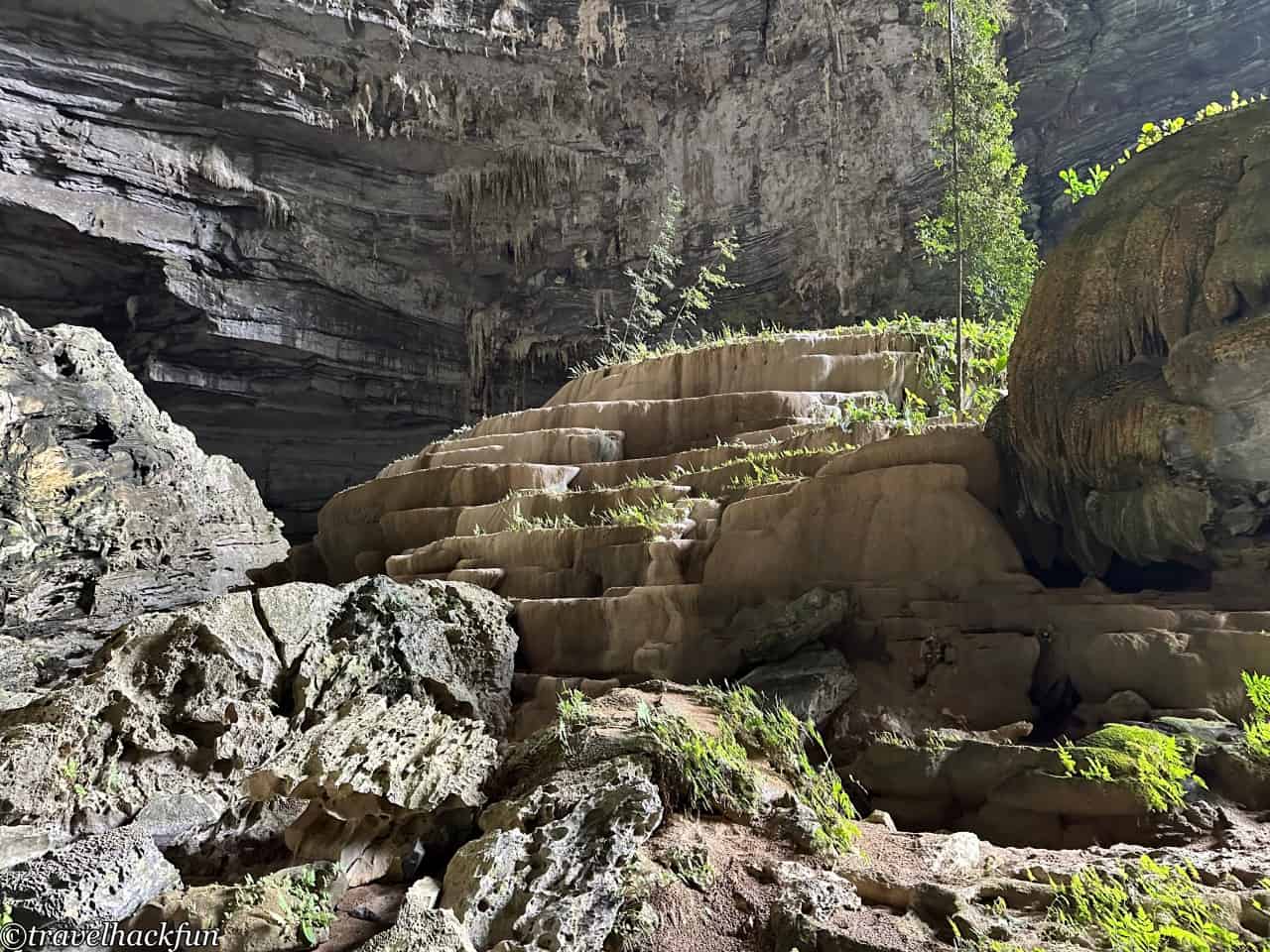
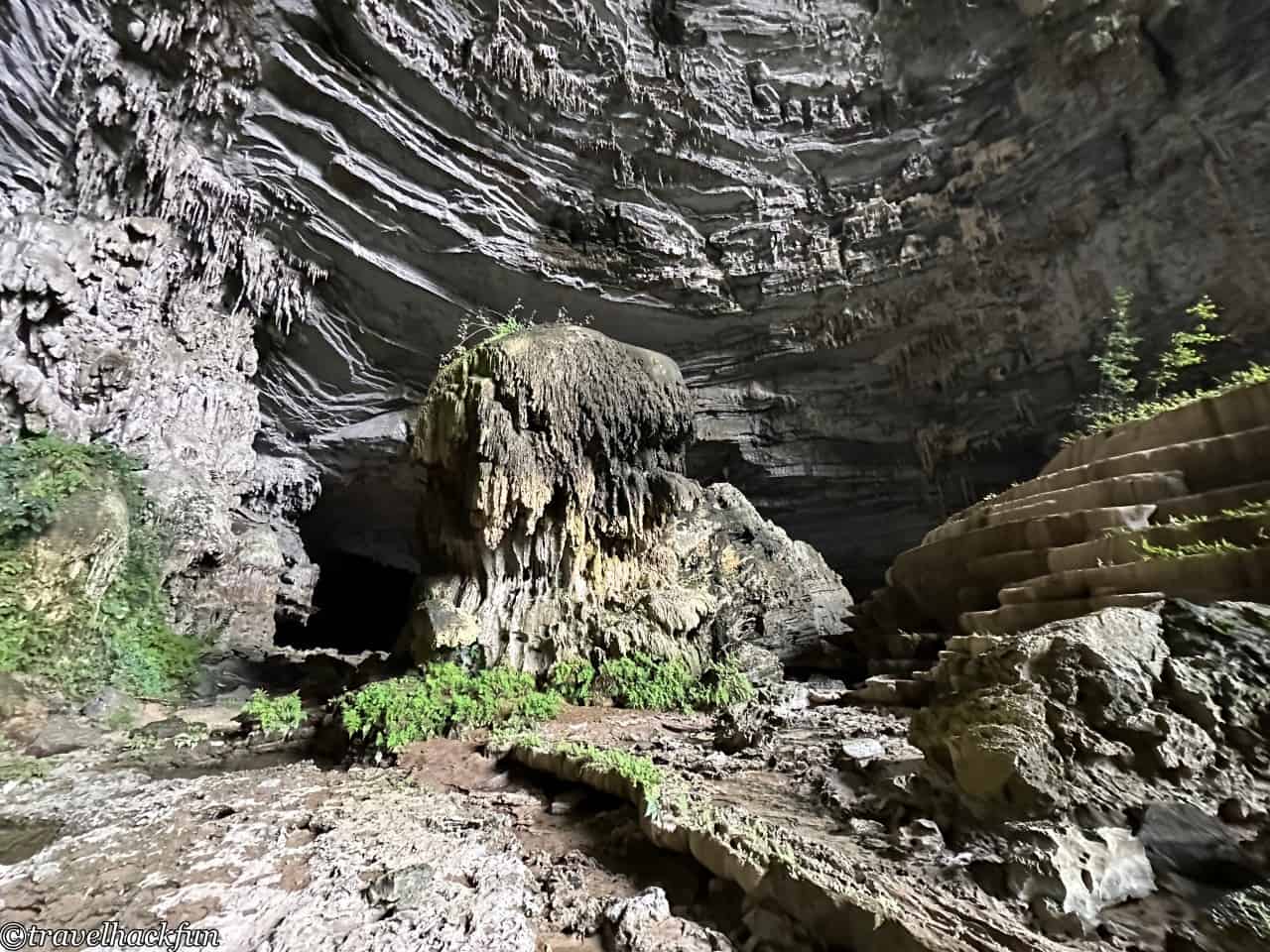
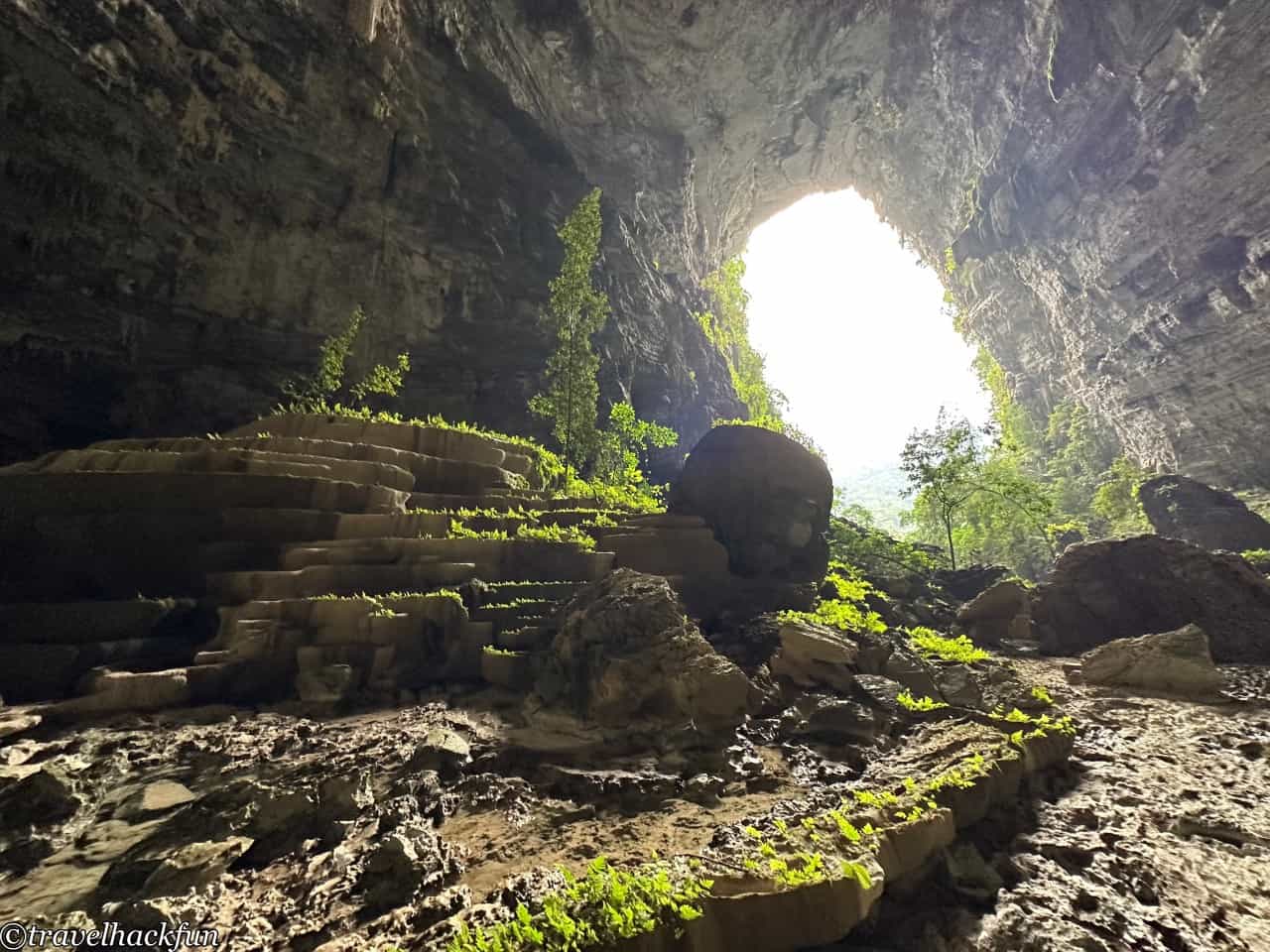
Just a short walk in, and you can see the hallmark view of Hang Tien Cave, which is quite spectacular. This cave is not only much larger than any we have seen before, but the ceiling also has a fantastical appearance. Hang Tien Cave is actually a very large cave system. On our day trip, we only covered a return distance of 1.5 km, which is merely scratching the surface.
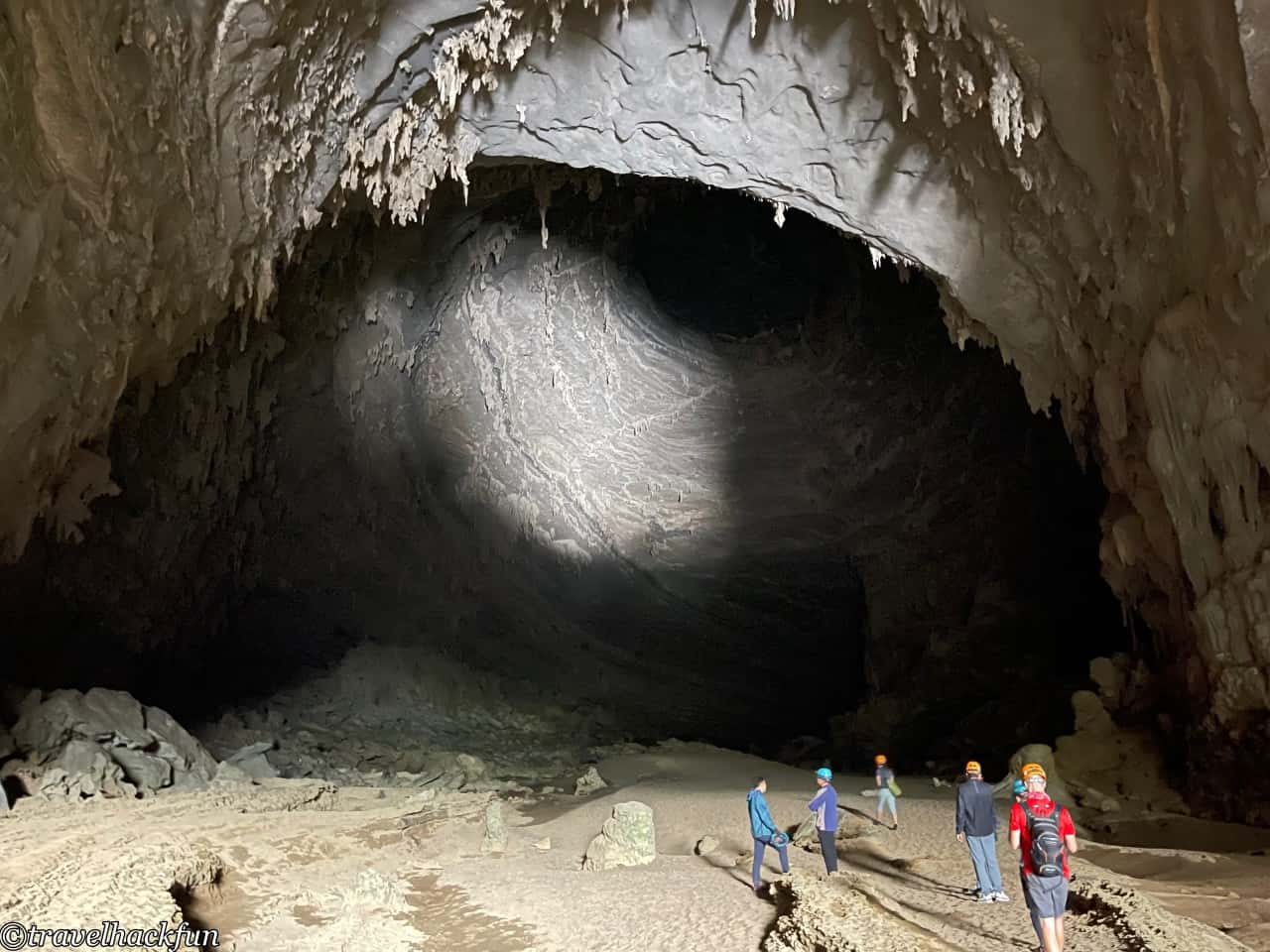
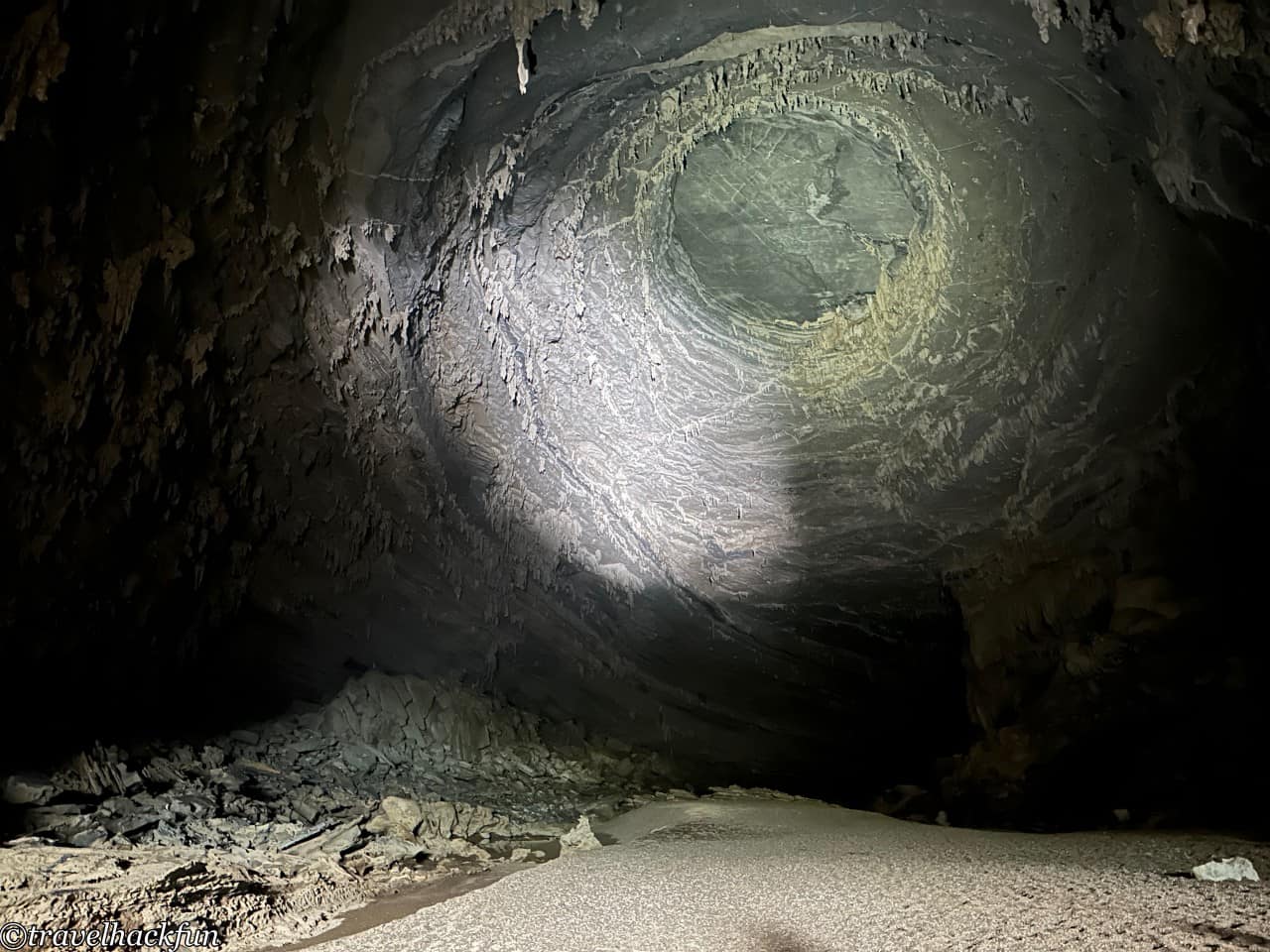
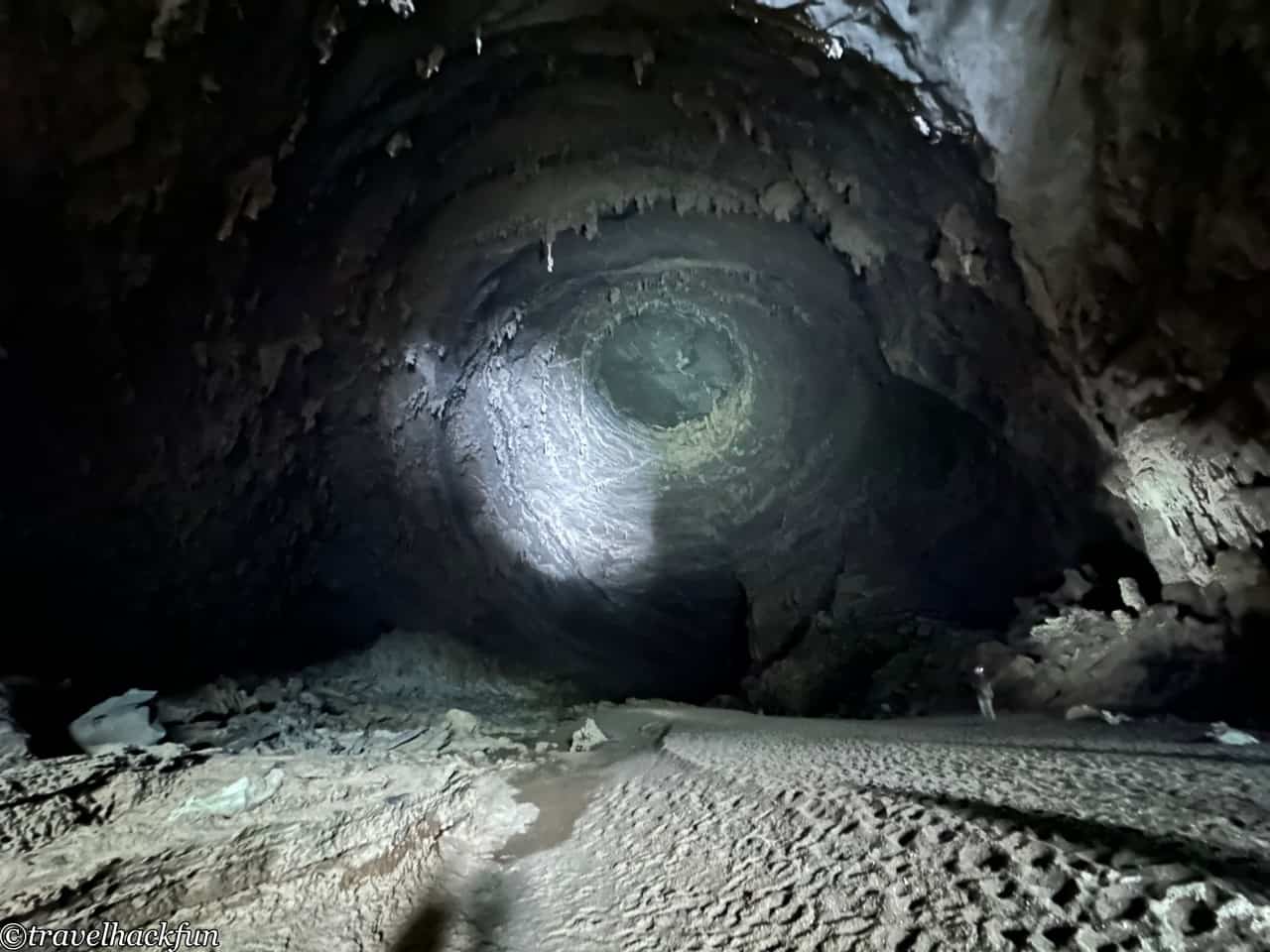
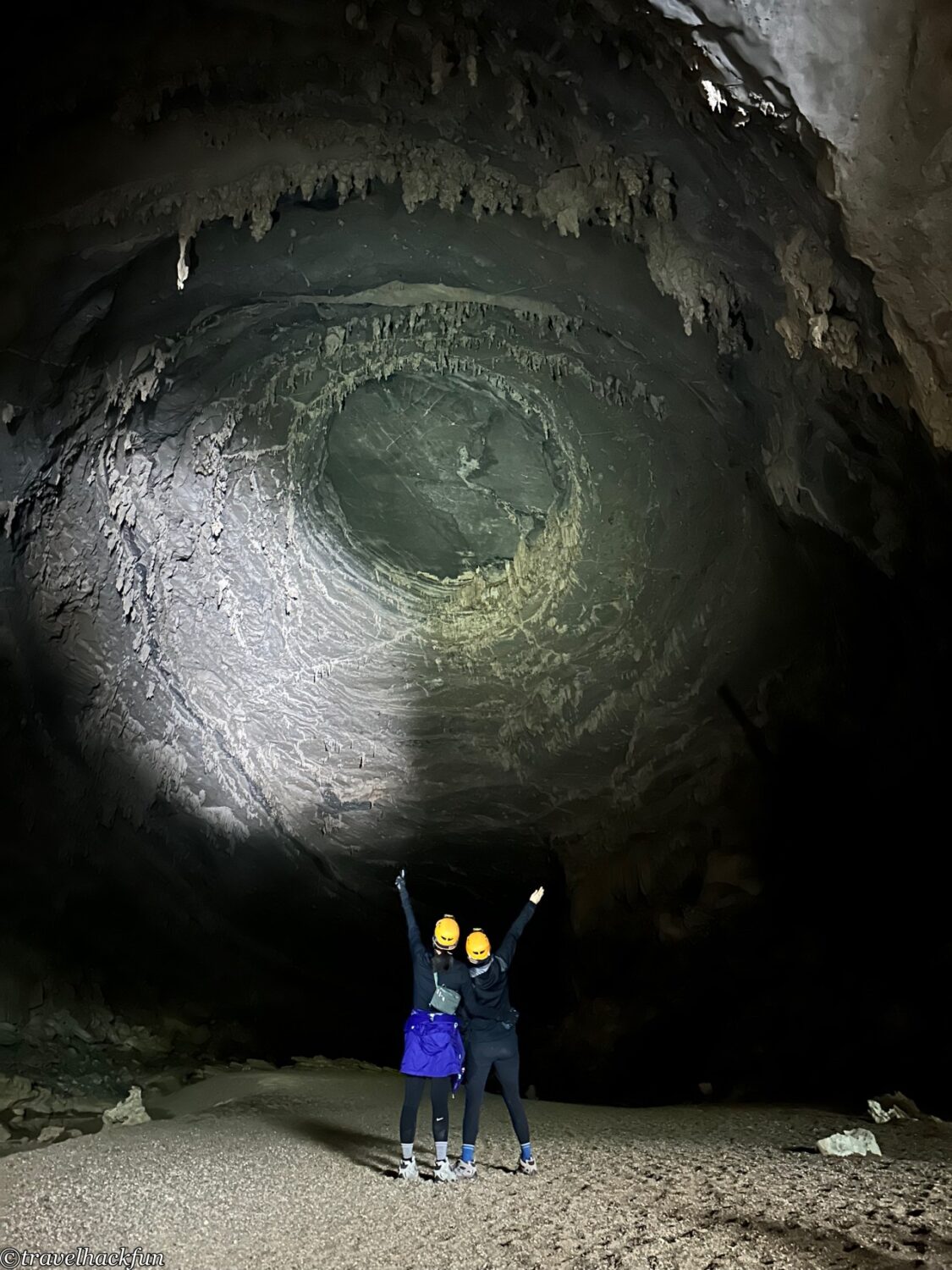
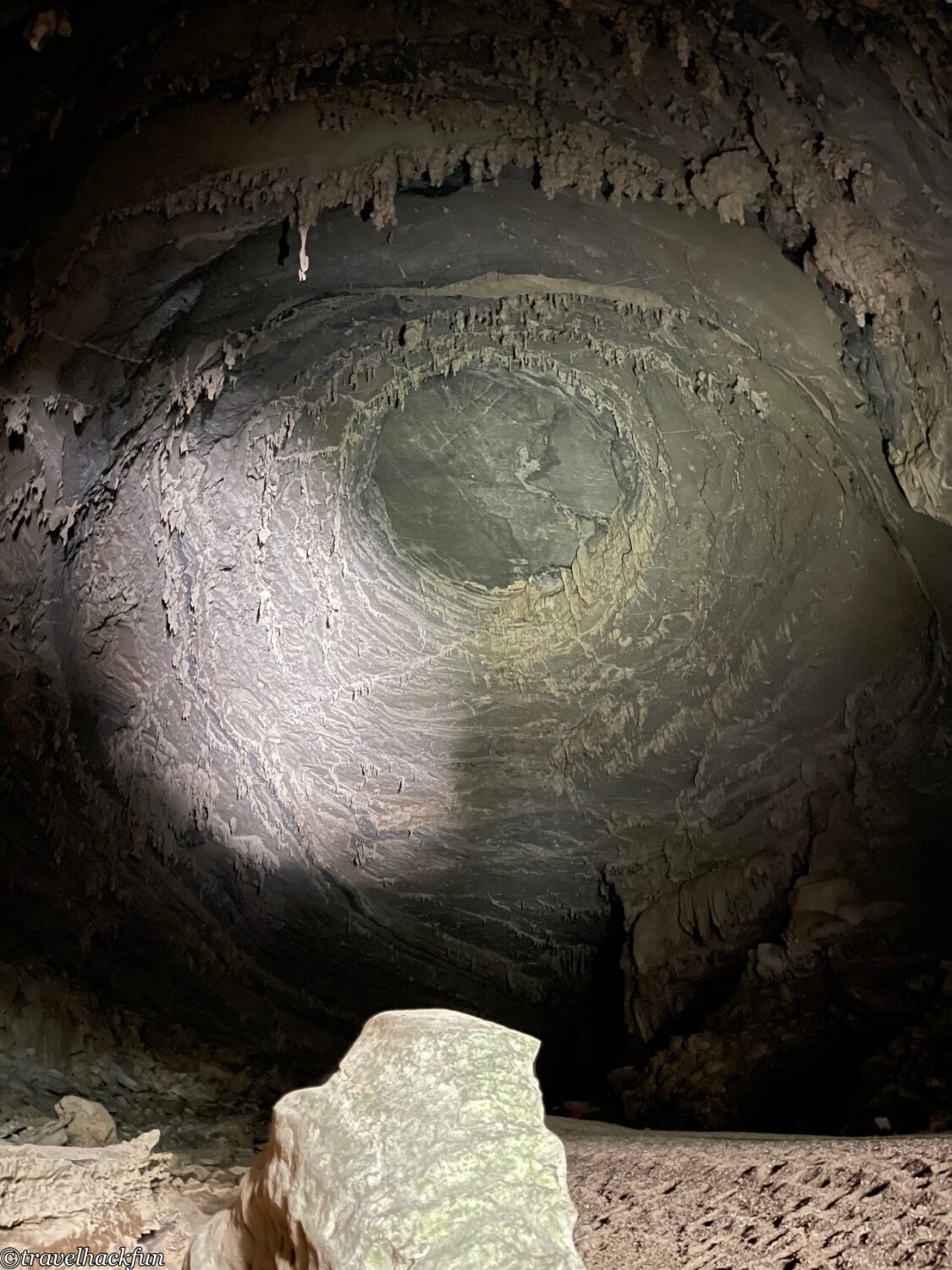
Then we went deeper. The cave had water in it, and many places formed terraced pools. We walked across a large beach. The terrain in the middle was quite rough, with ups and downs. In some parts, we climbed over the "backbone" along the rock walls, and then we had to climb up higher stone walls, which was quite thrilling. In fact, it's hard to describe the wonders of the dark cave. There were many amazing places, but we were busy using both hands and didn't have much opportunity to take photos, so we'll just have to leave it up to everyone to explore for themselves. Eventually, we reached a waterfall inside the cave, with a loud sound of water. The guide asked us all to sit down beside the waterfall and turn off our headlamps to listen to the sound of the rushing river. In the pitch darkness where you couldn't see your own hands, you could still feel the magic of nature.
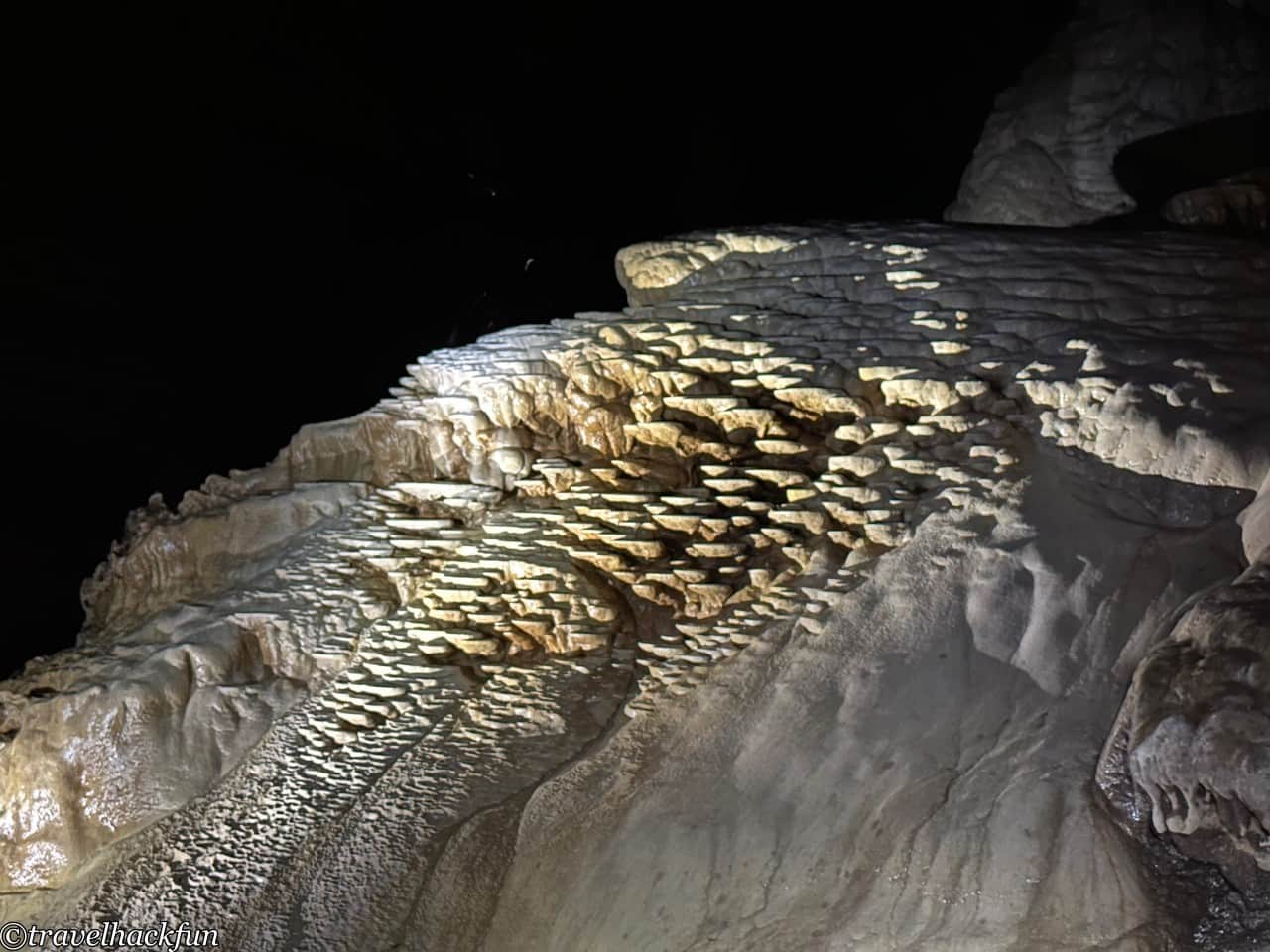
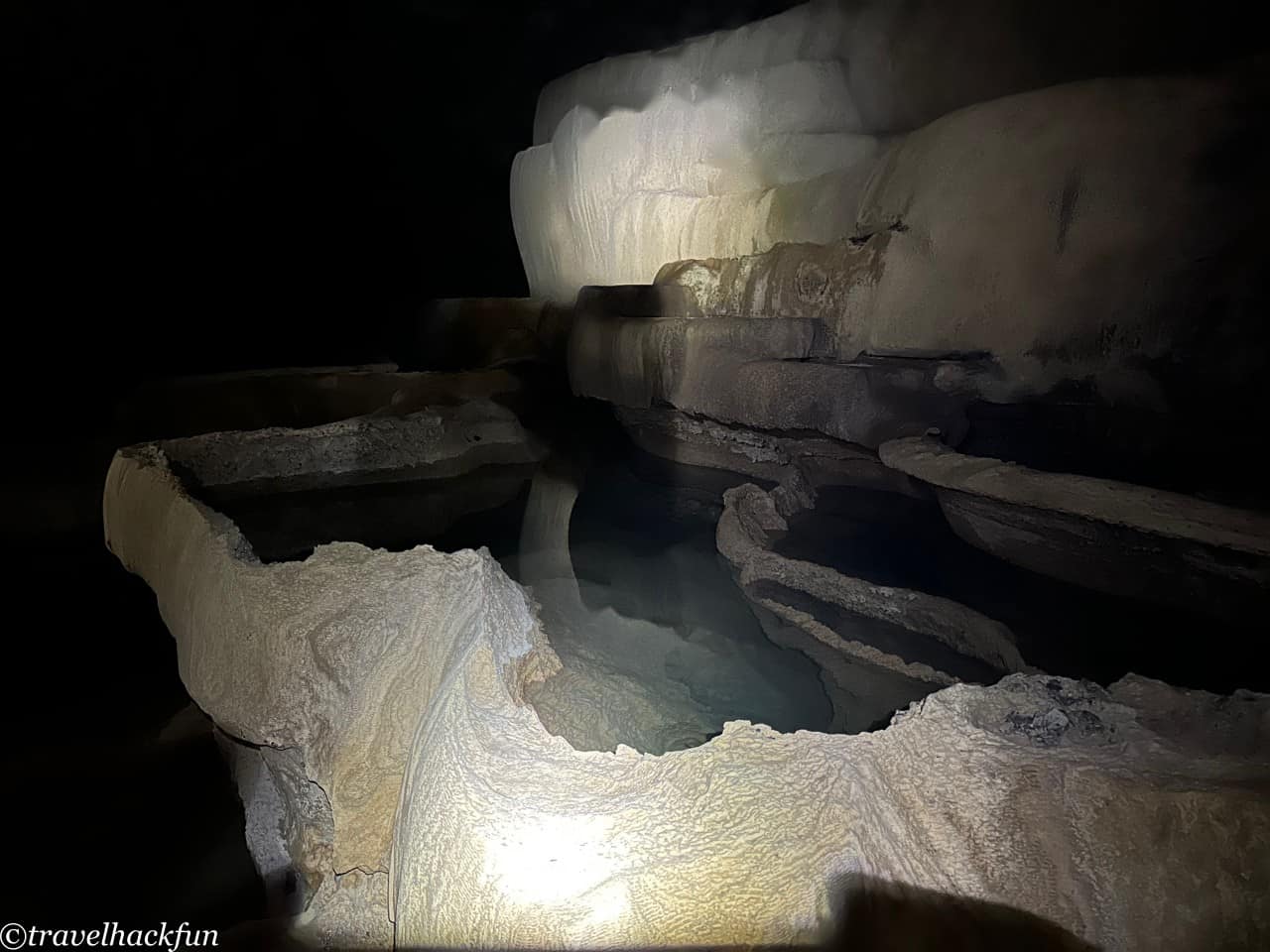
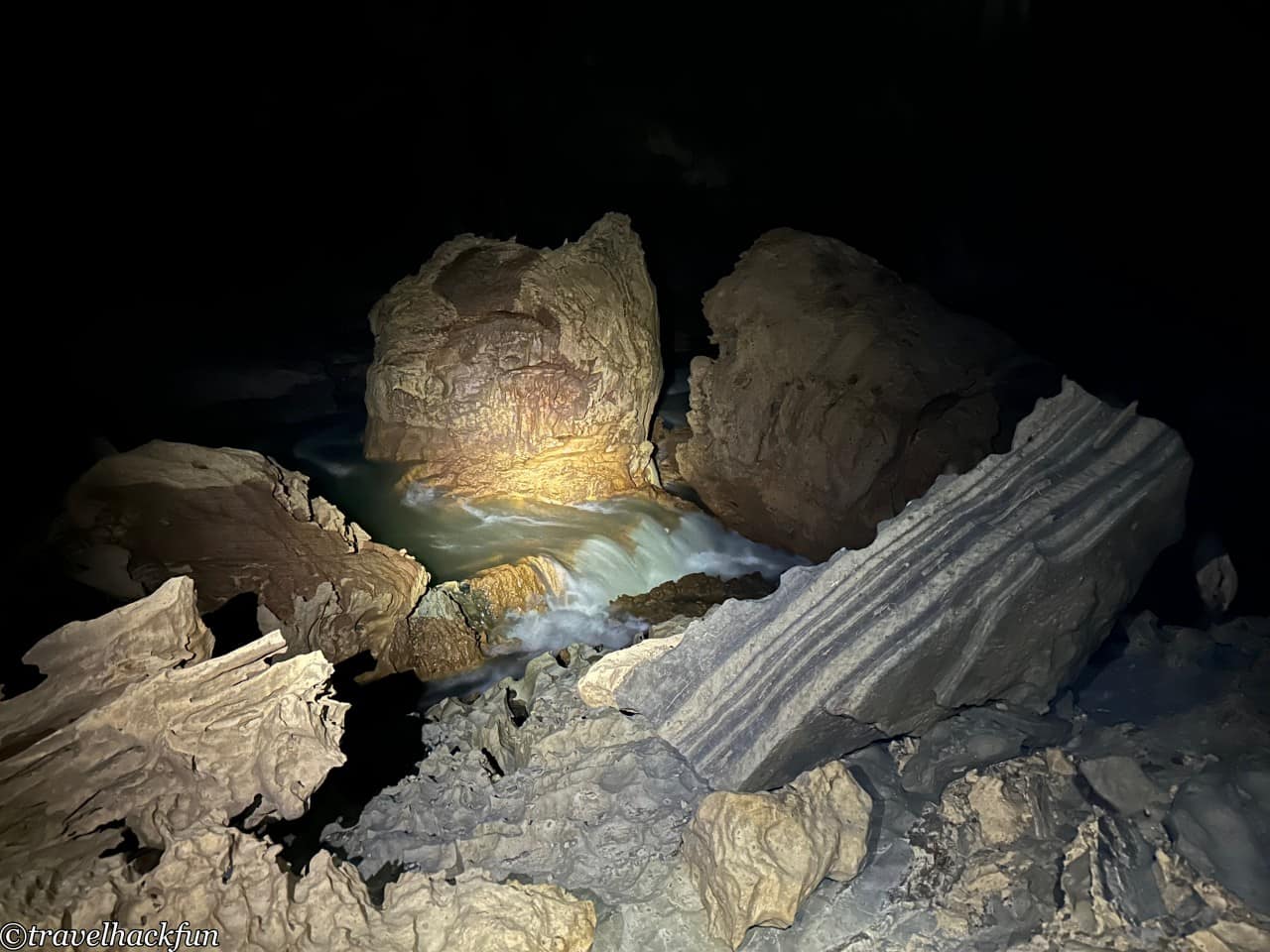
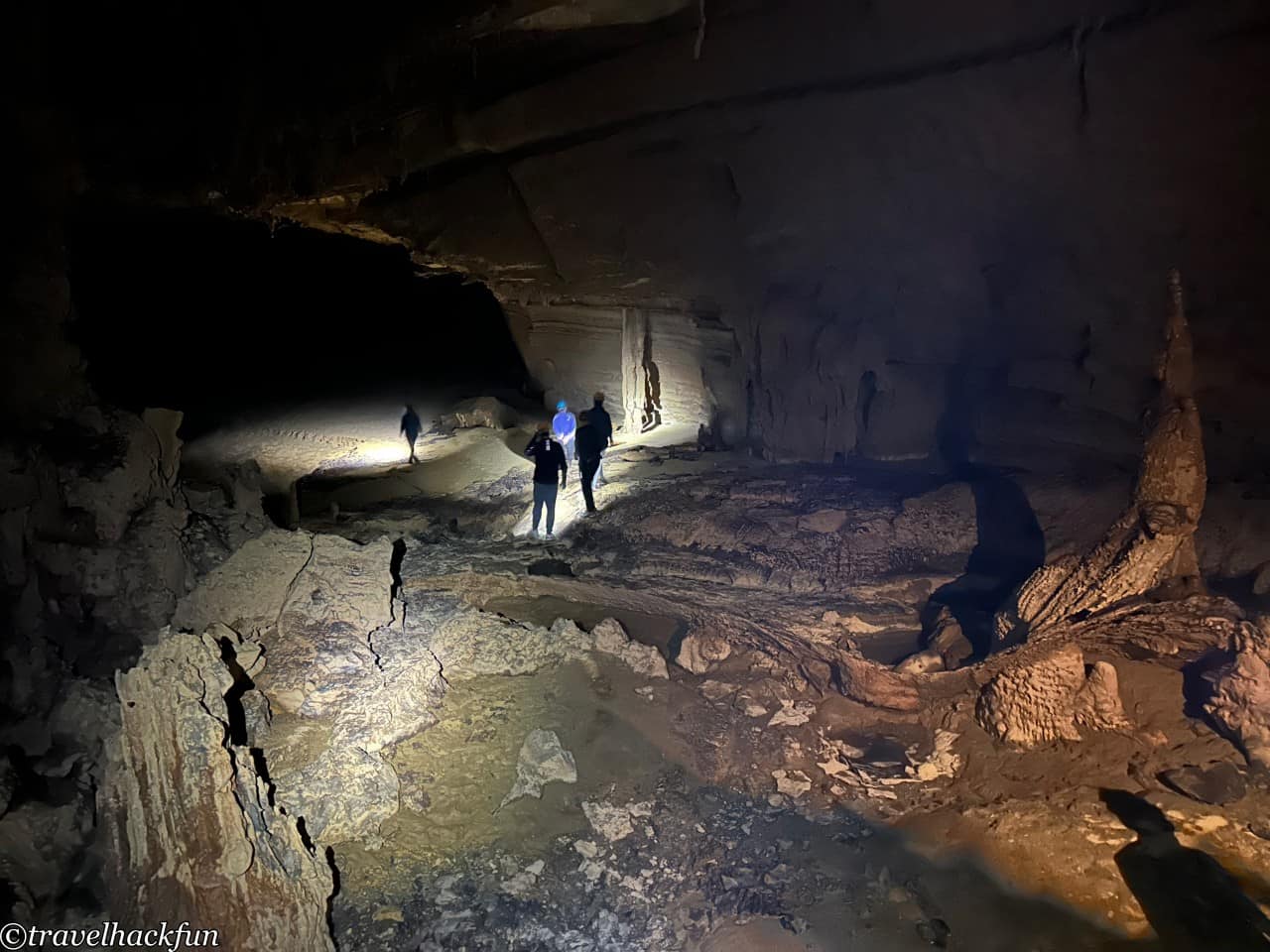
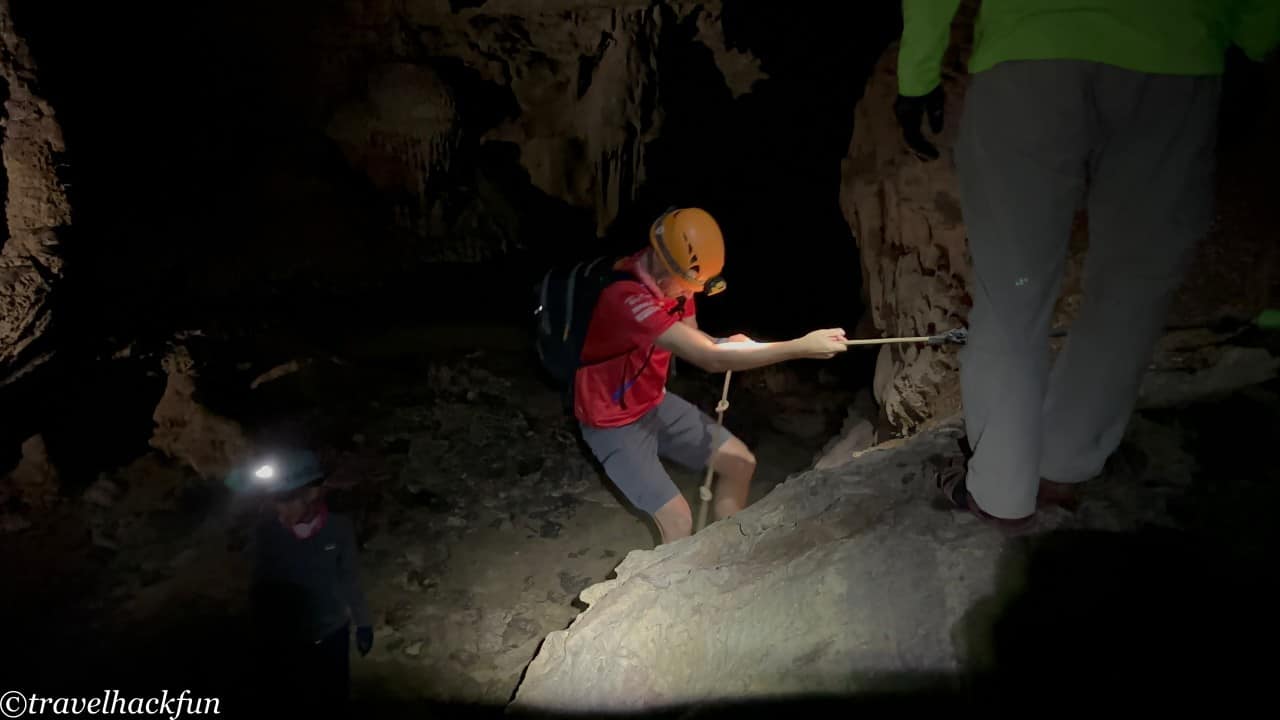
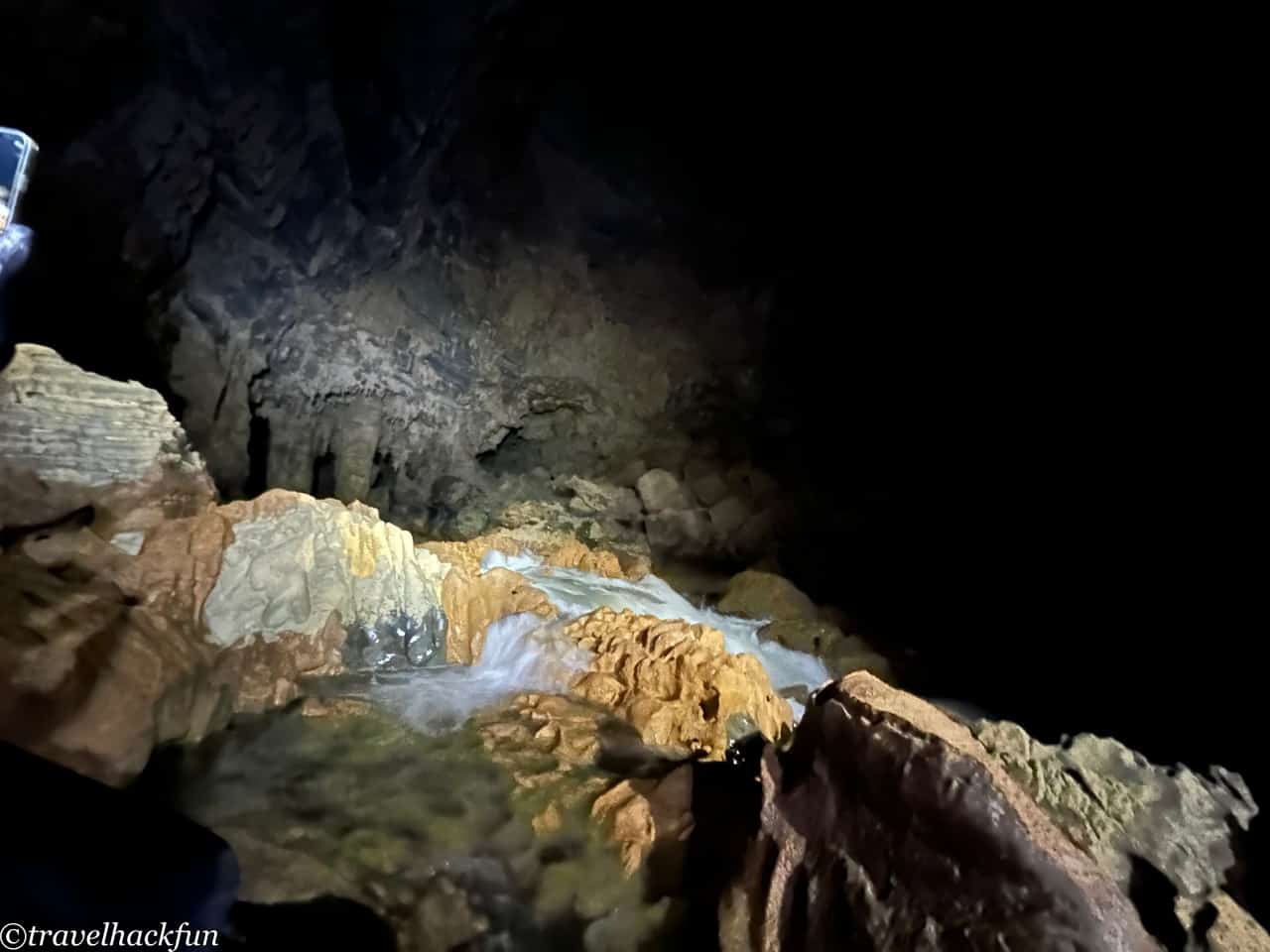
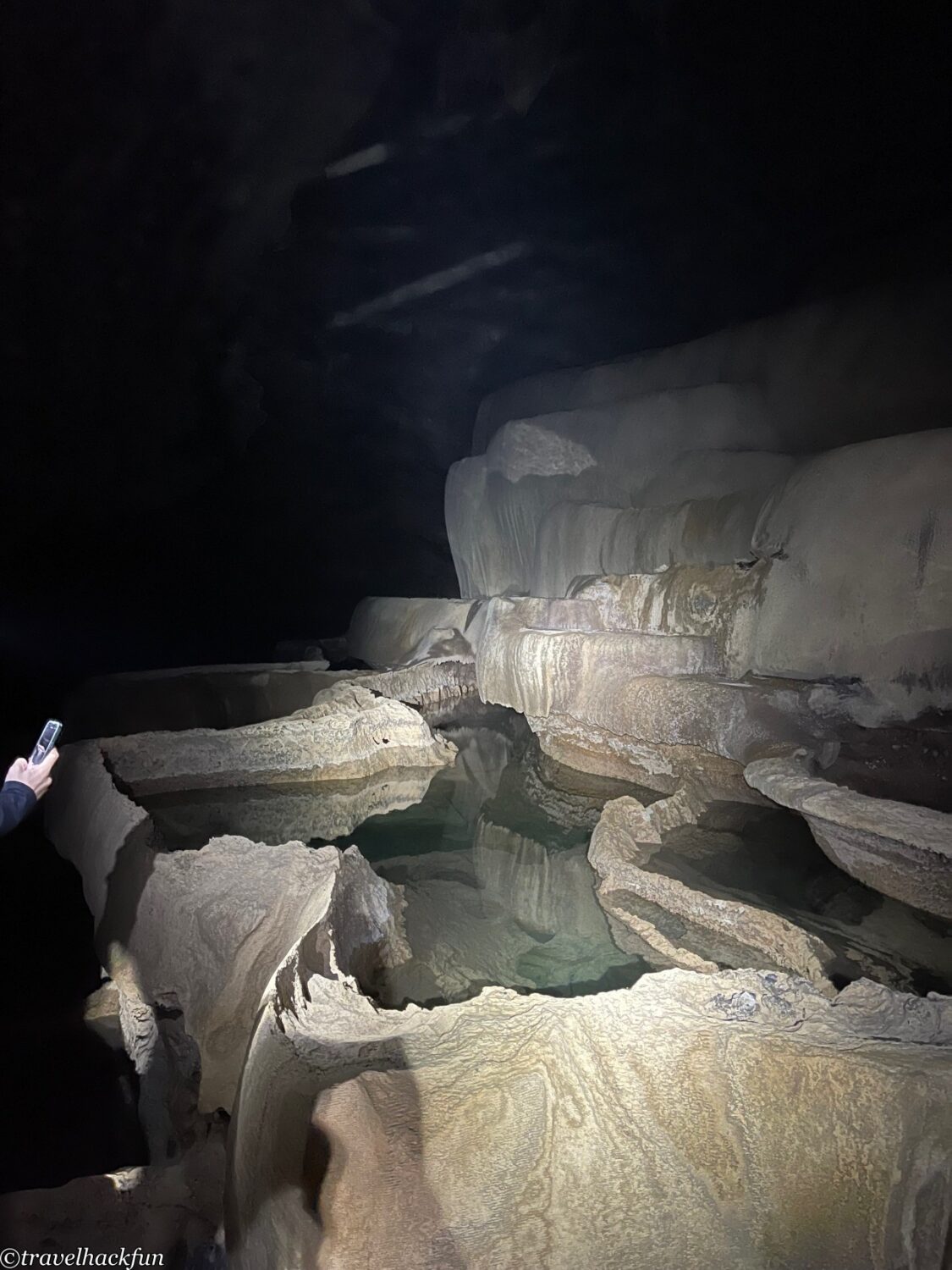
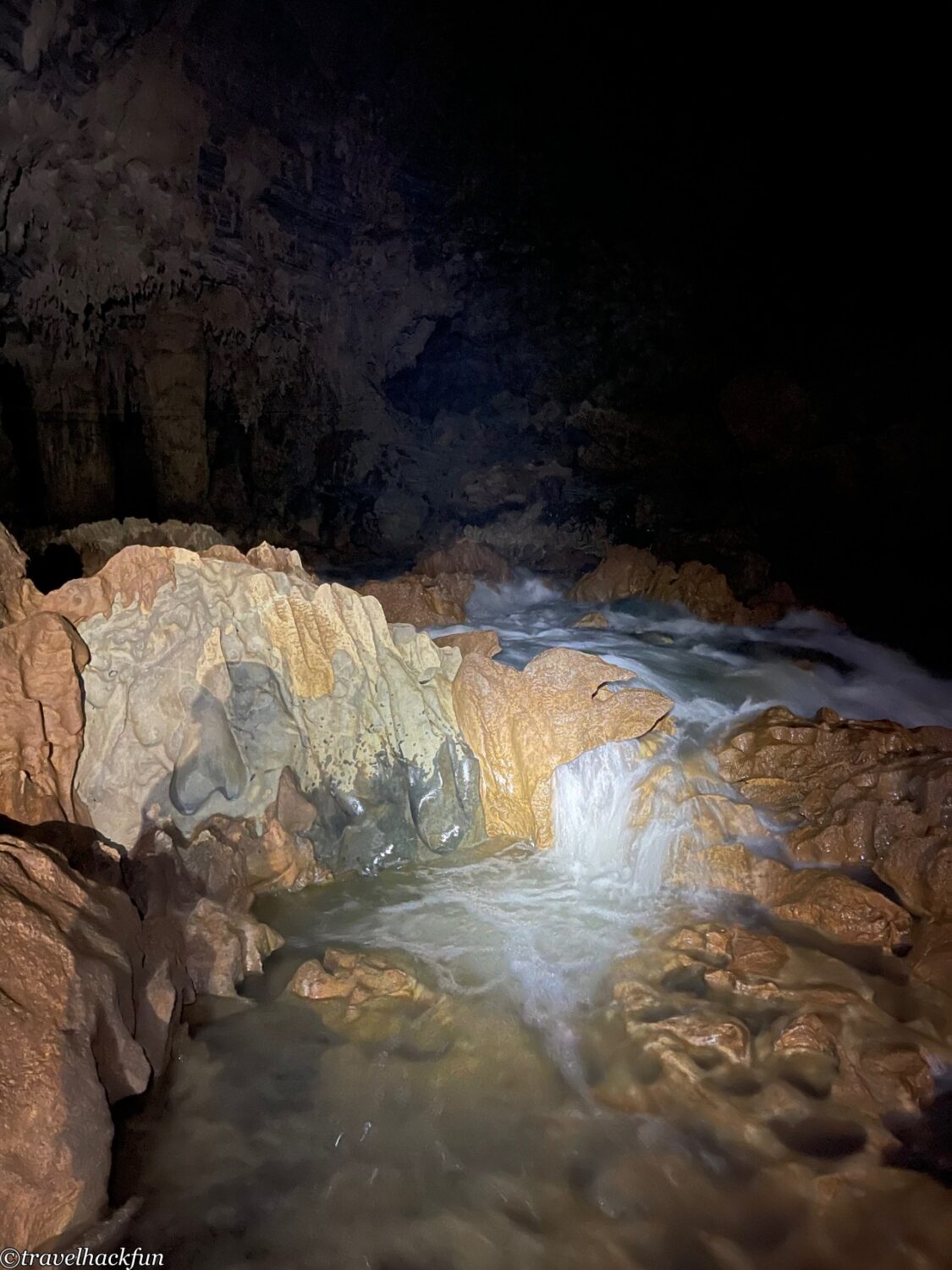
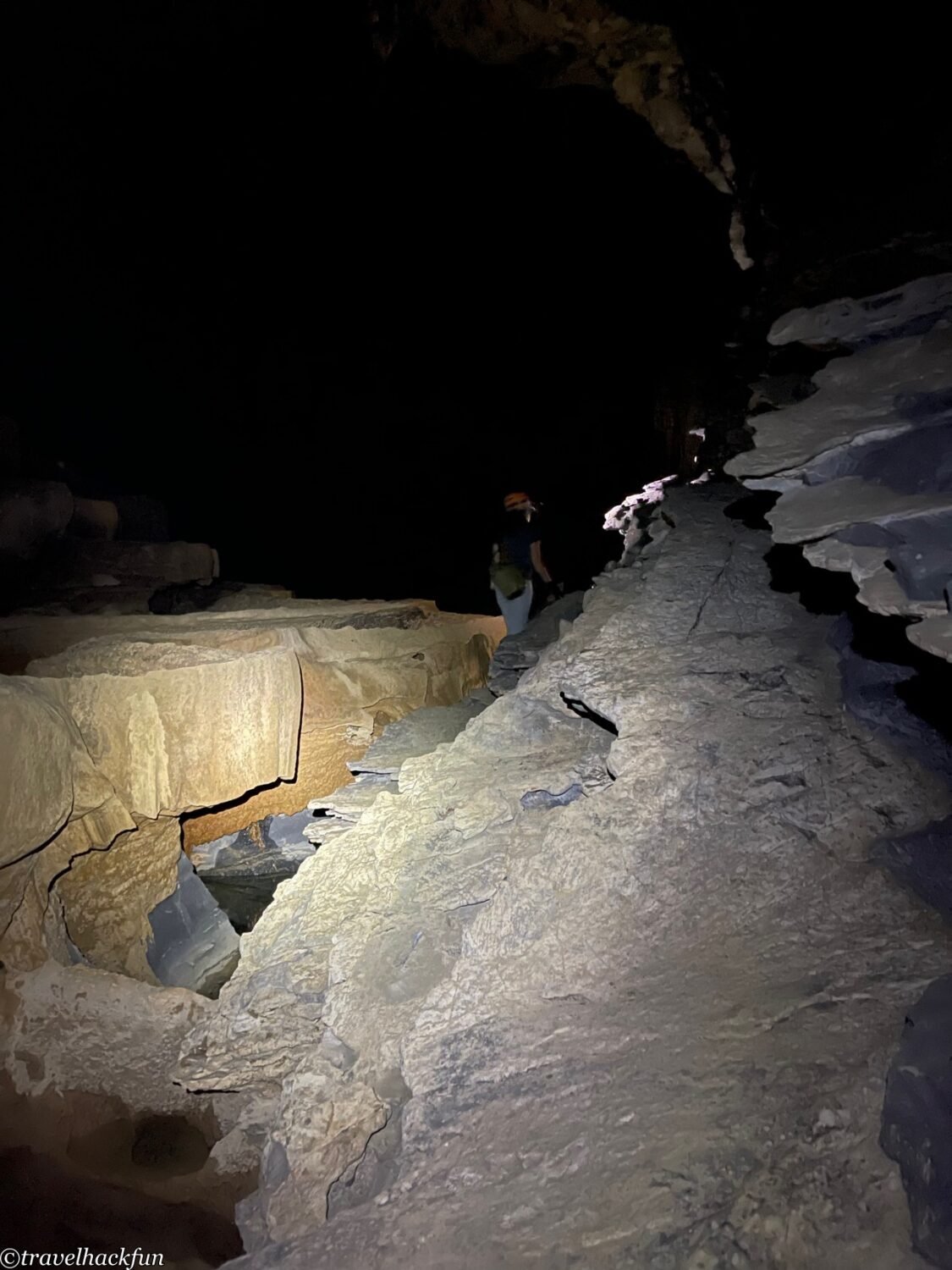
Our destination was the waterfall, and on the return trip, we descended. The struggle to climb upward was met with the need to grasp the safety rope for the descent, climbing back over the dragon's spine. After the hardship, we finally returned to the cave entrance the way we came. Seeing the sunlight once again felt truly different.
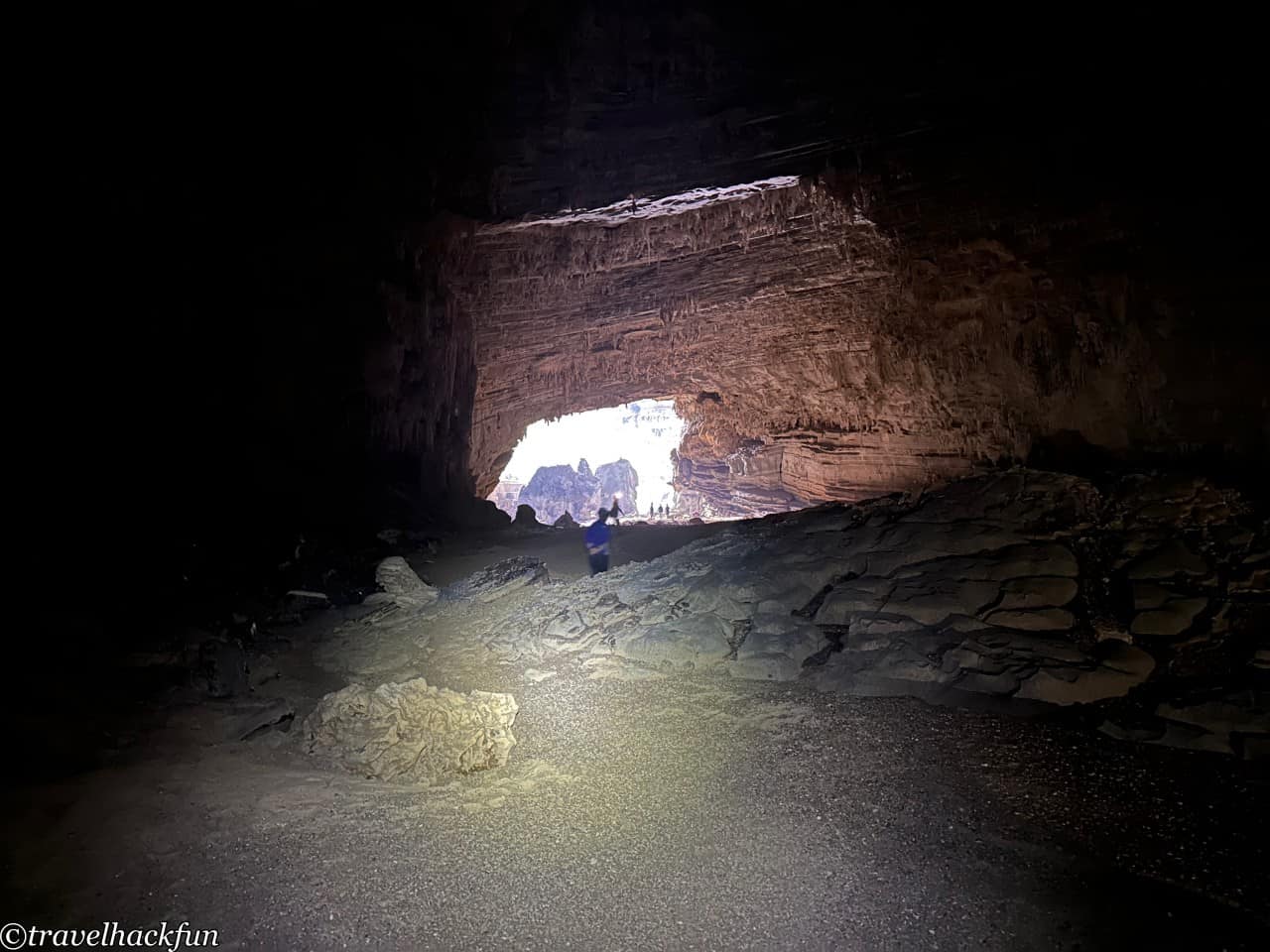
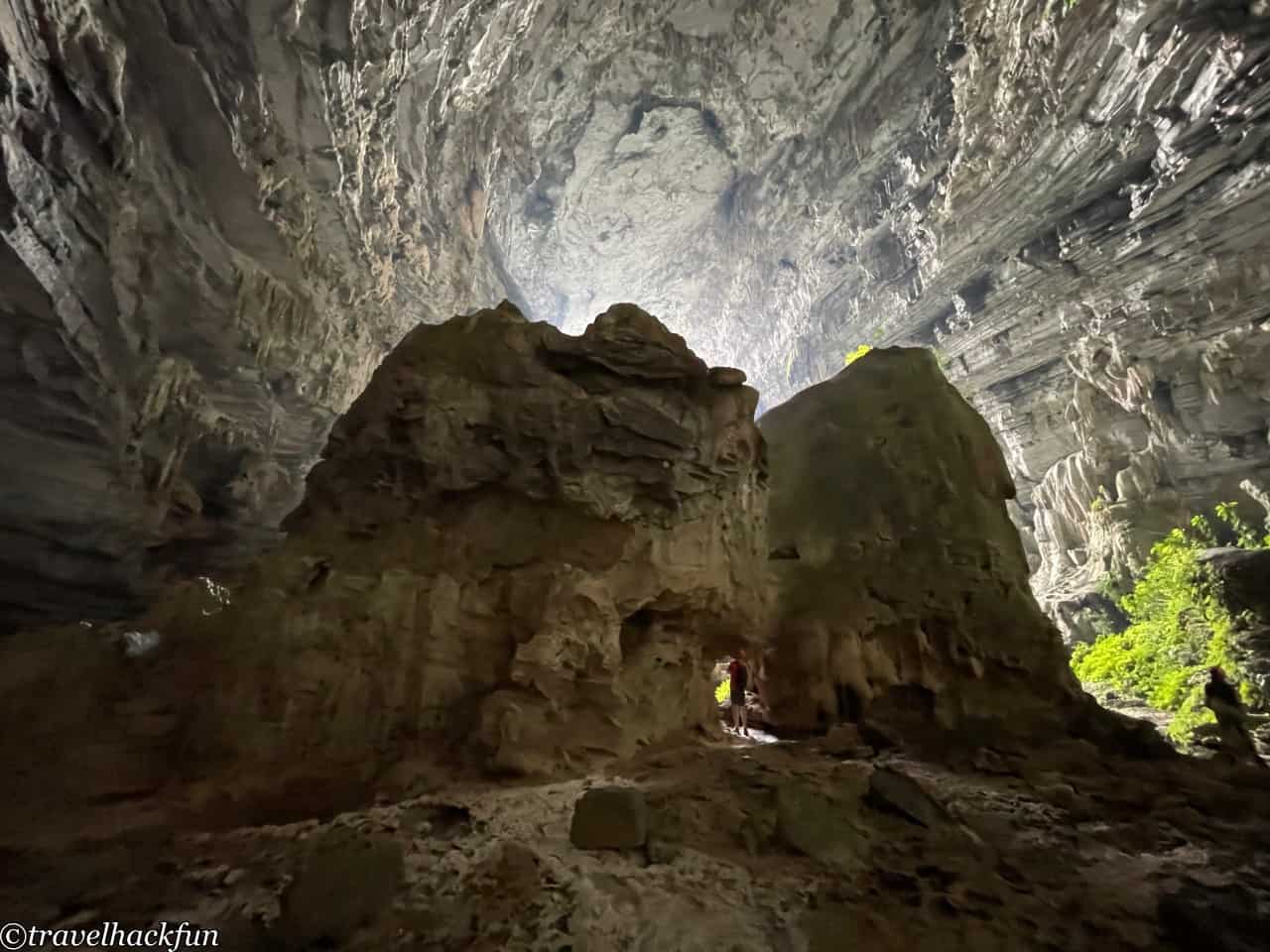
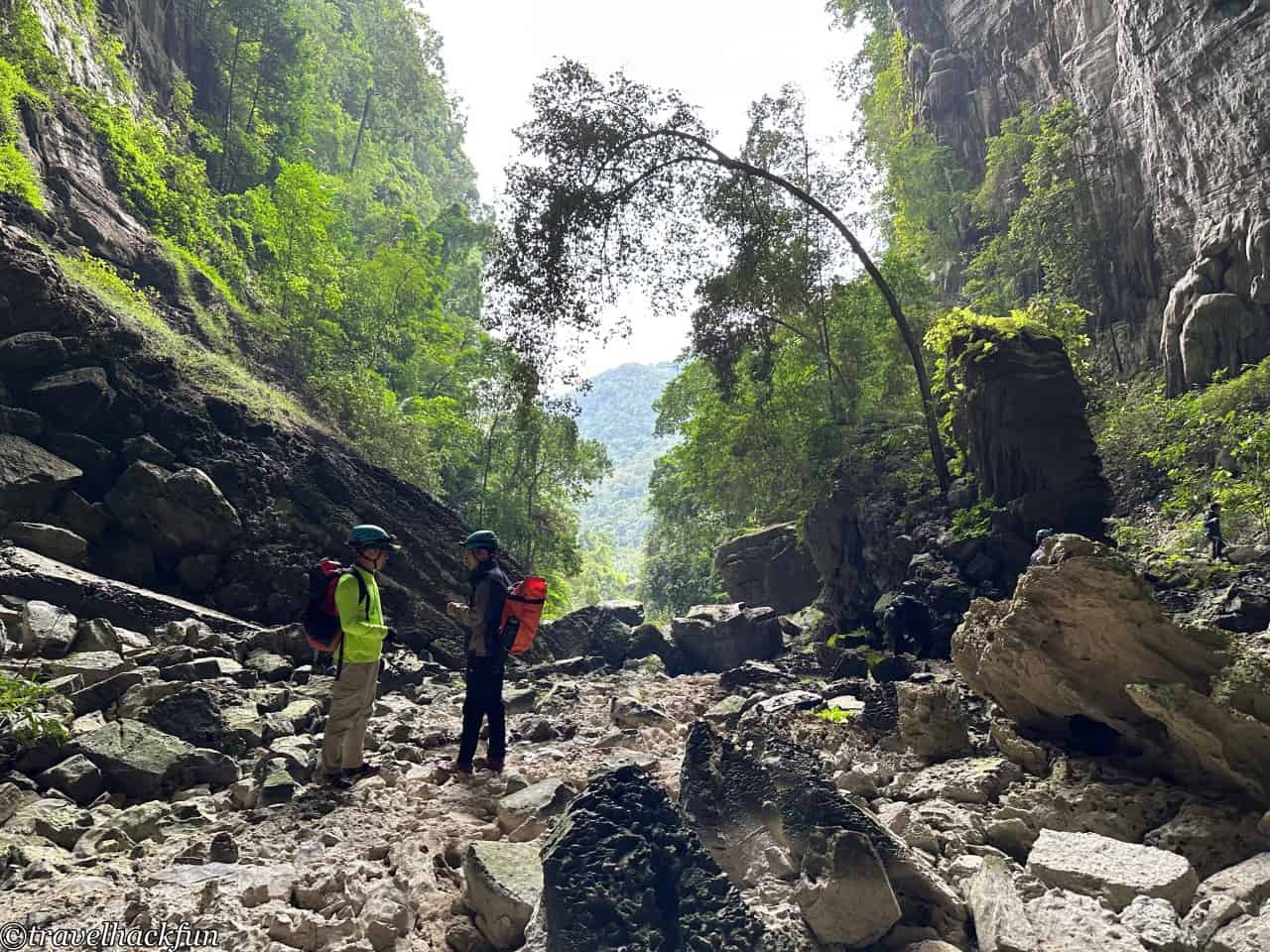

After visiting the cave, we continued our hike to the lunch spot, which is a camping area set up by Oxalis. While the guide was preparing lunch, we took the opportunity to look around and chat with fellow travelers. If participating in a multi-day tour, some groups would rest here. Although the facilities here might look basic at first glance, they are actually very well-equipped. In addition to sleeping tents, there is also a sauna tent nearby, with a steam tube to let steam into the tent, allowing everyone to relax and rest at night.
The lunch menu was similar to last time, but there was an addition of French bread. Those who didn't want to eat rice paper could make their own Bahn Mi to enjoy.
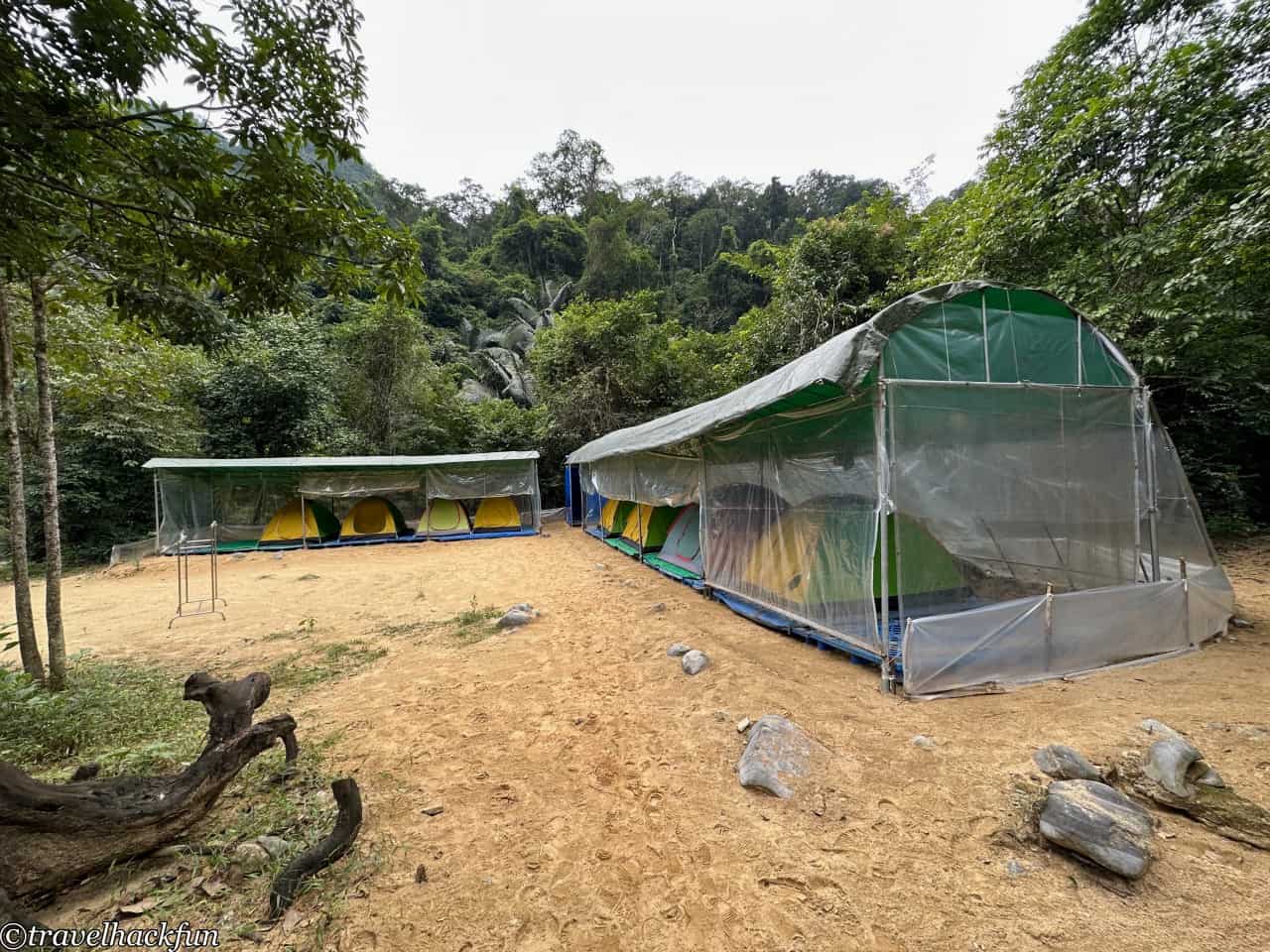
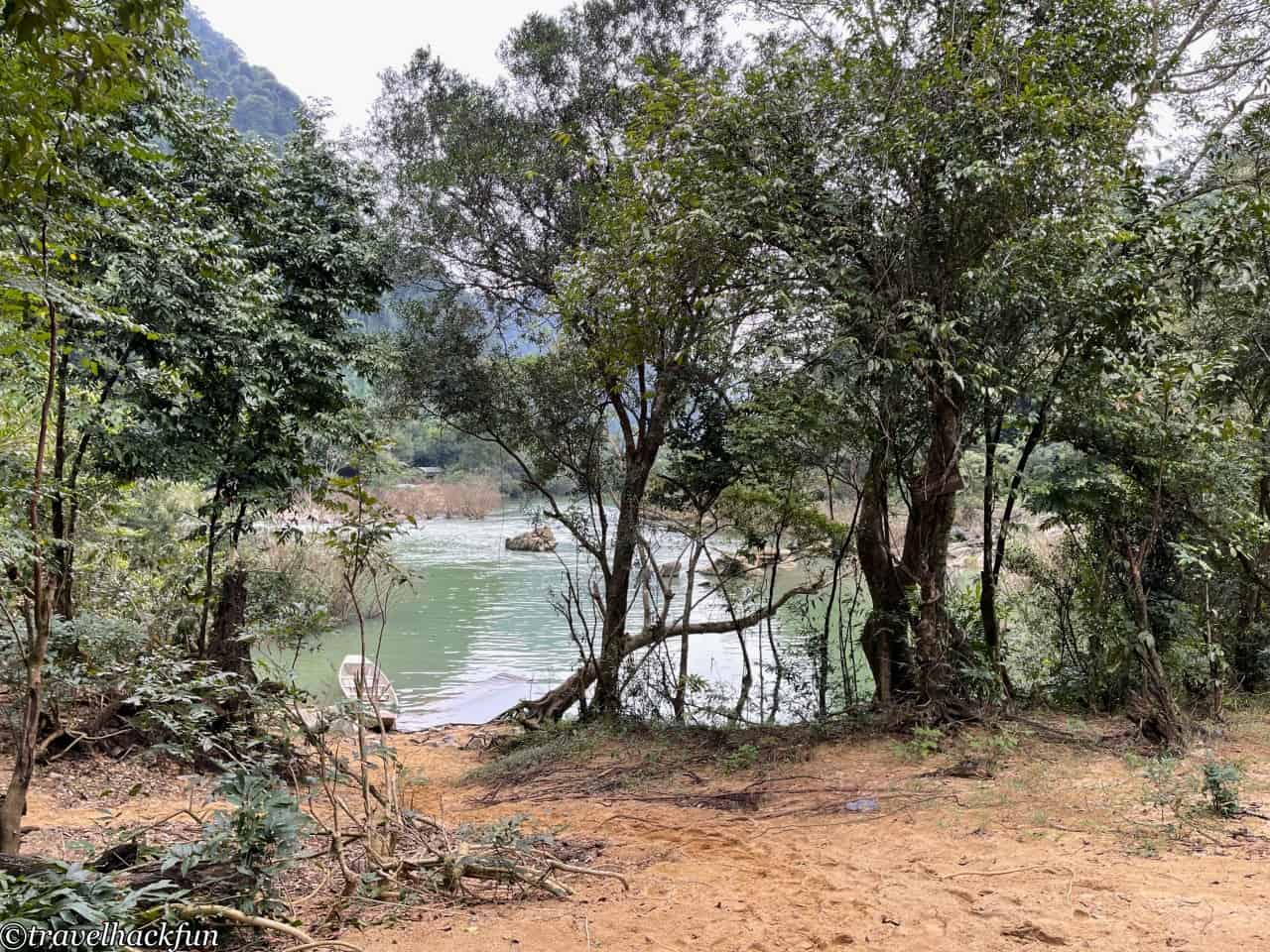
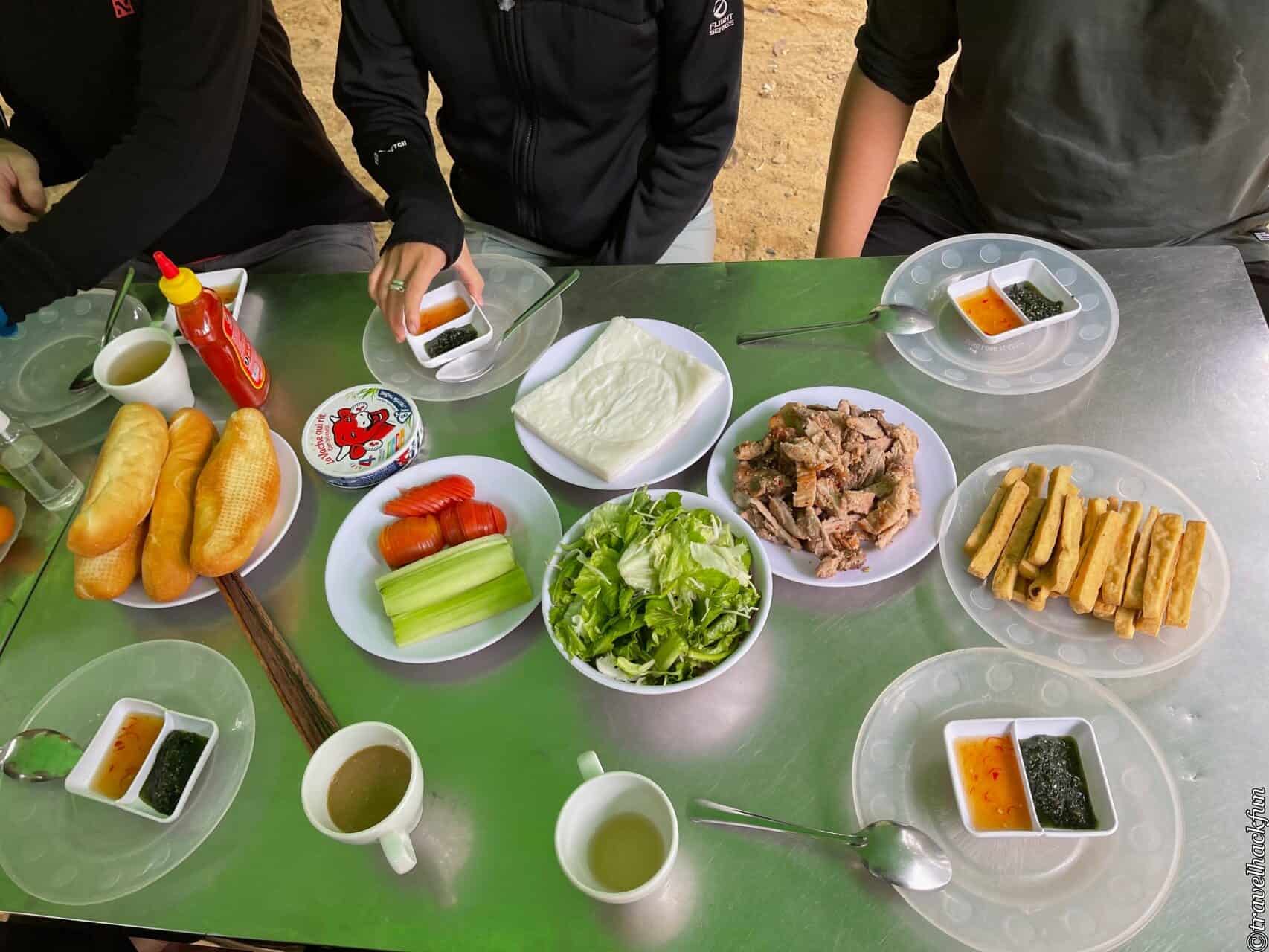
After lunch, the tour guide led us along the lake to the other end. Actually, swimming activities are arranged here in the summer, but it requires courage to get into the water in winter, and it seems like our whole group is made up of people who are afraid of the cold. However, in the group on the opposite side, there were some brave members who went into the water for a swim.
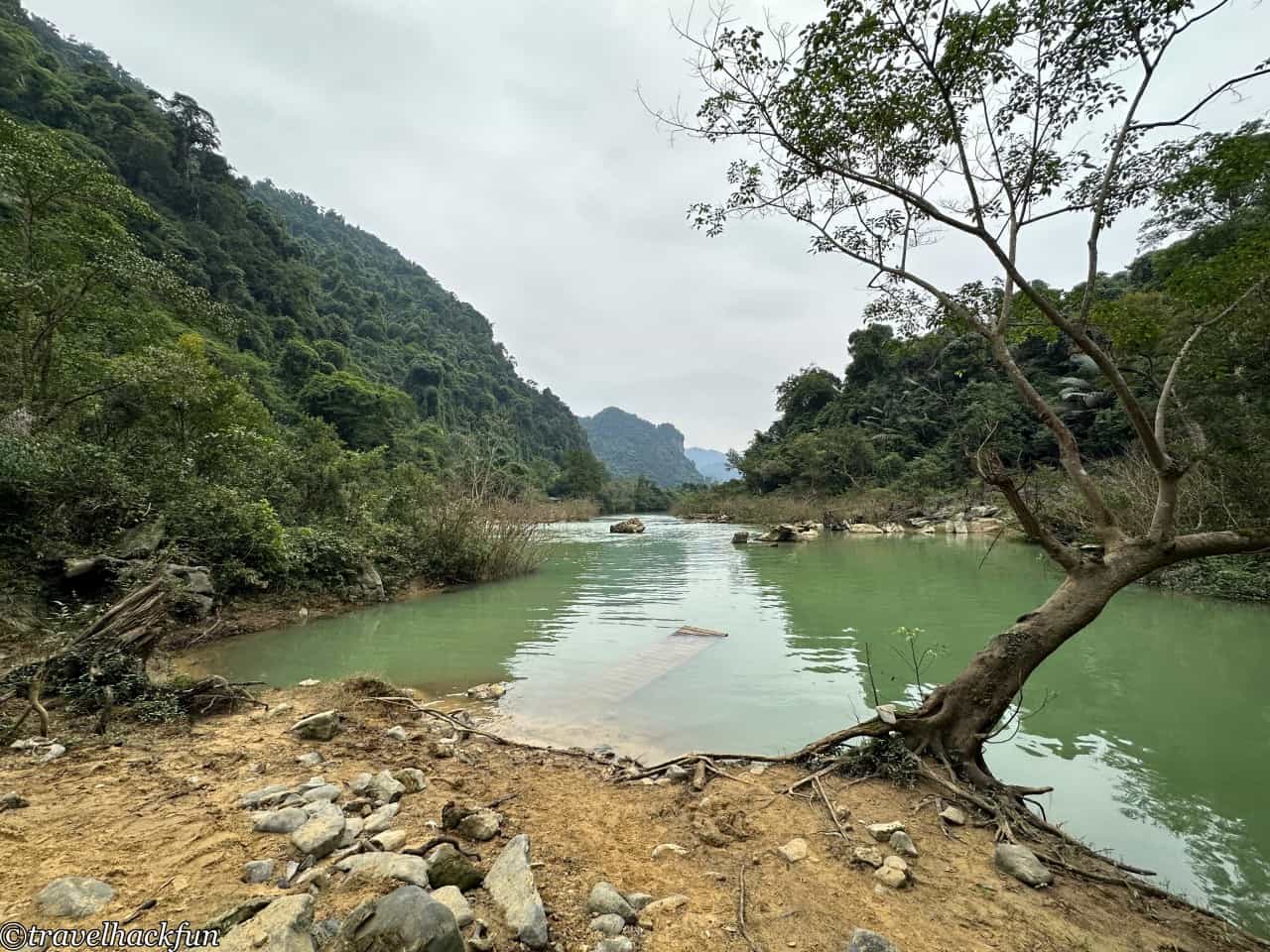
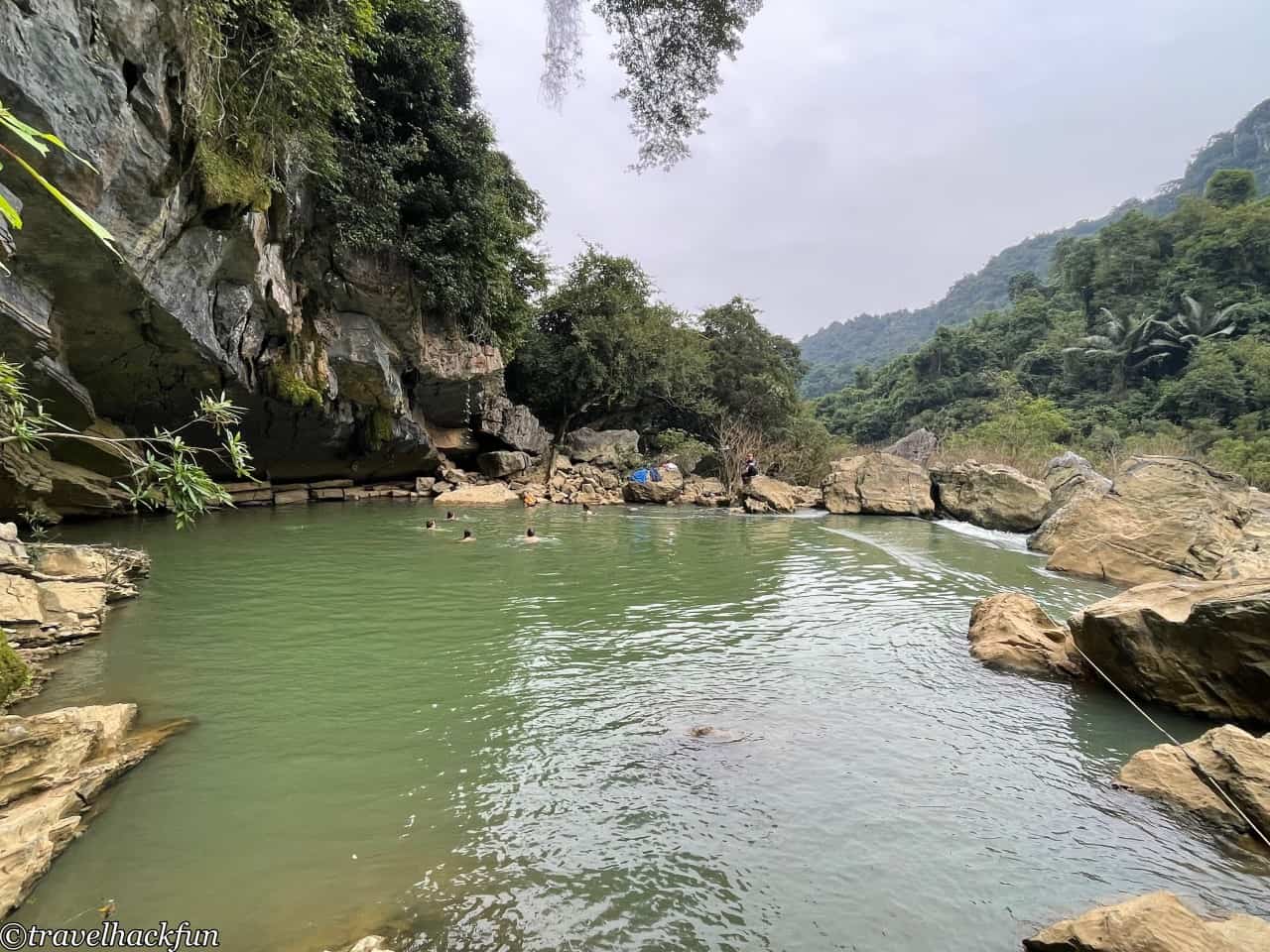
After the trip, a further hike down the mountain was taken to return to the trailhead, where the car was already waiting outside to take everyone back.
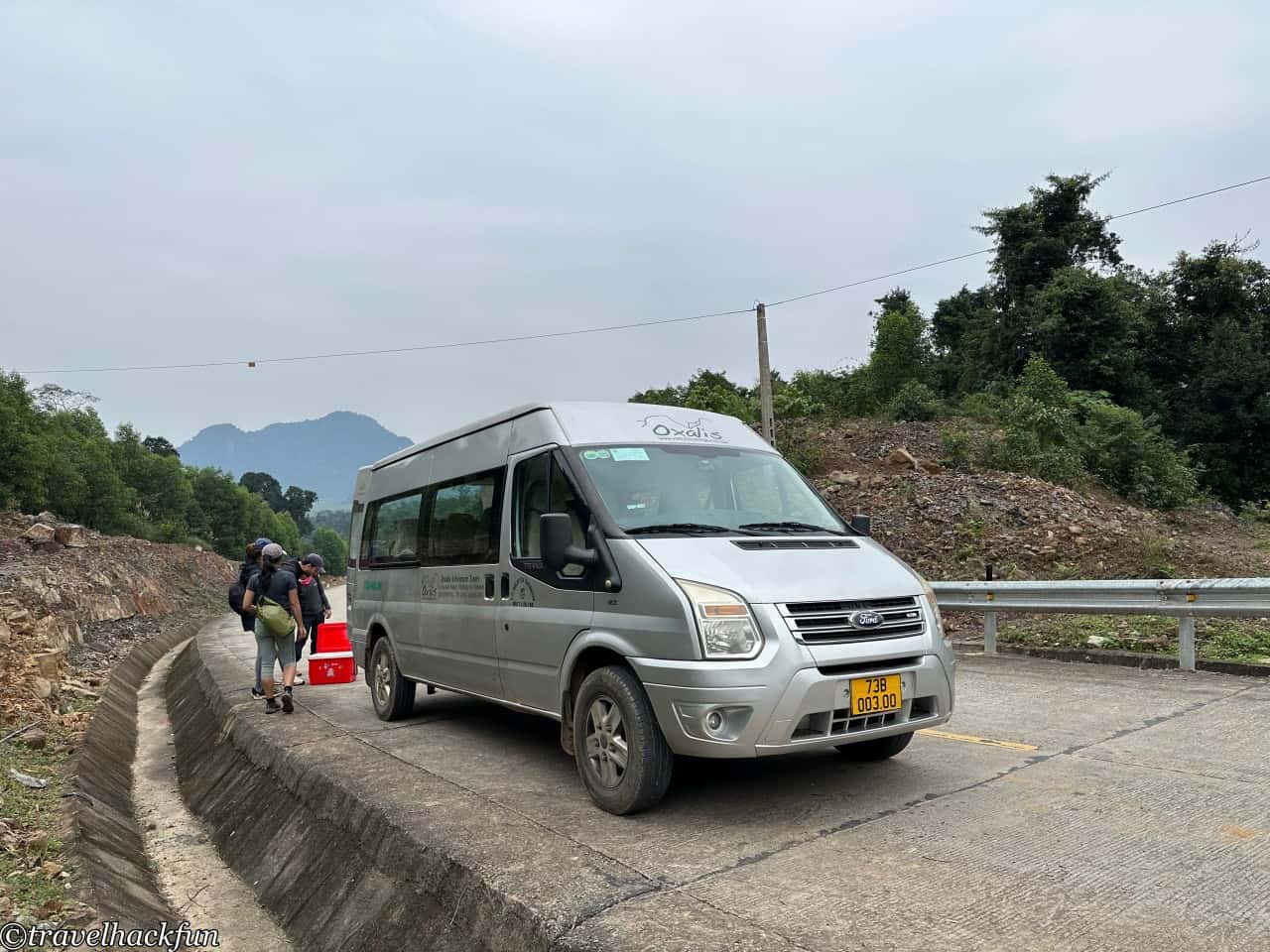
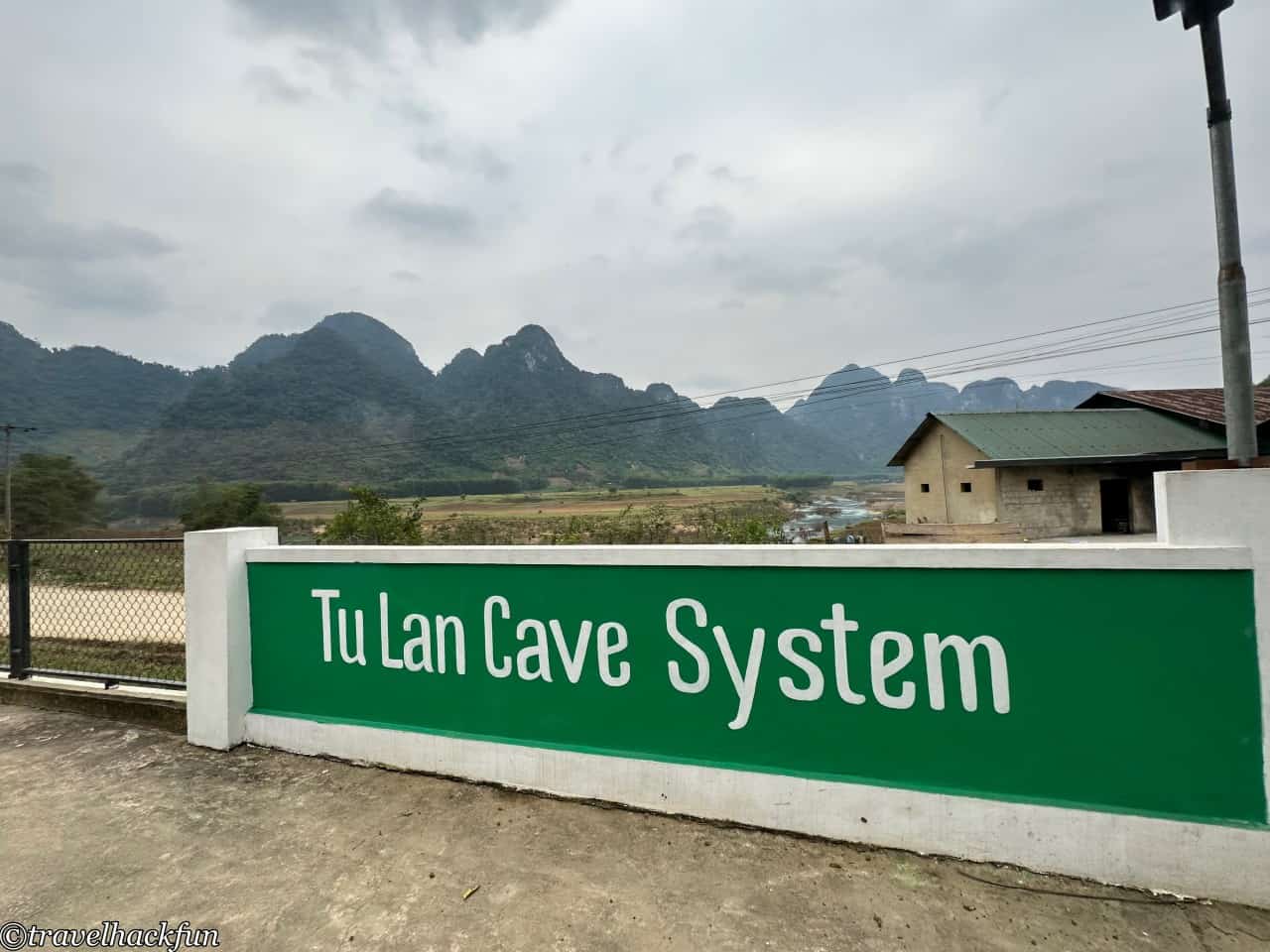
Further reading
- More VietnamRelated Posts
Thank you for visiting our website.
All the content on this site is original and shared with the purpose of providing valuable information. We sustain the operation of this site through a small amount of advertising and sponsored links. If you click on links to third-party merchants on our site and make purchases, we may receive a portion of the sales as a commission. If you click on links to third-party merchants on our site and make purchases, we may receive a portion of the sales as a commission.
Find more posts on a map Here.
My recommended resources for hotel bookings.
Recommended travel credit card for US-based travelers
Travel with just a backpack!
Buy me a coffee and support my contents!
If you are interested in quoting this article or using any part of its content and images on your website or publication, please contact us via email to request permission.
